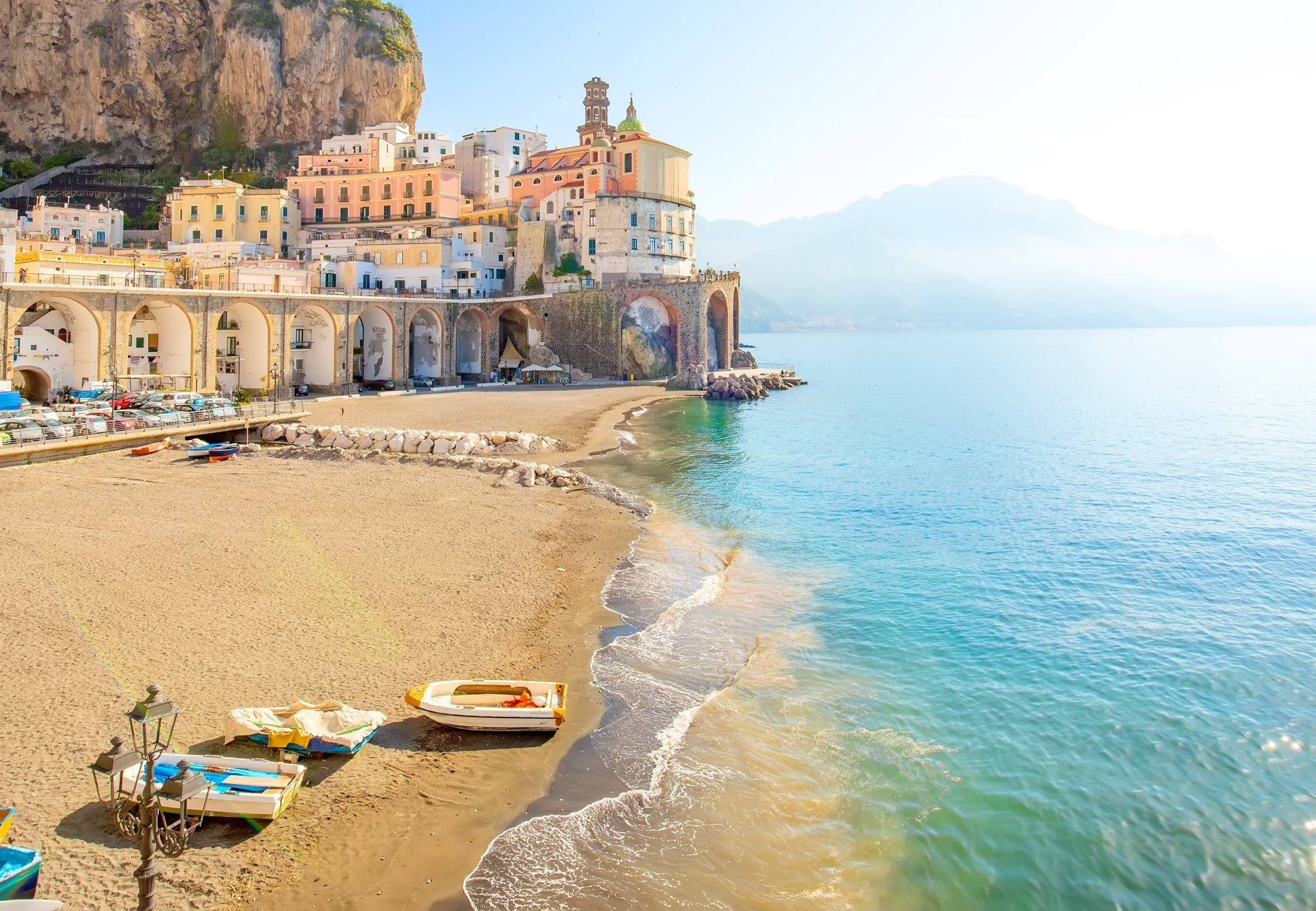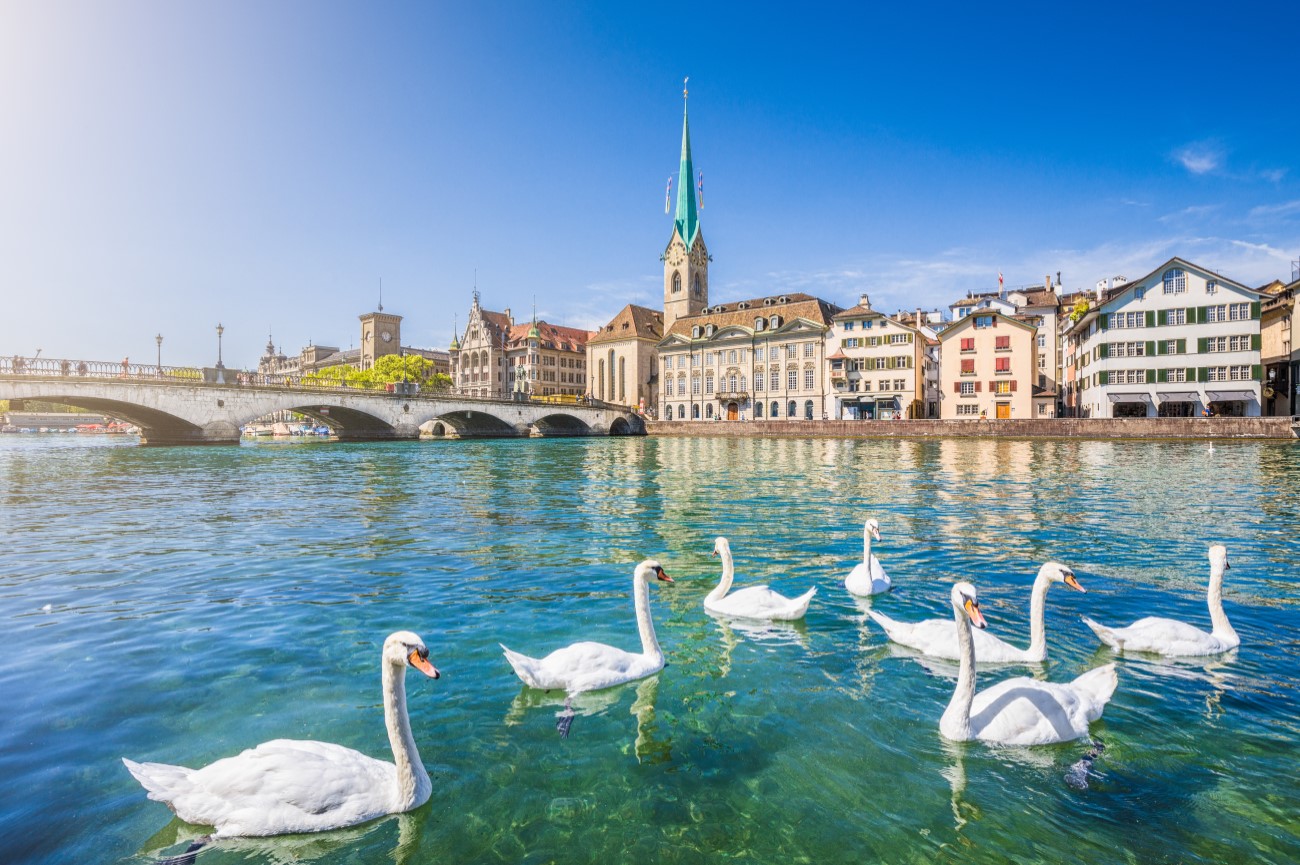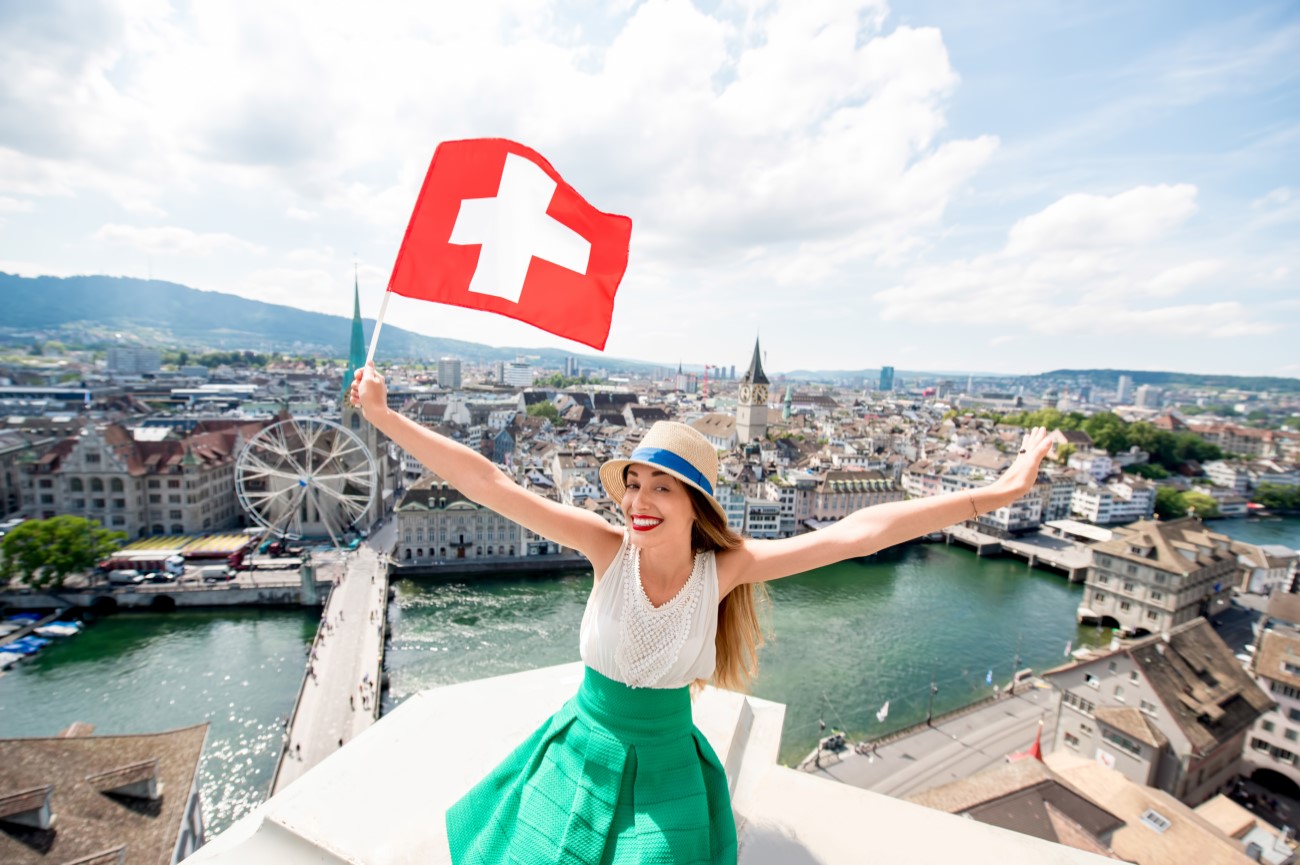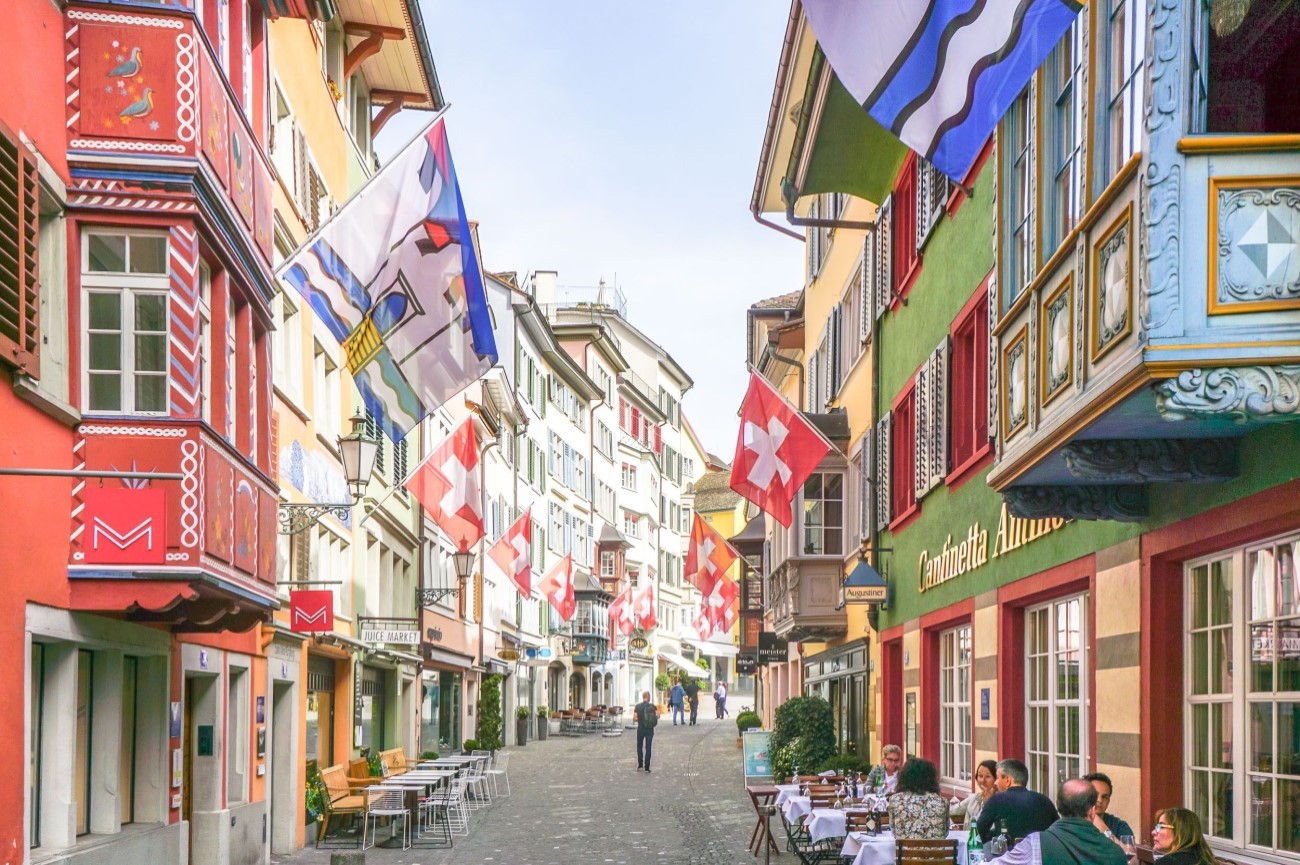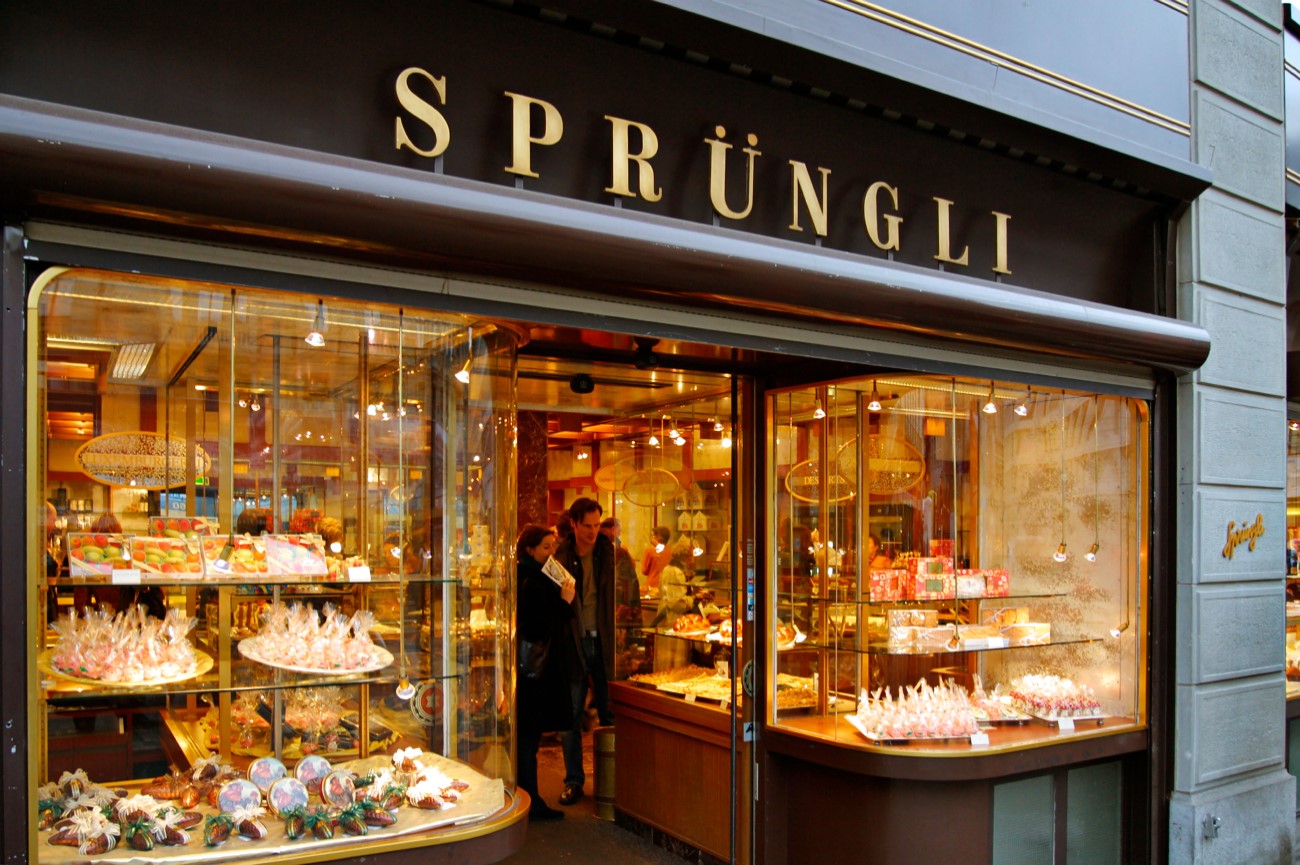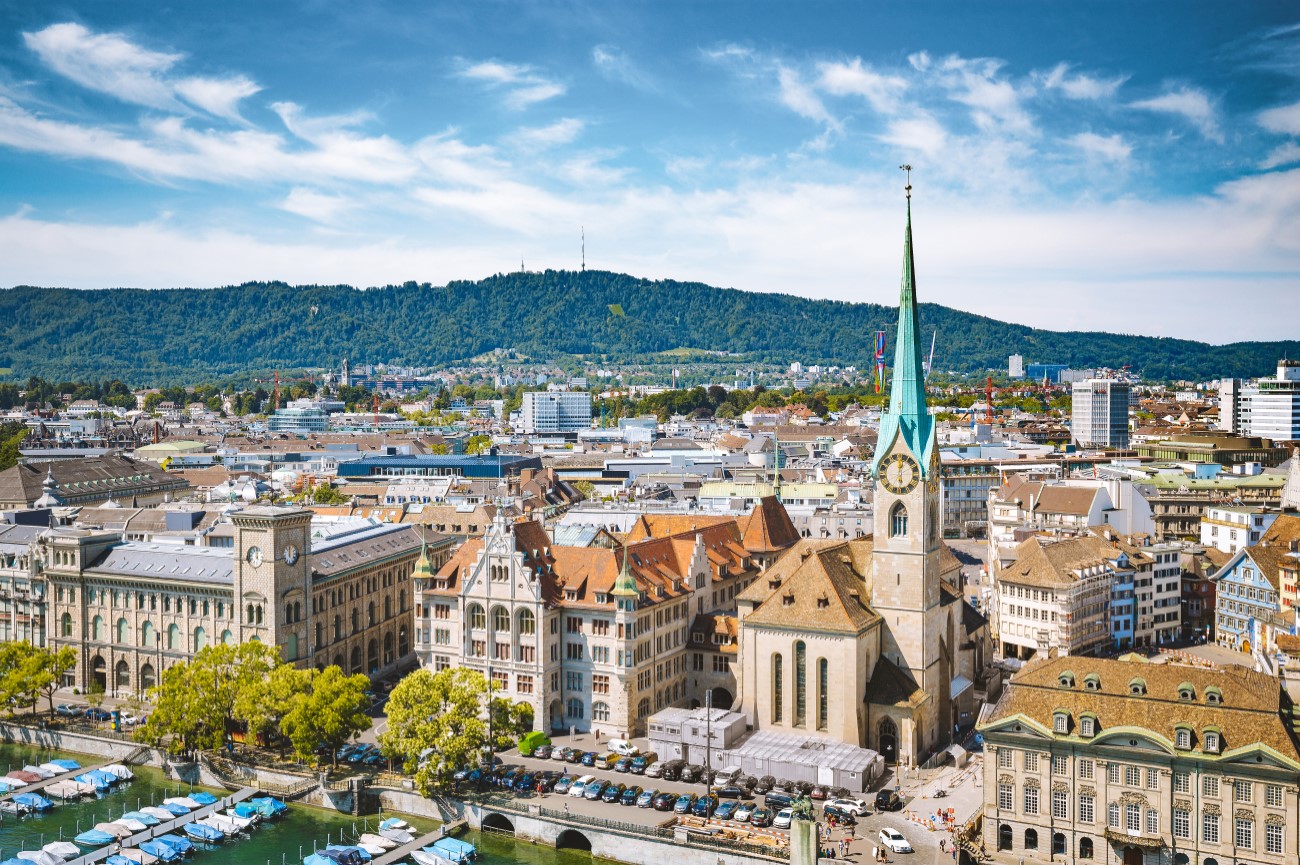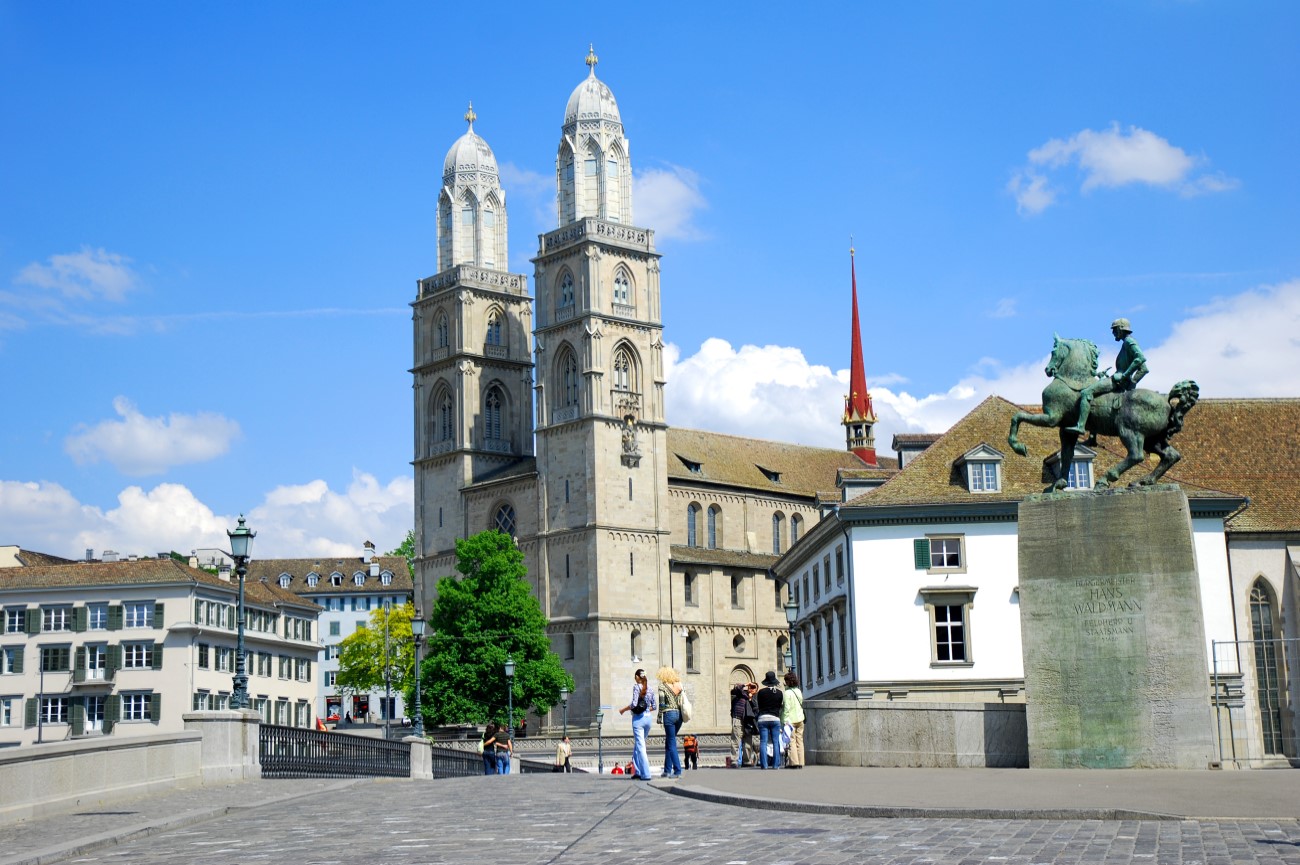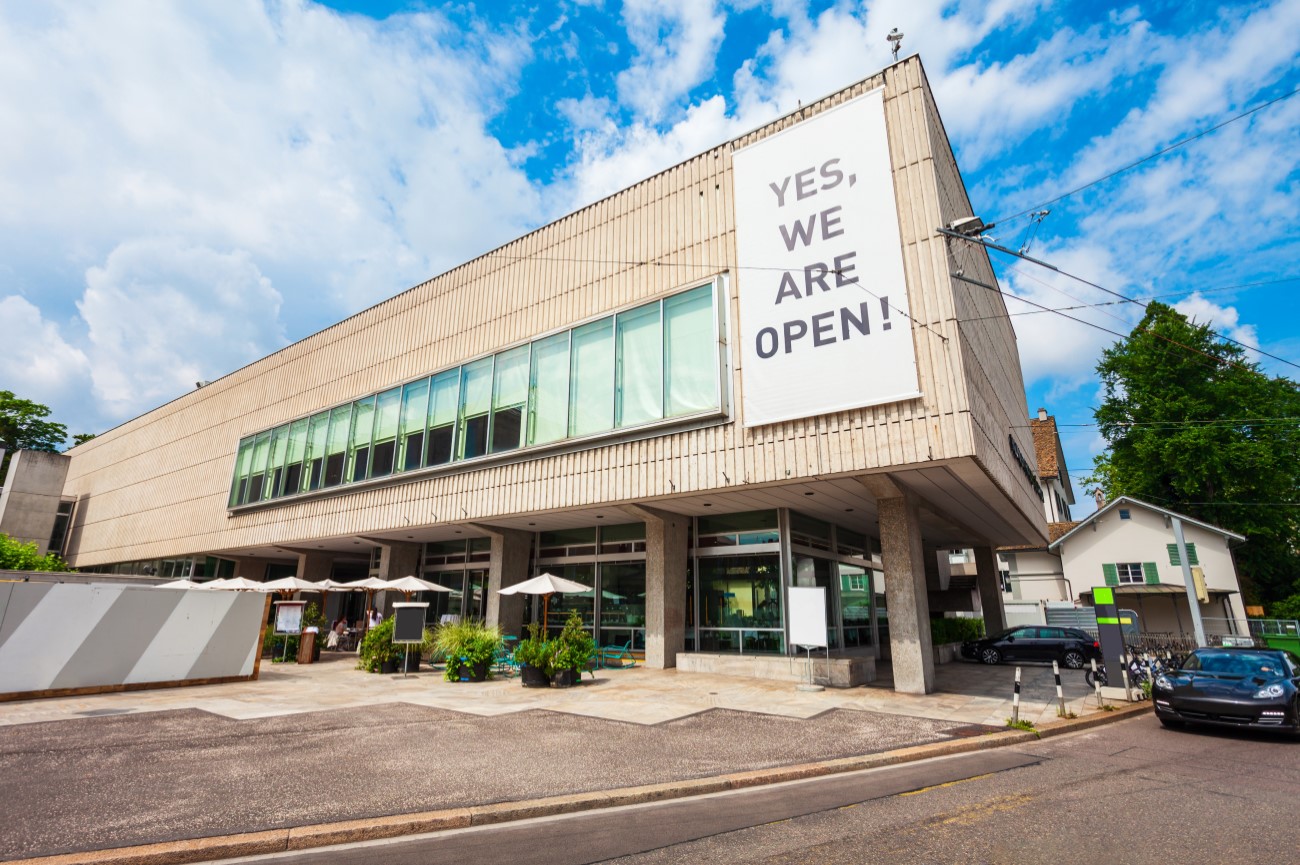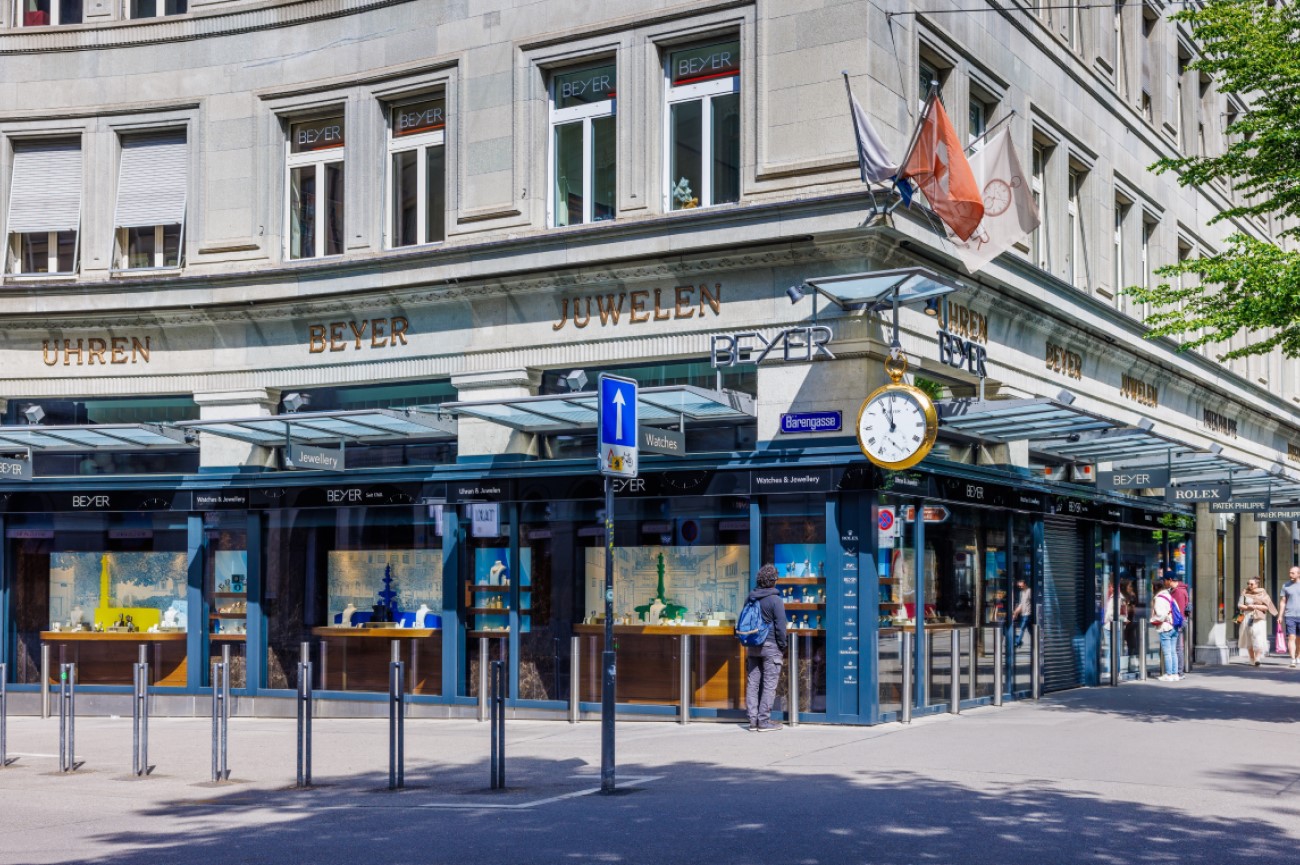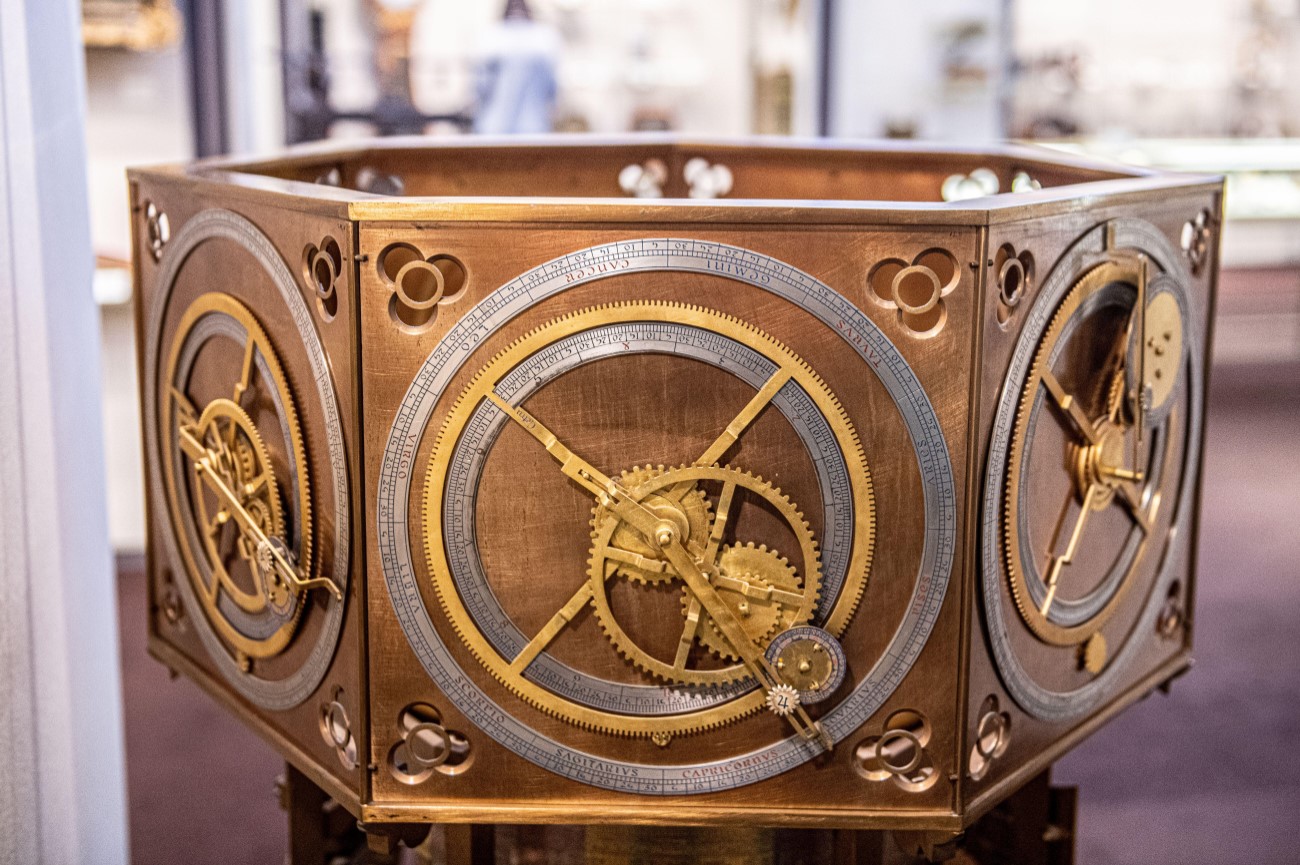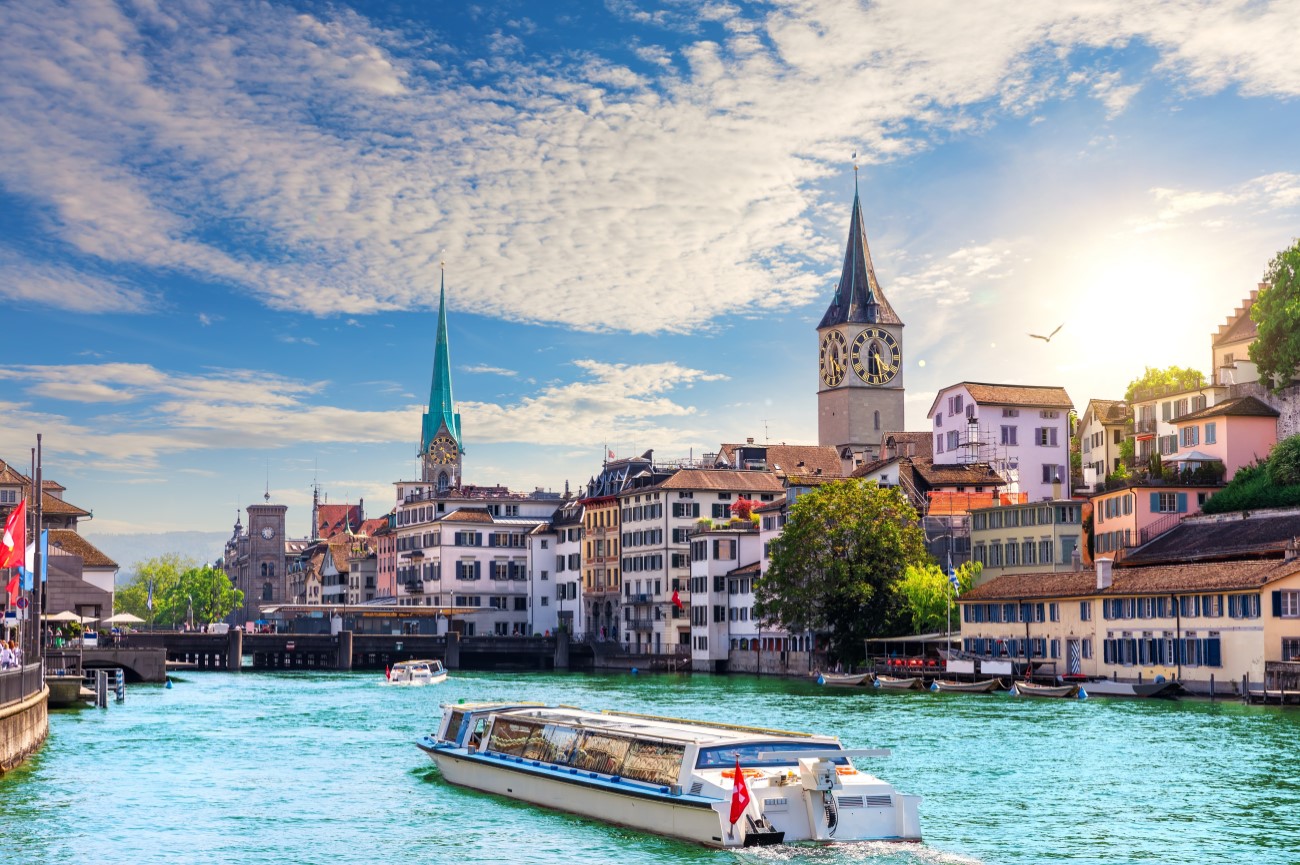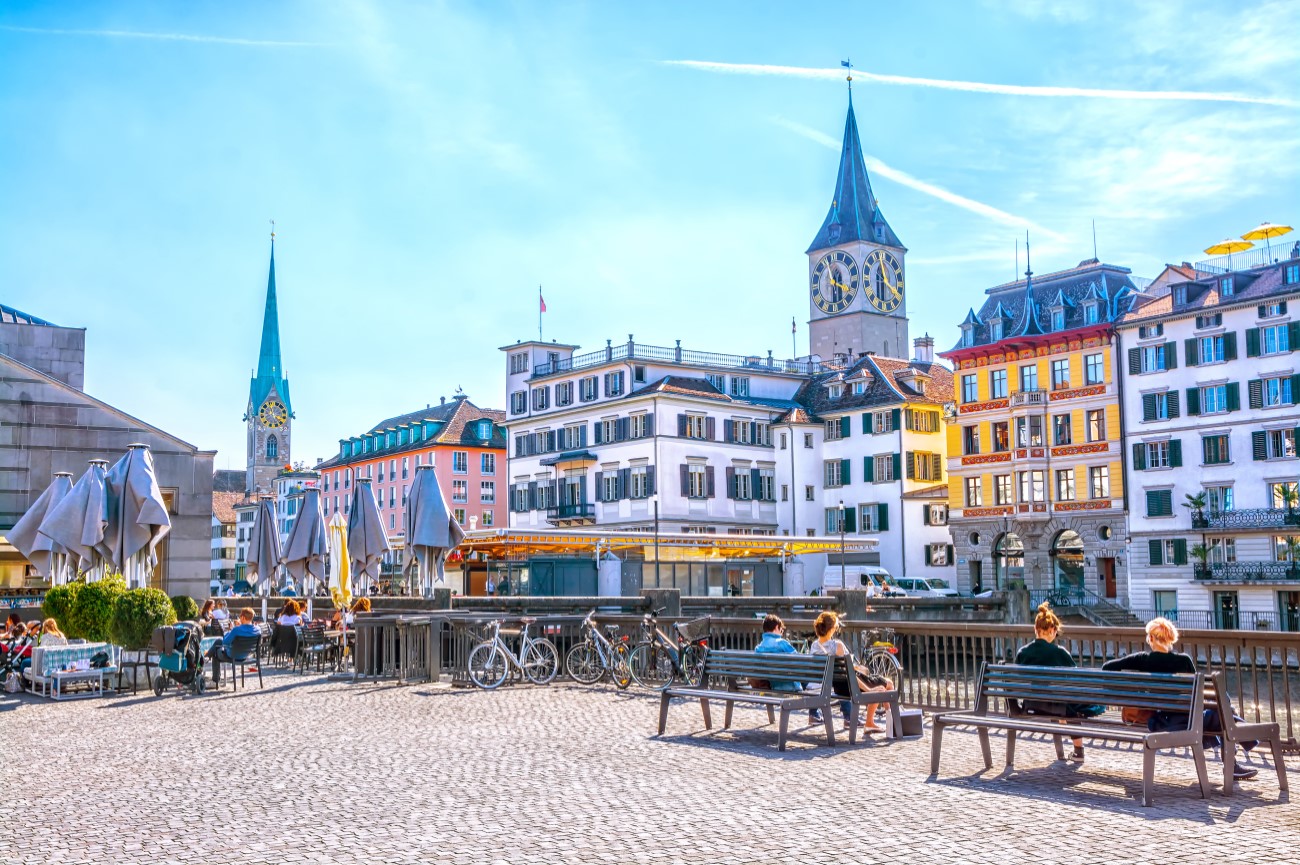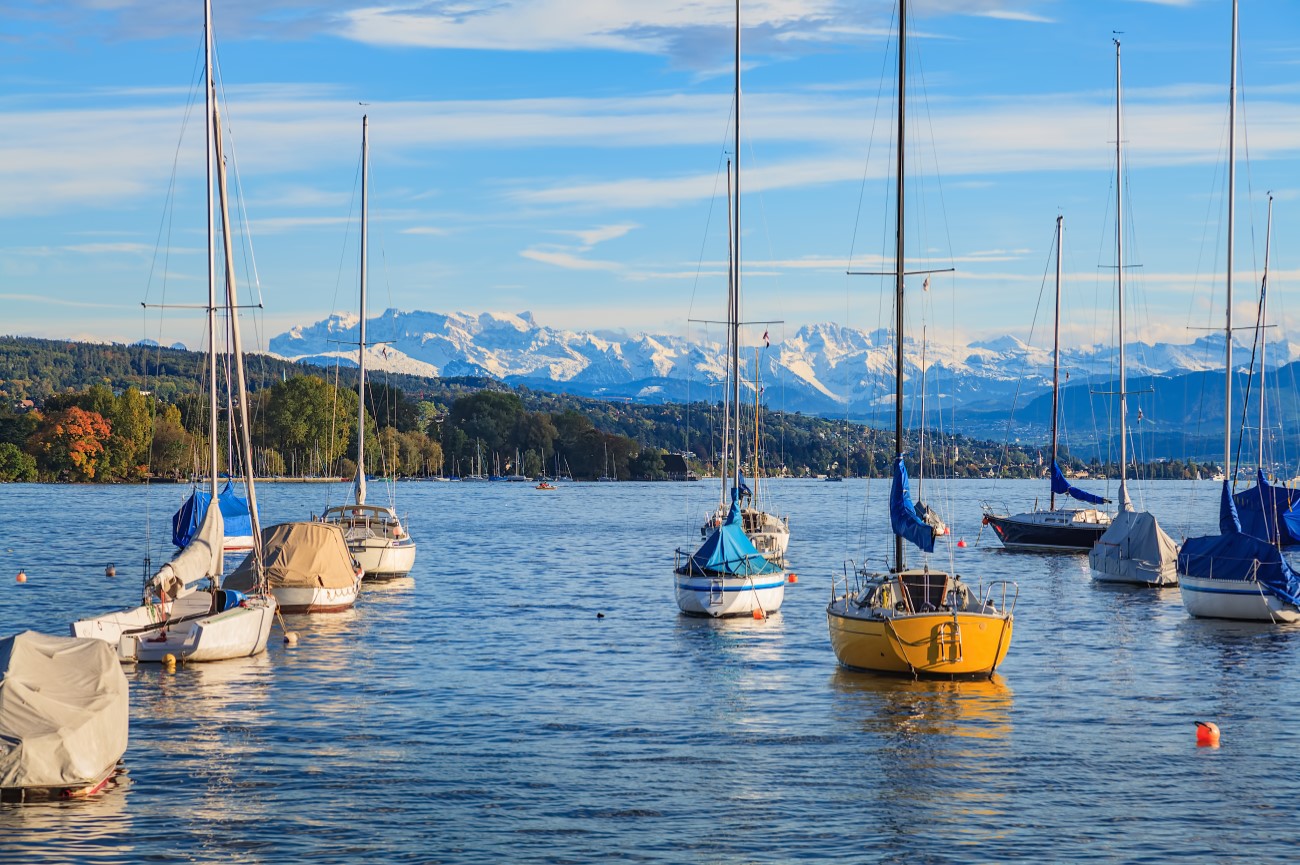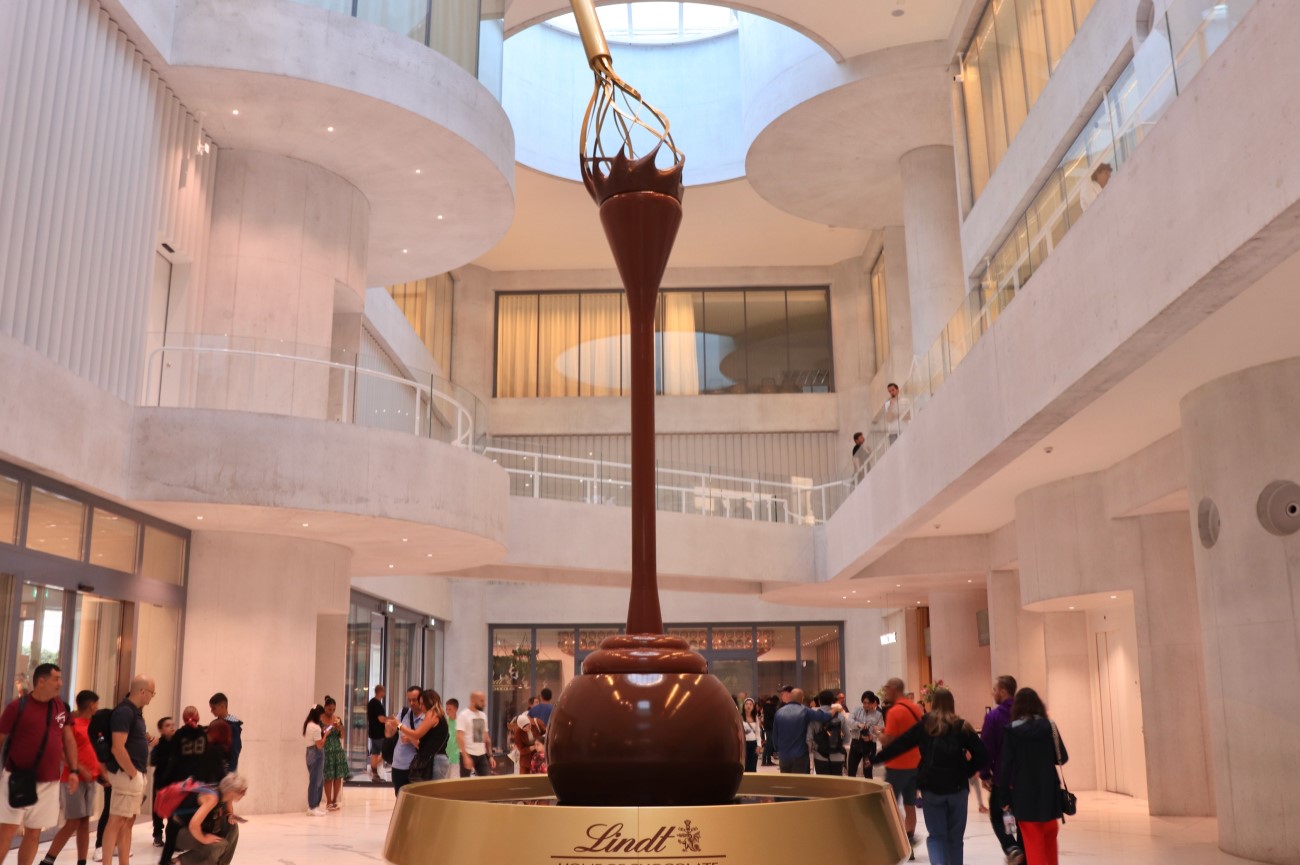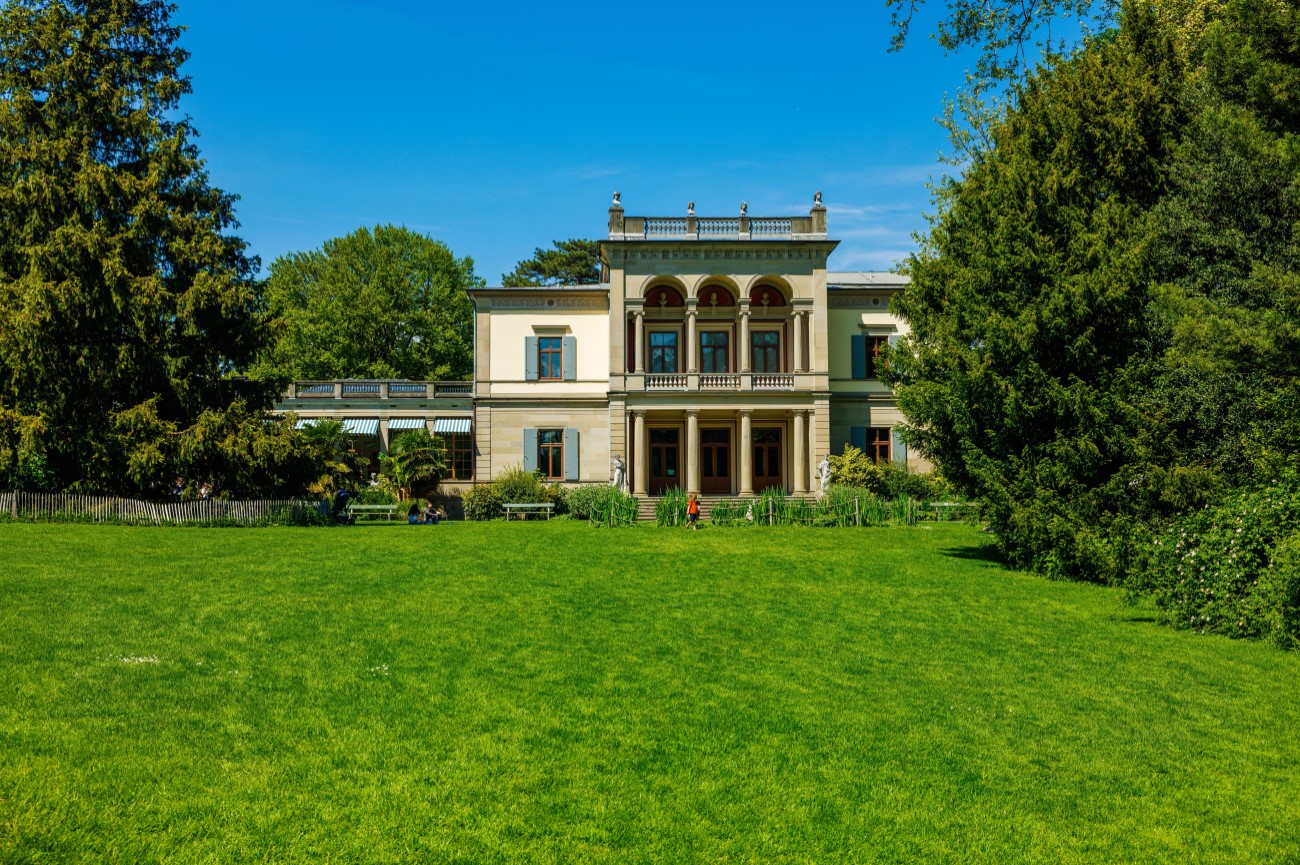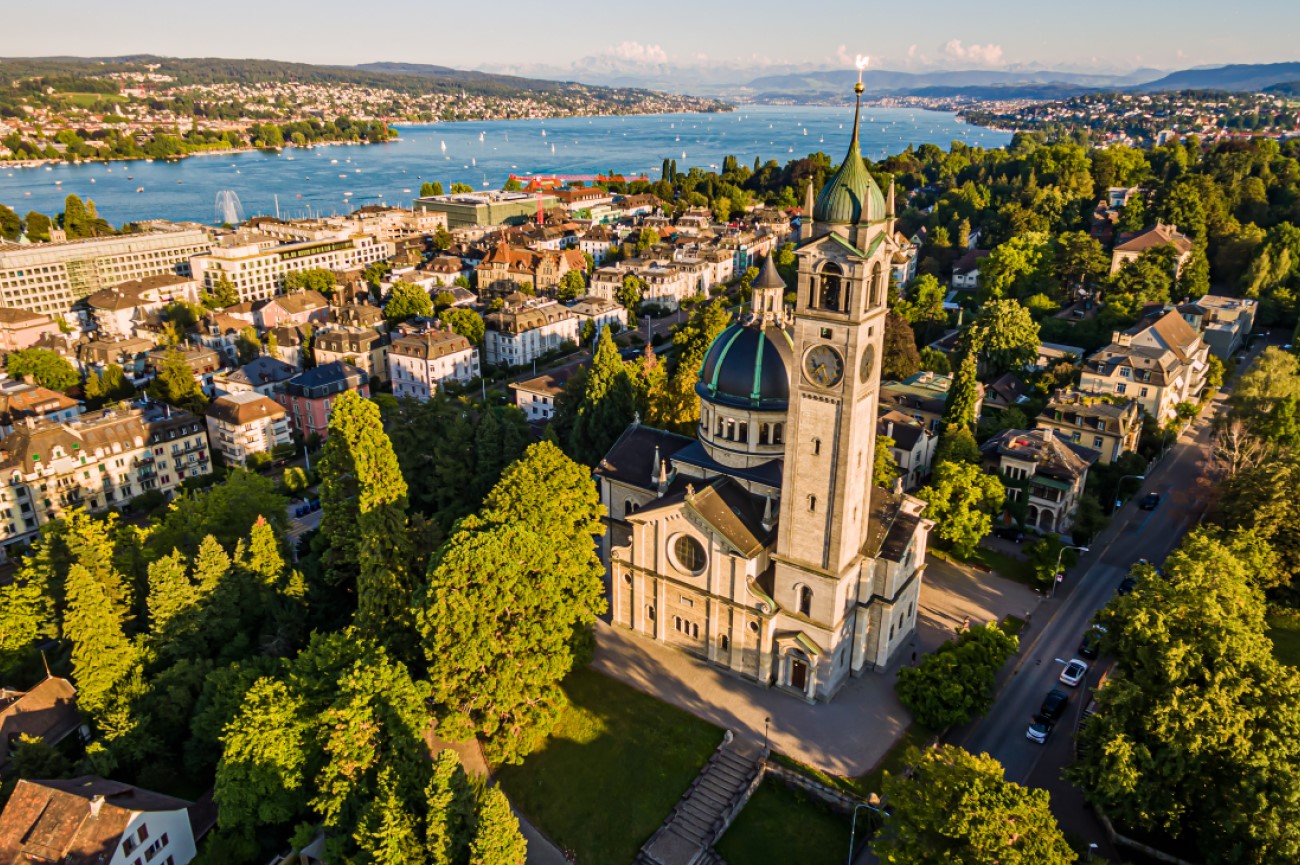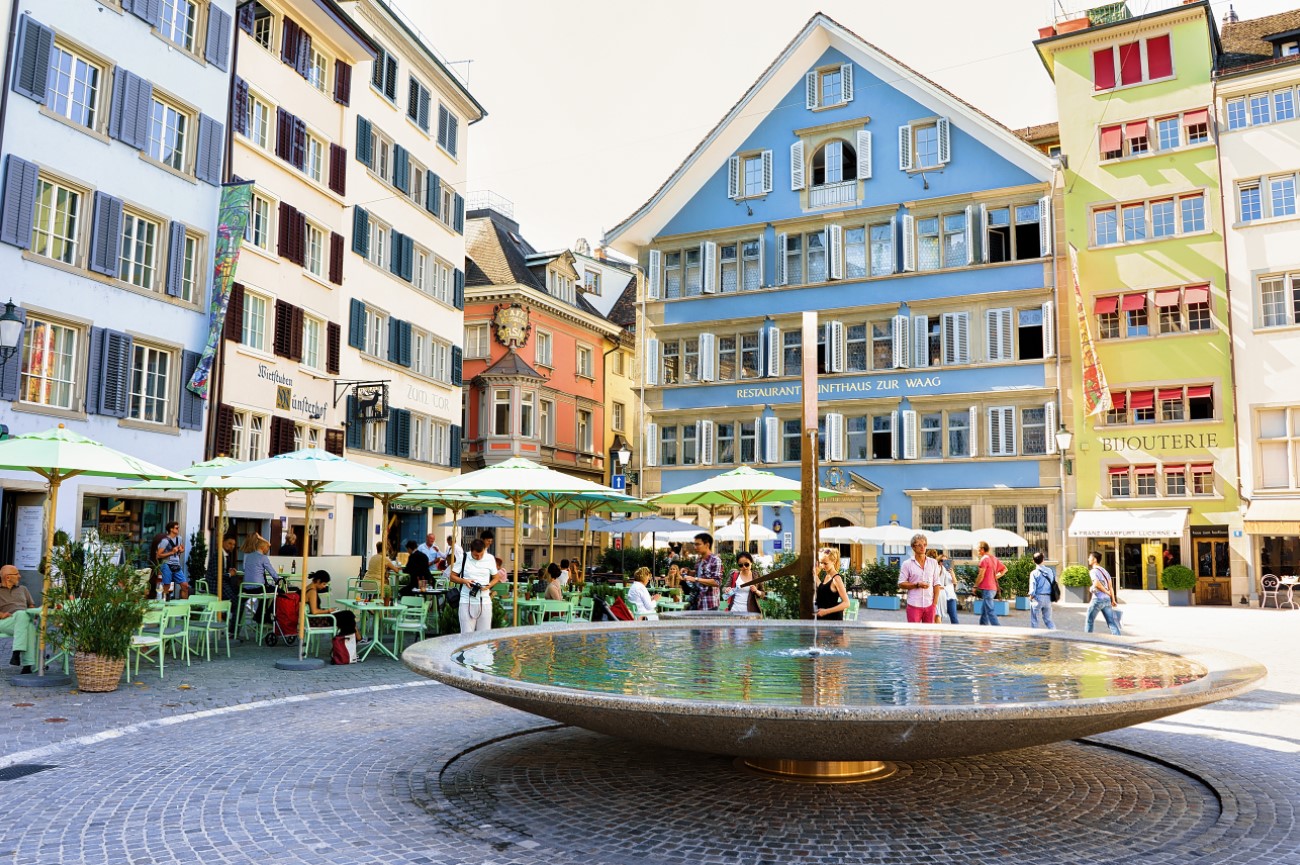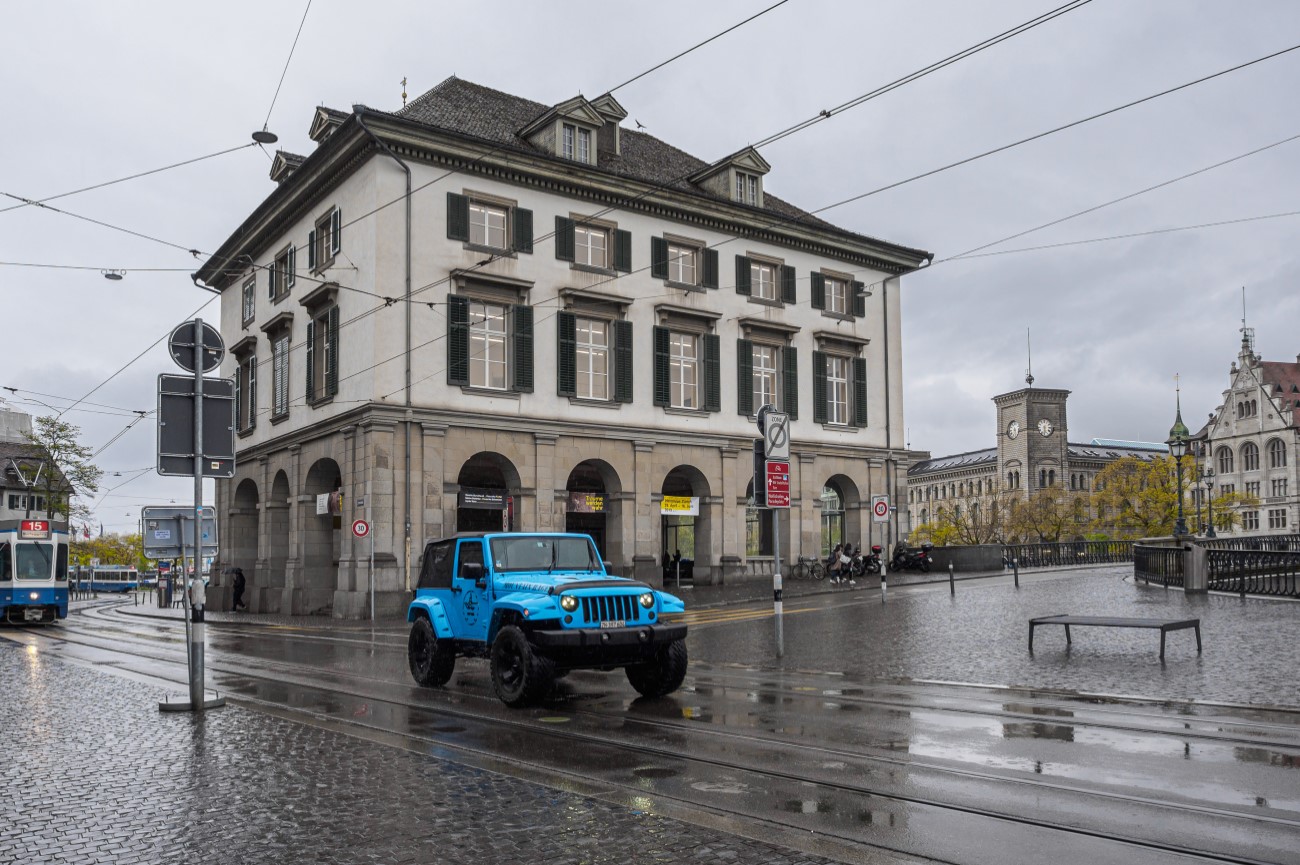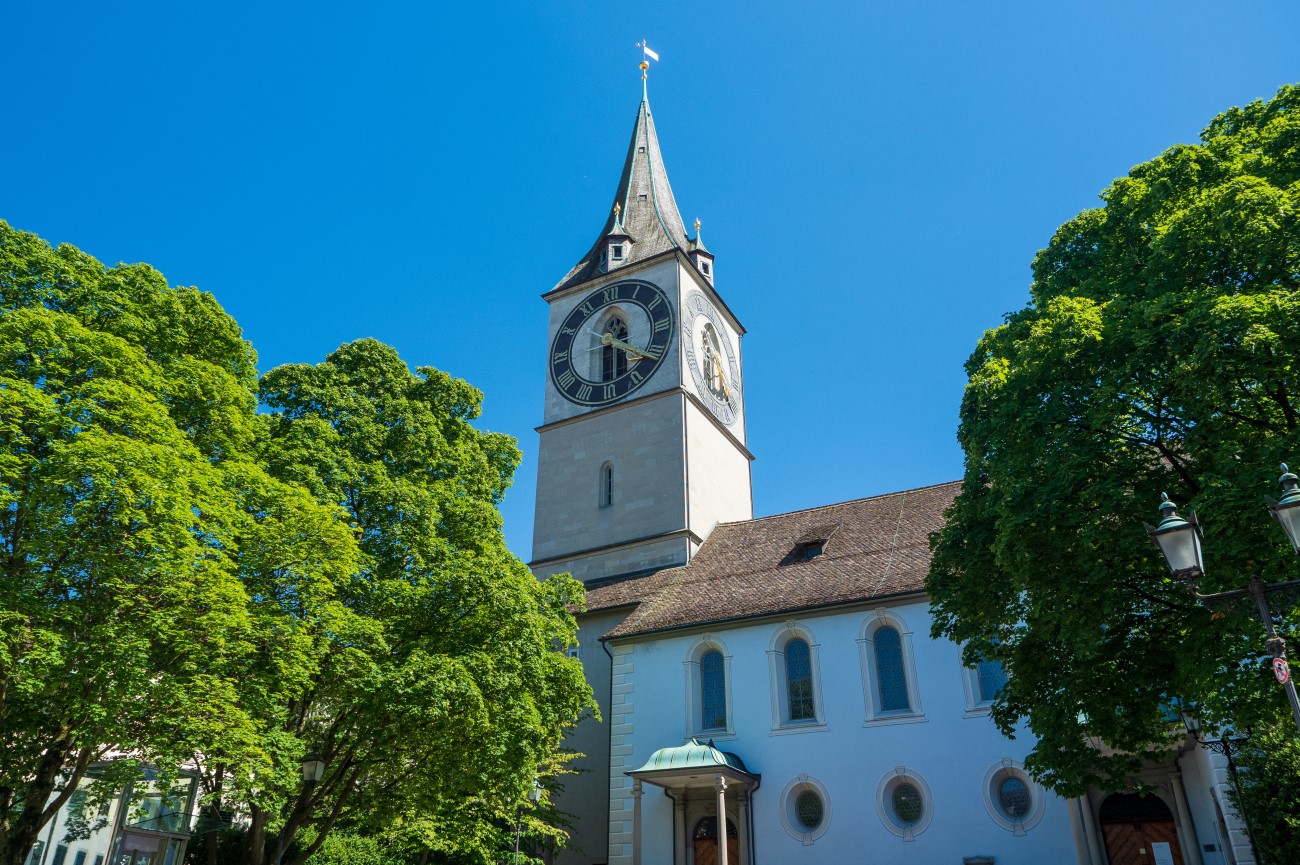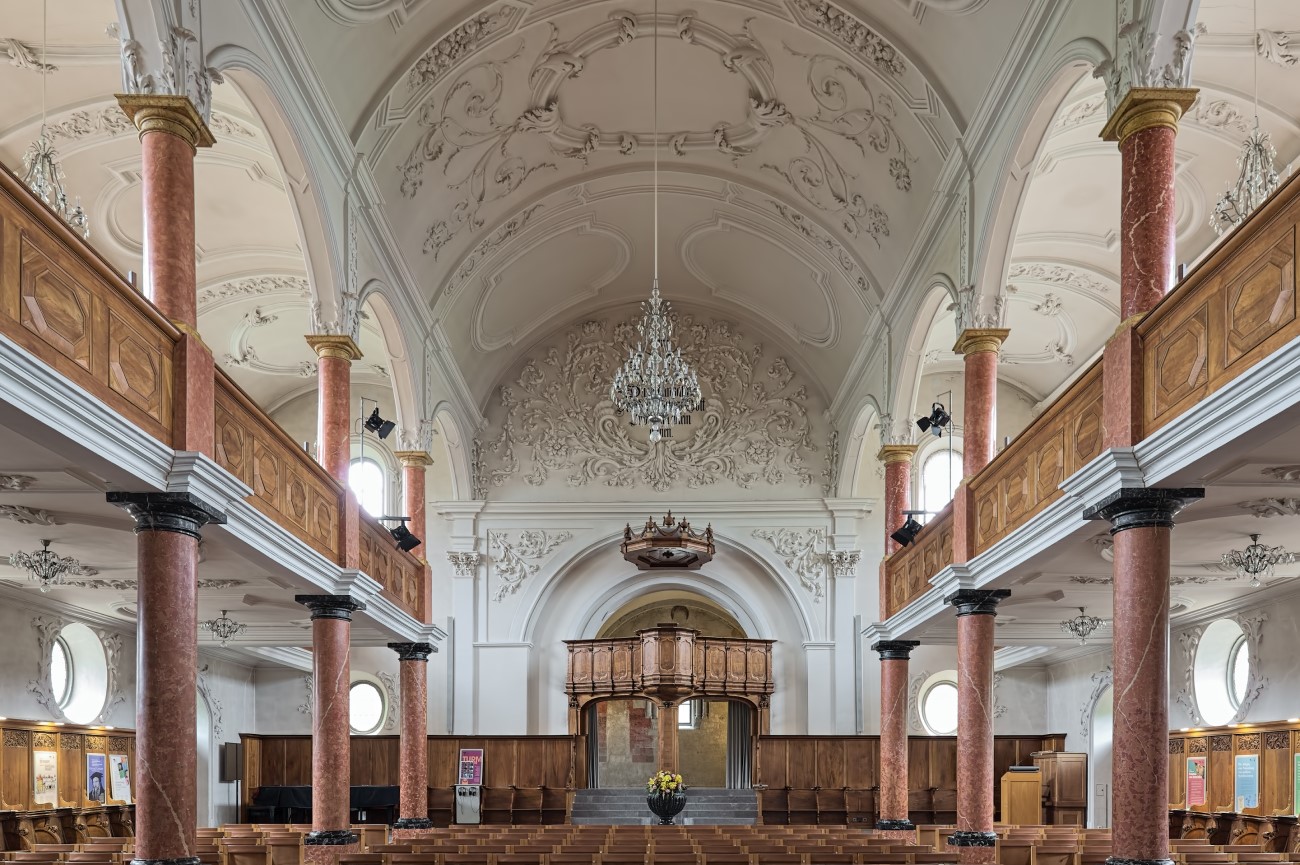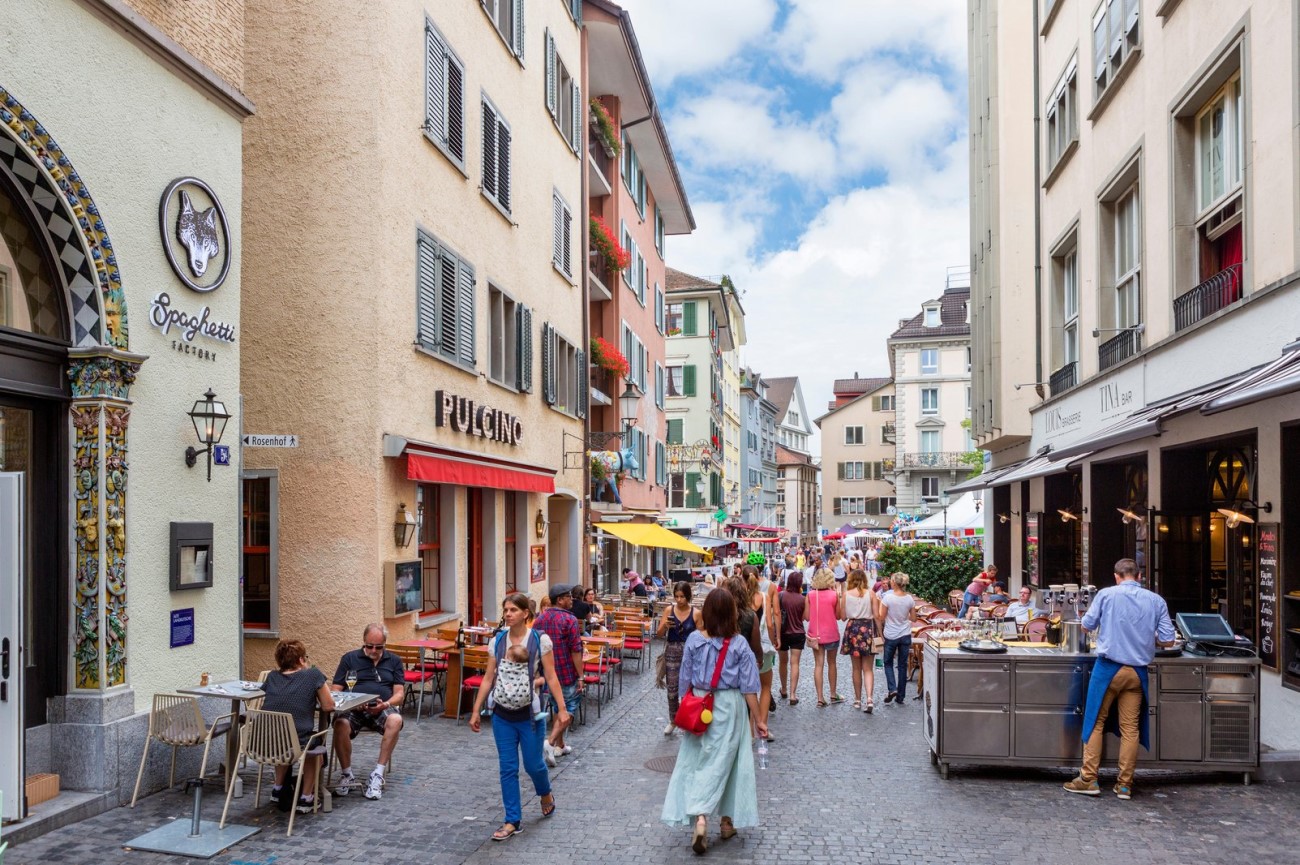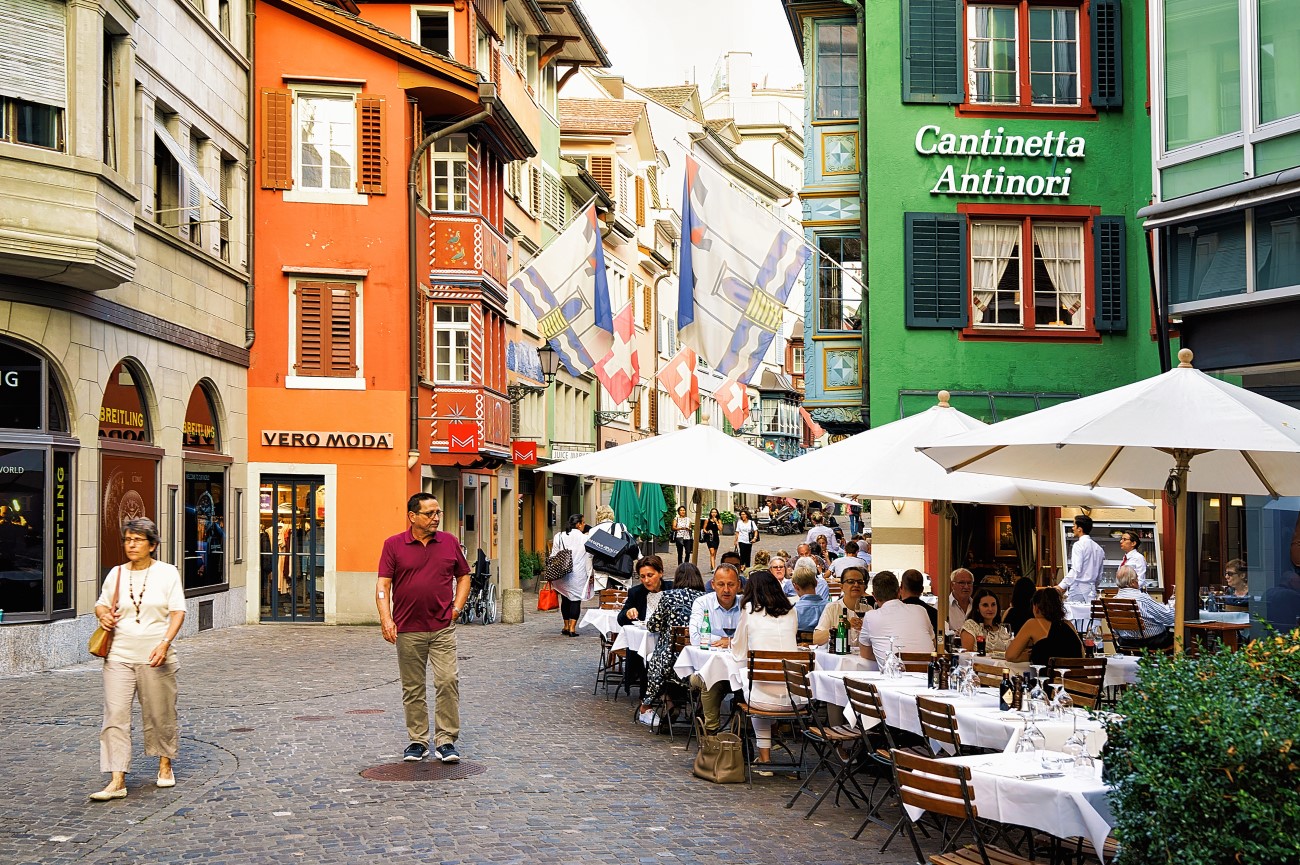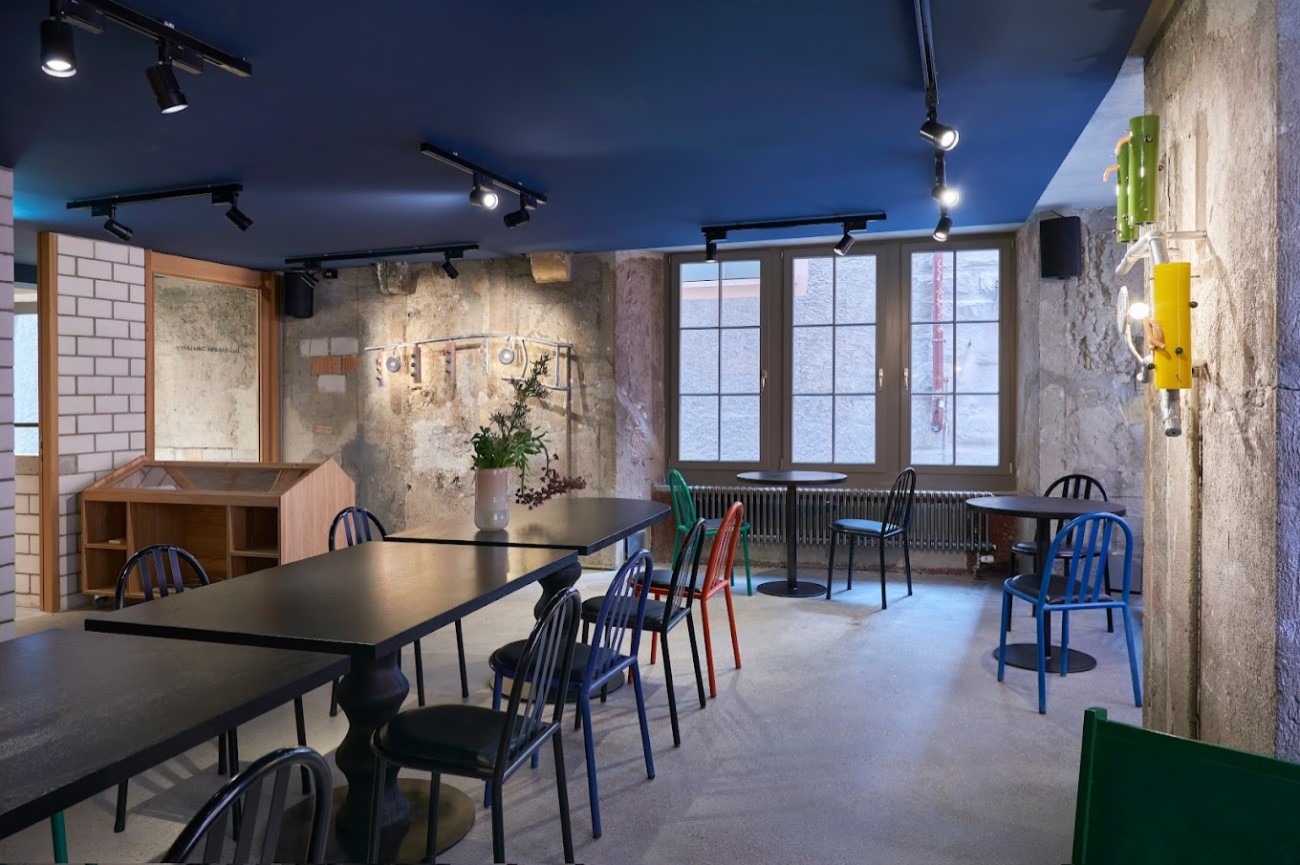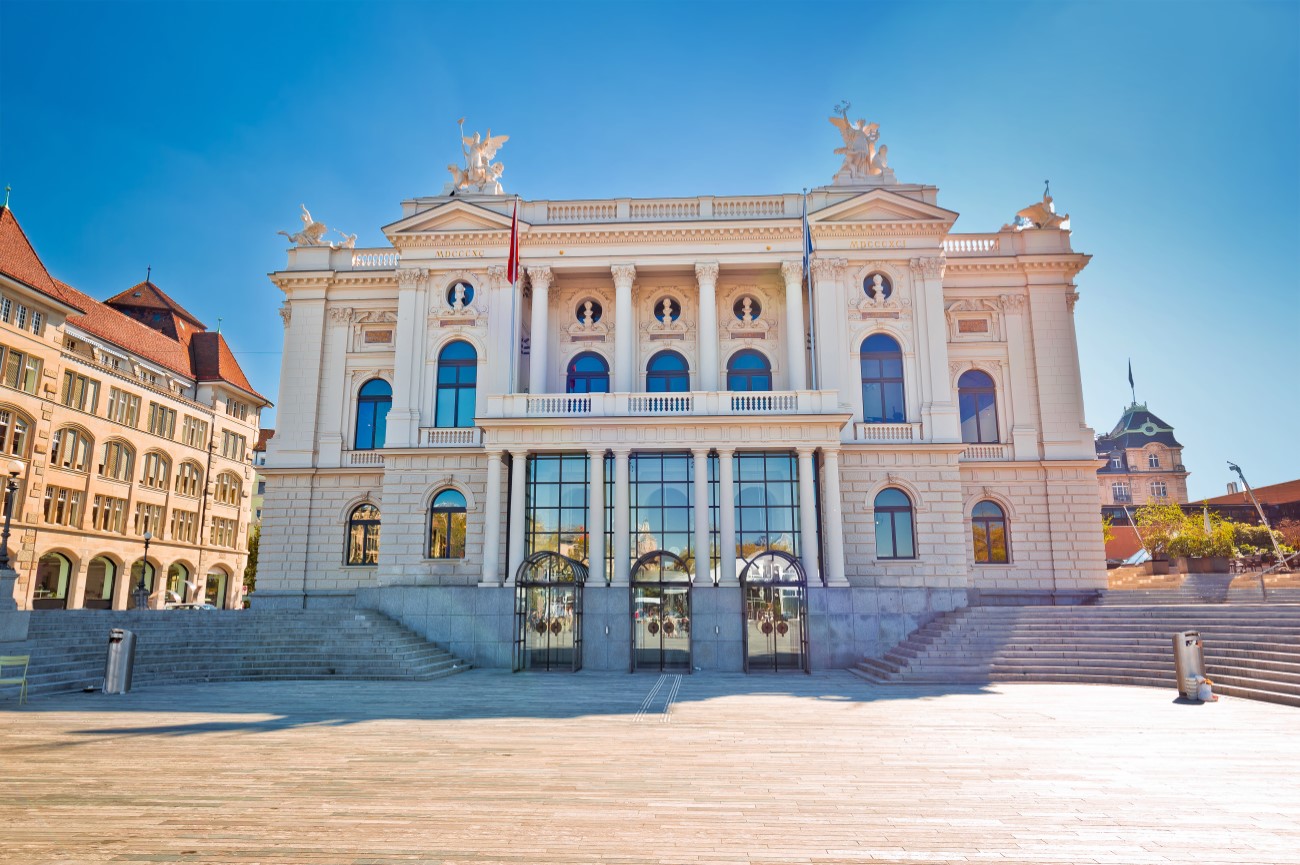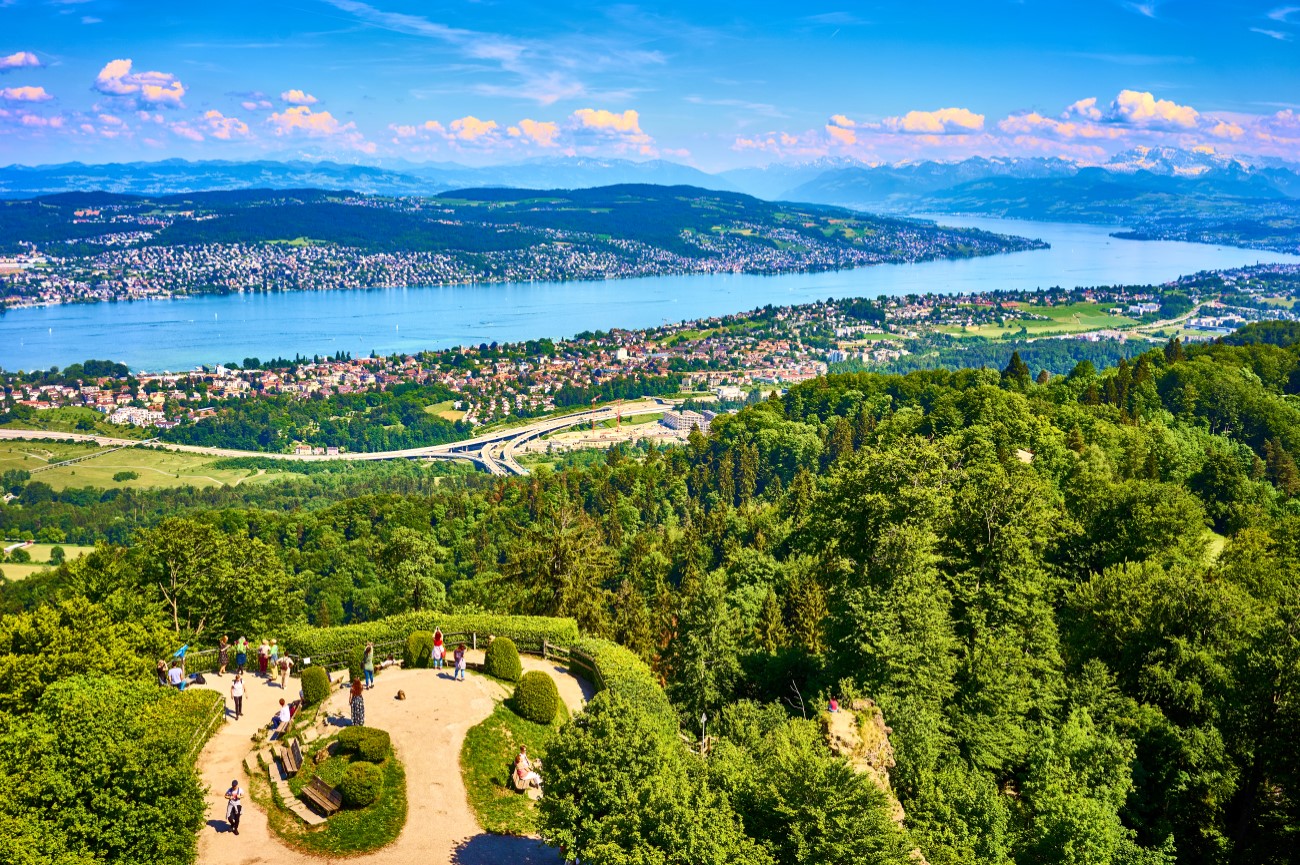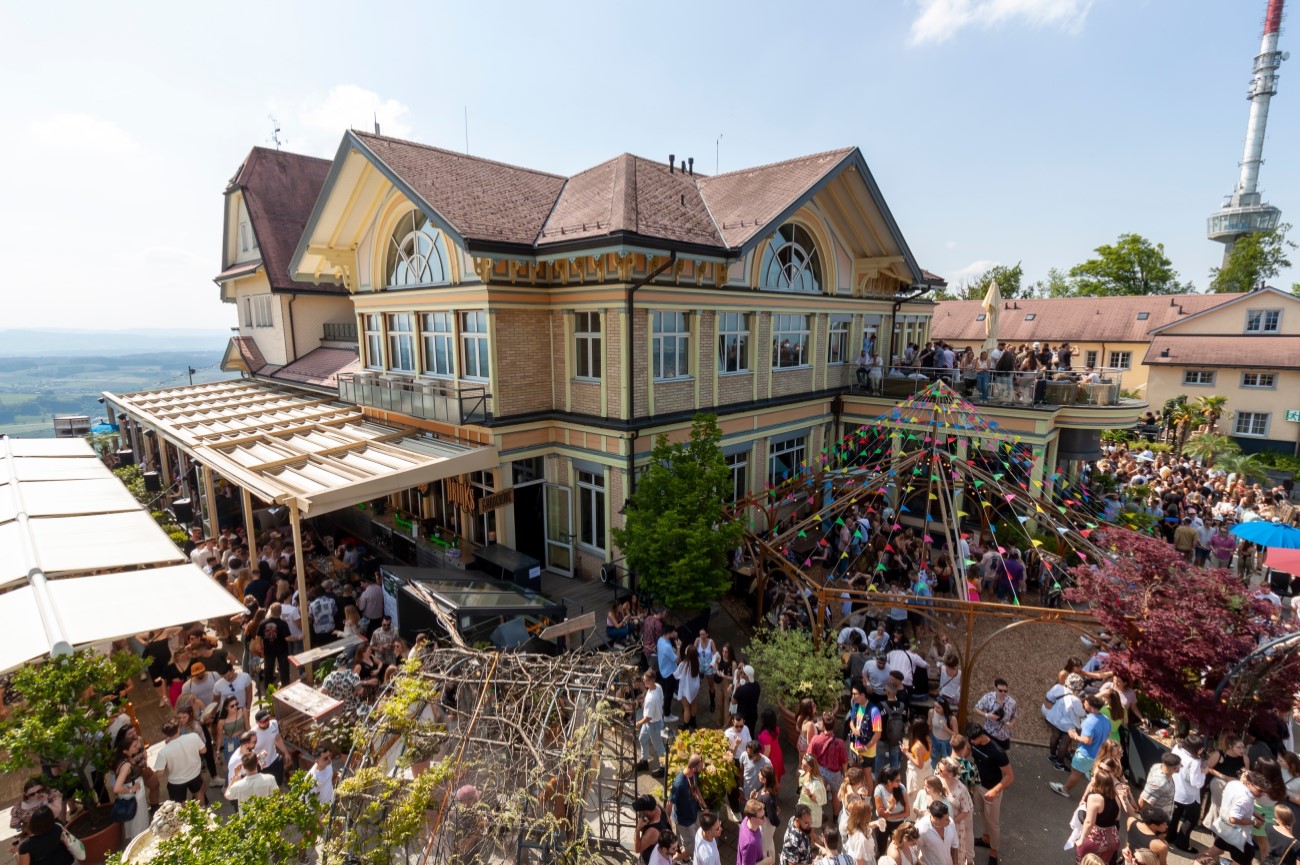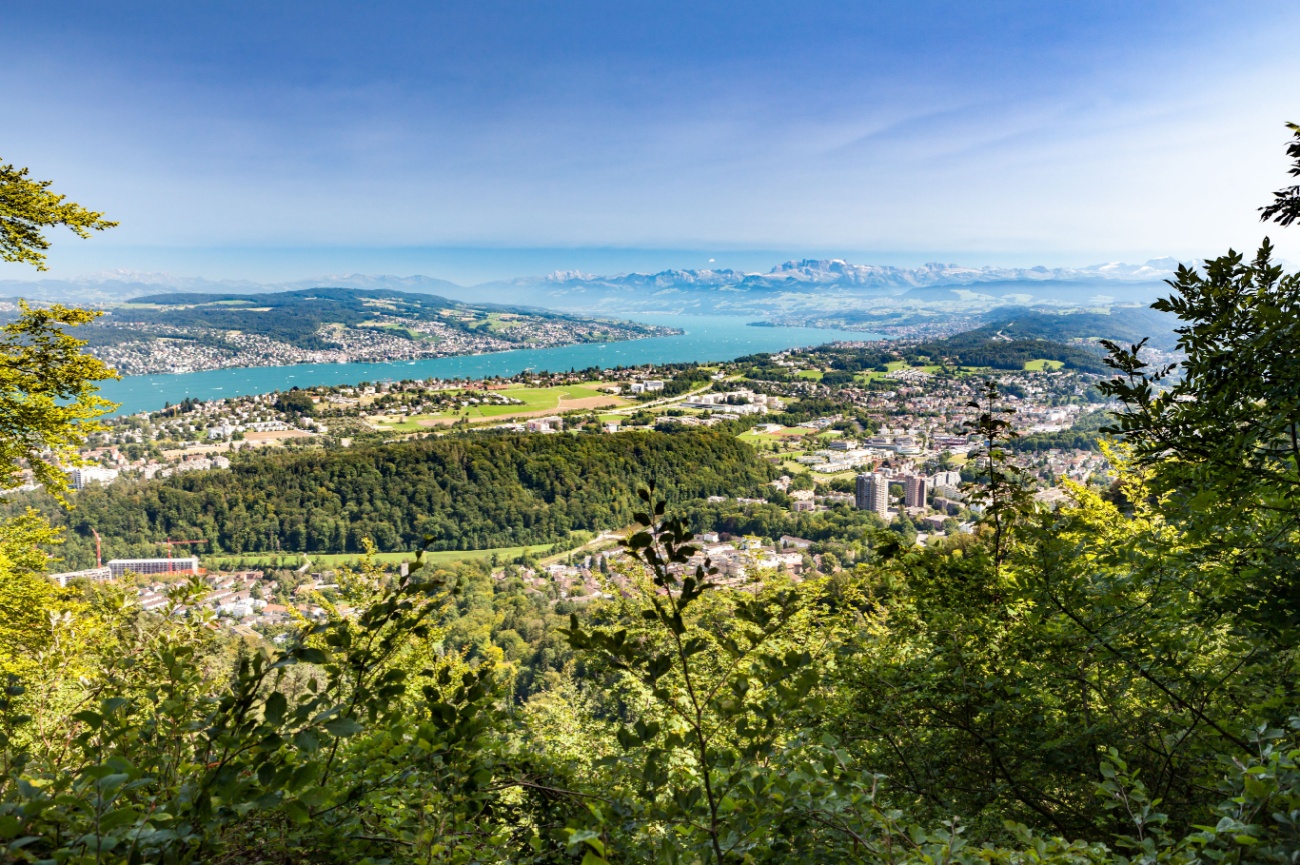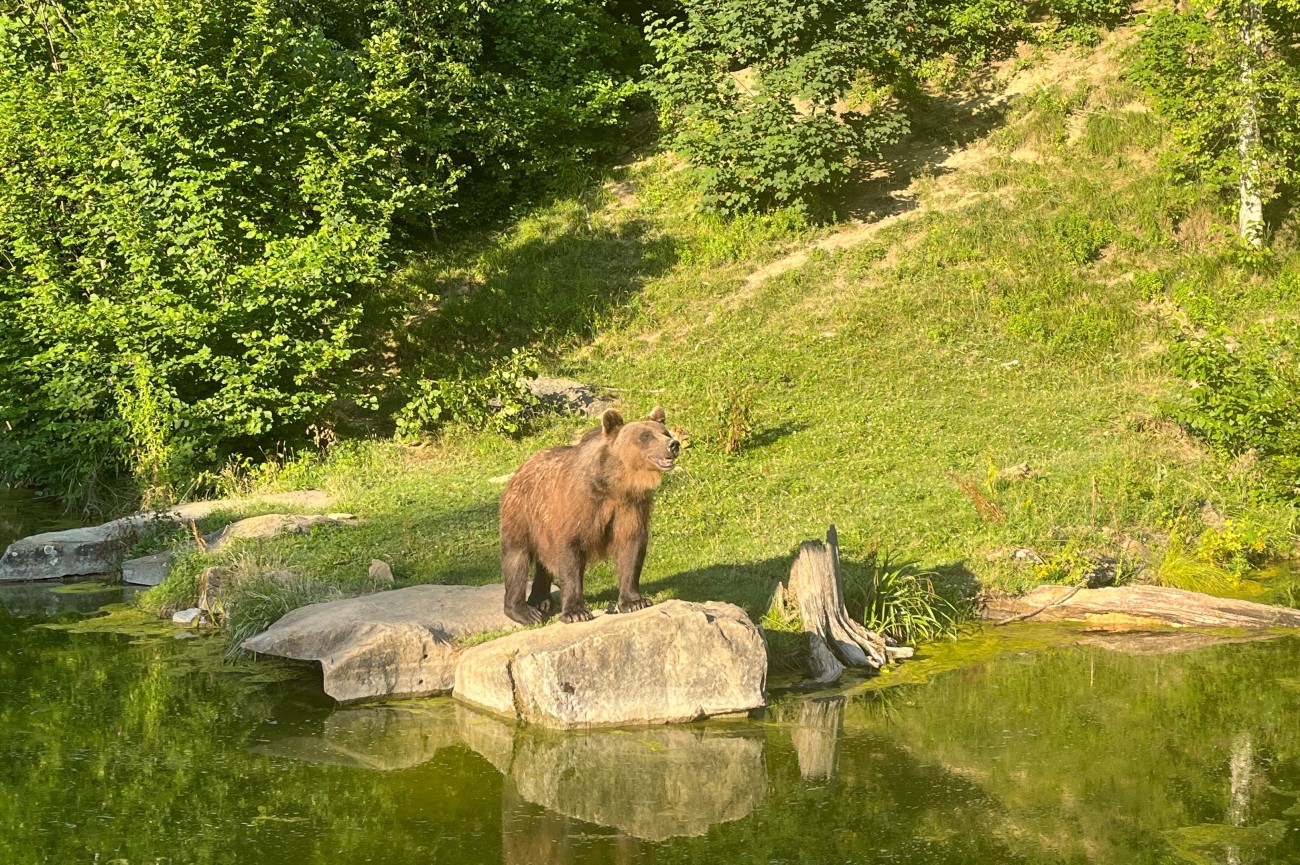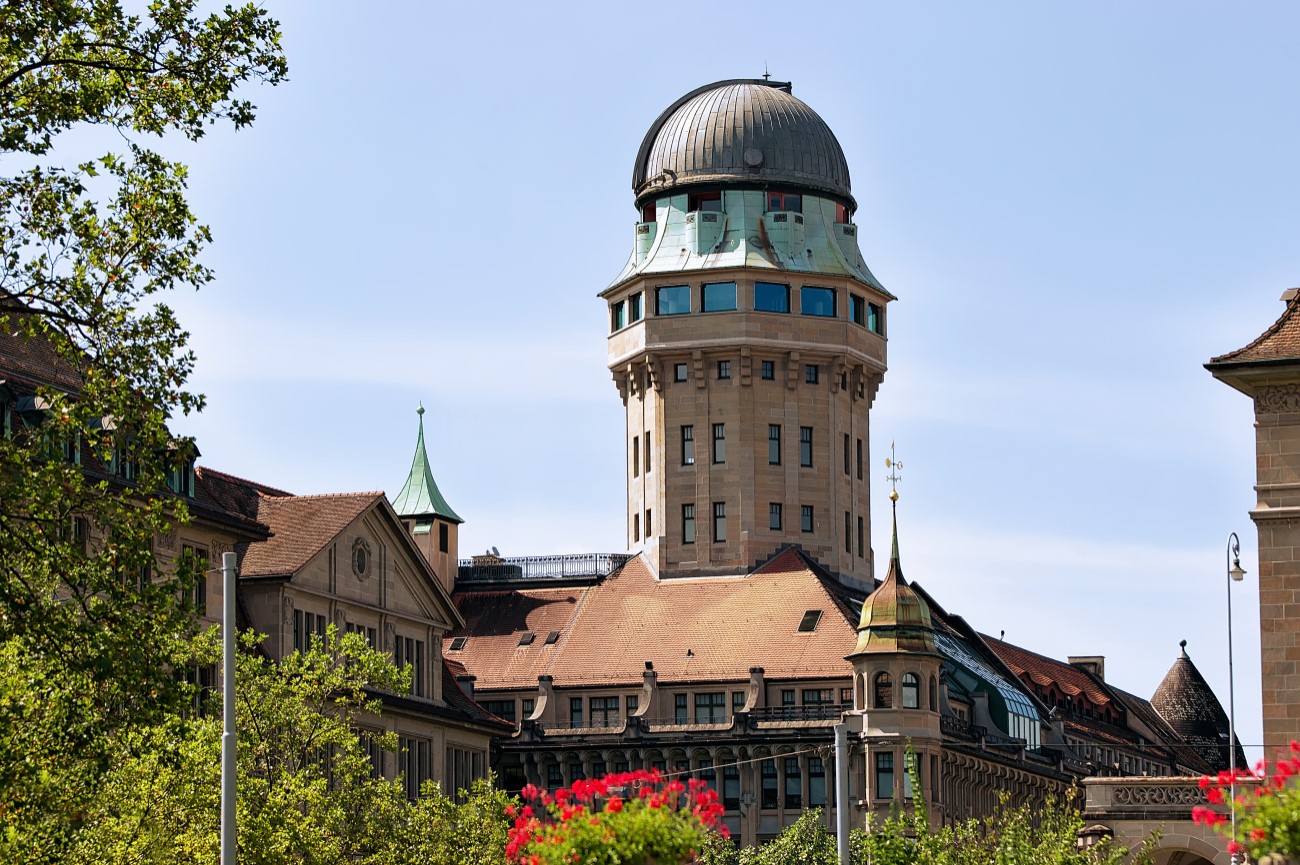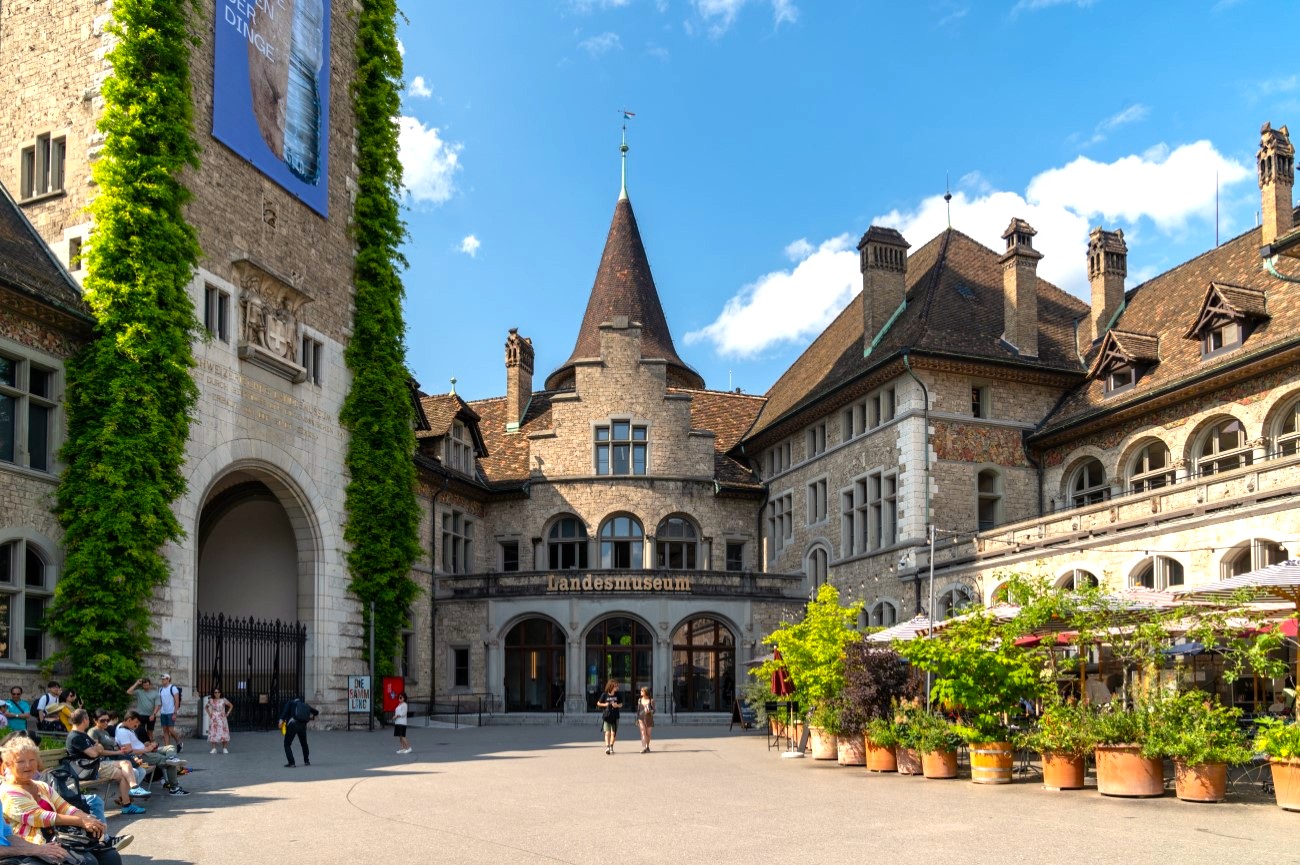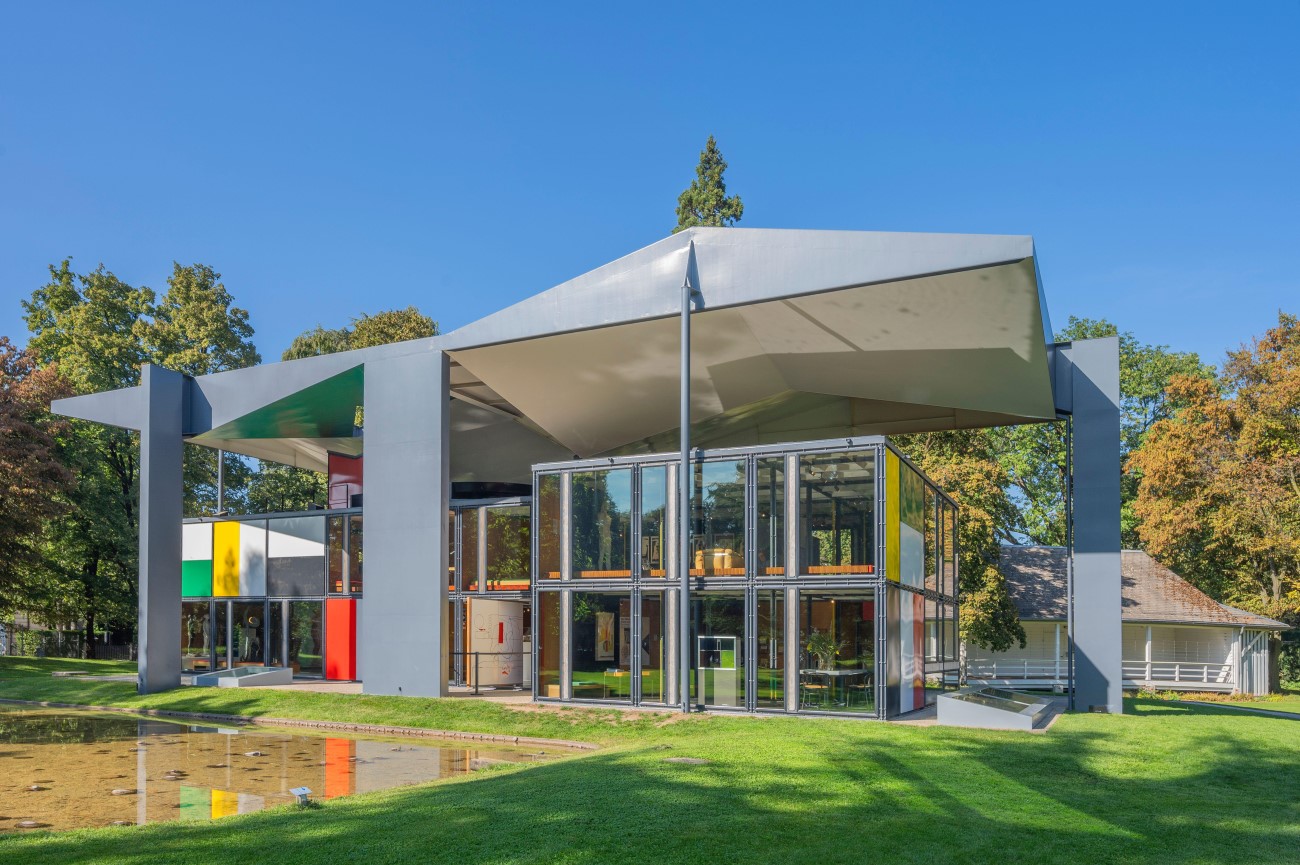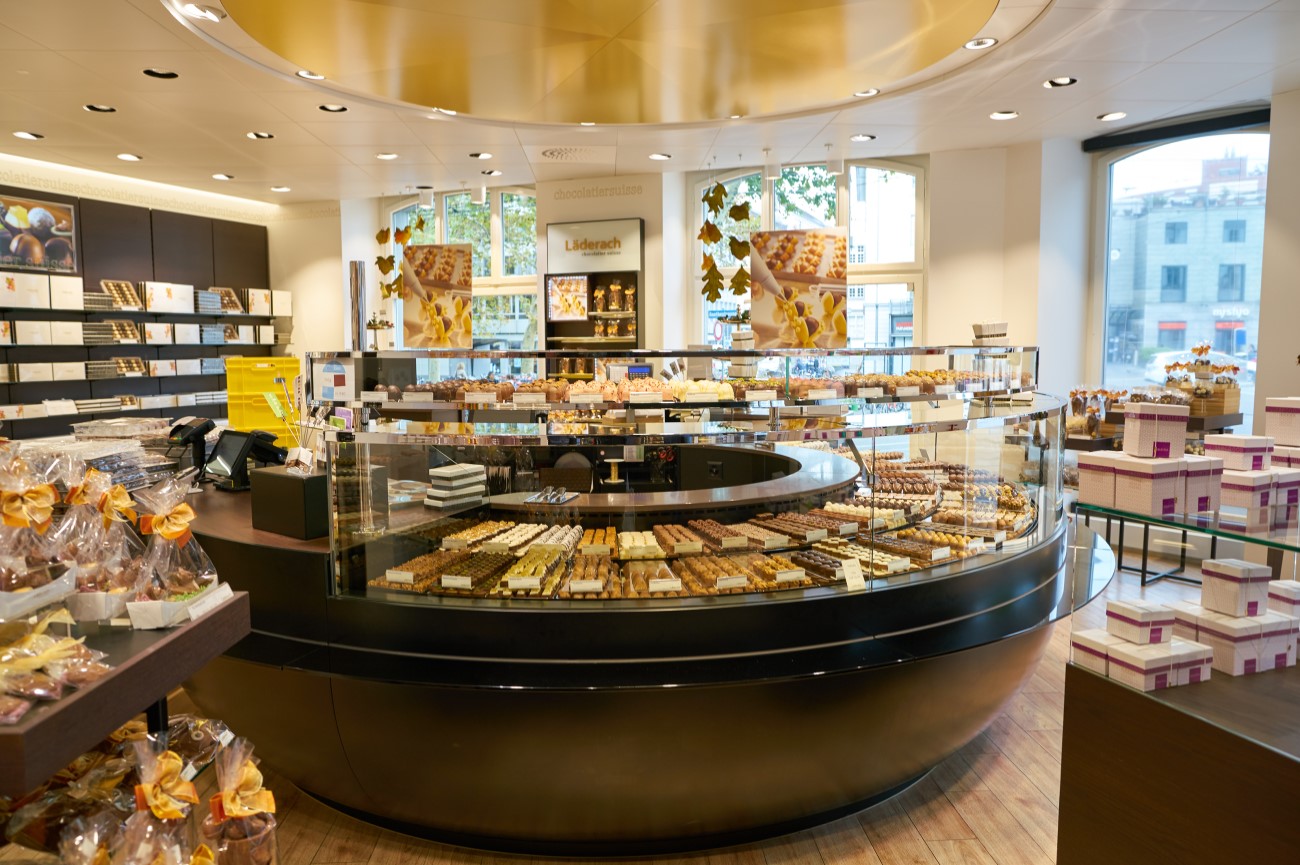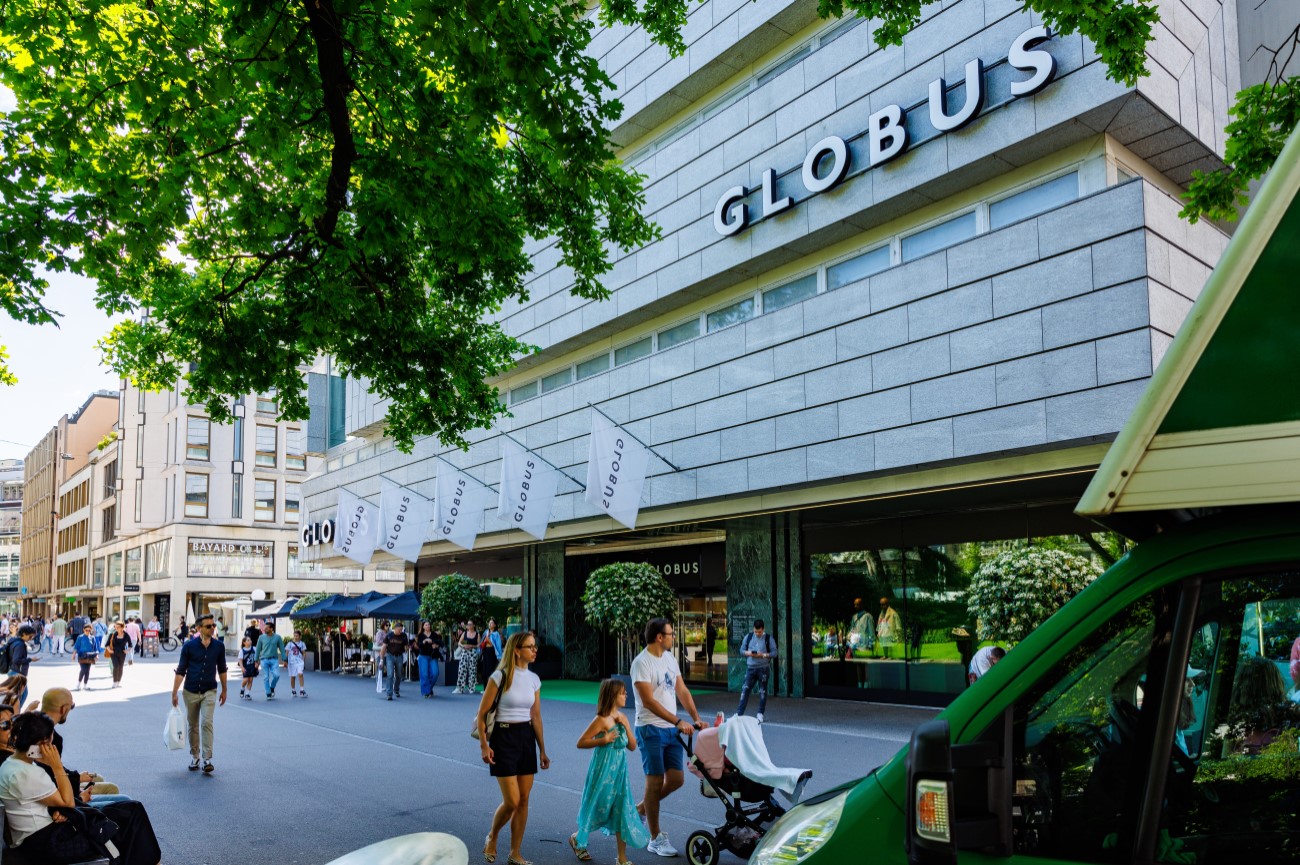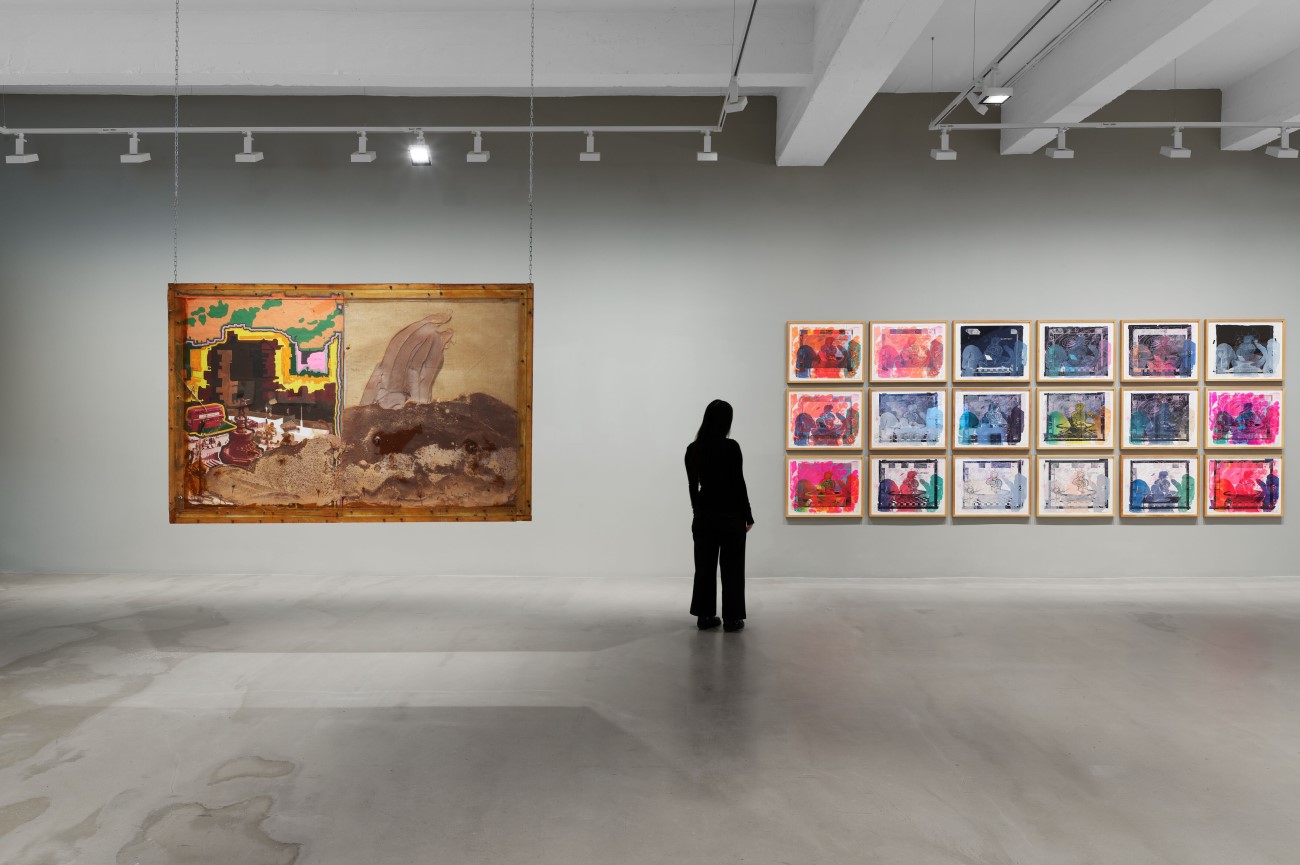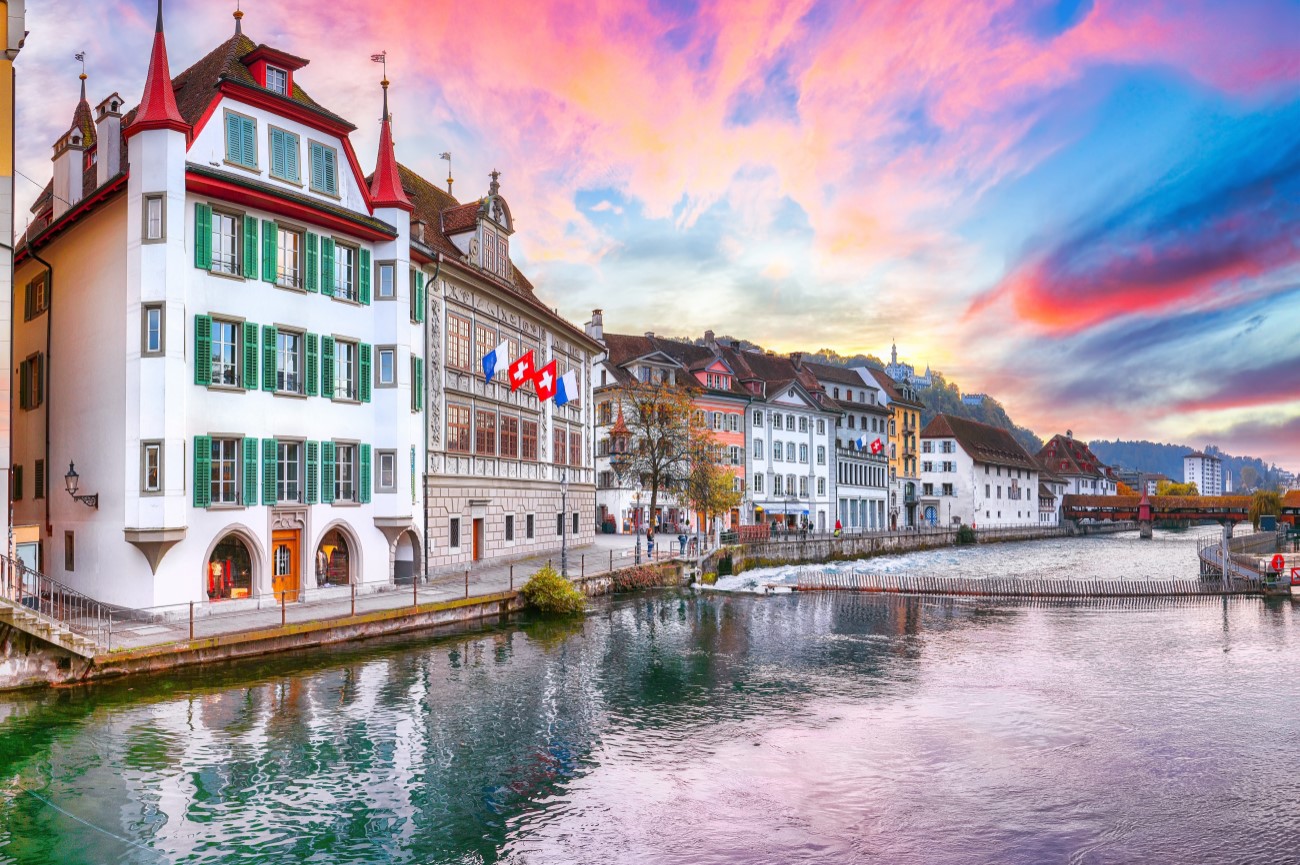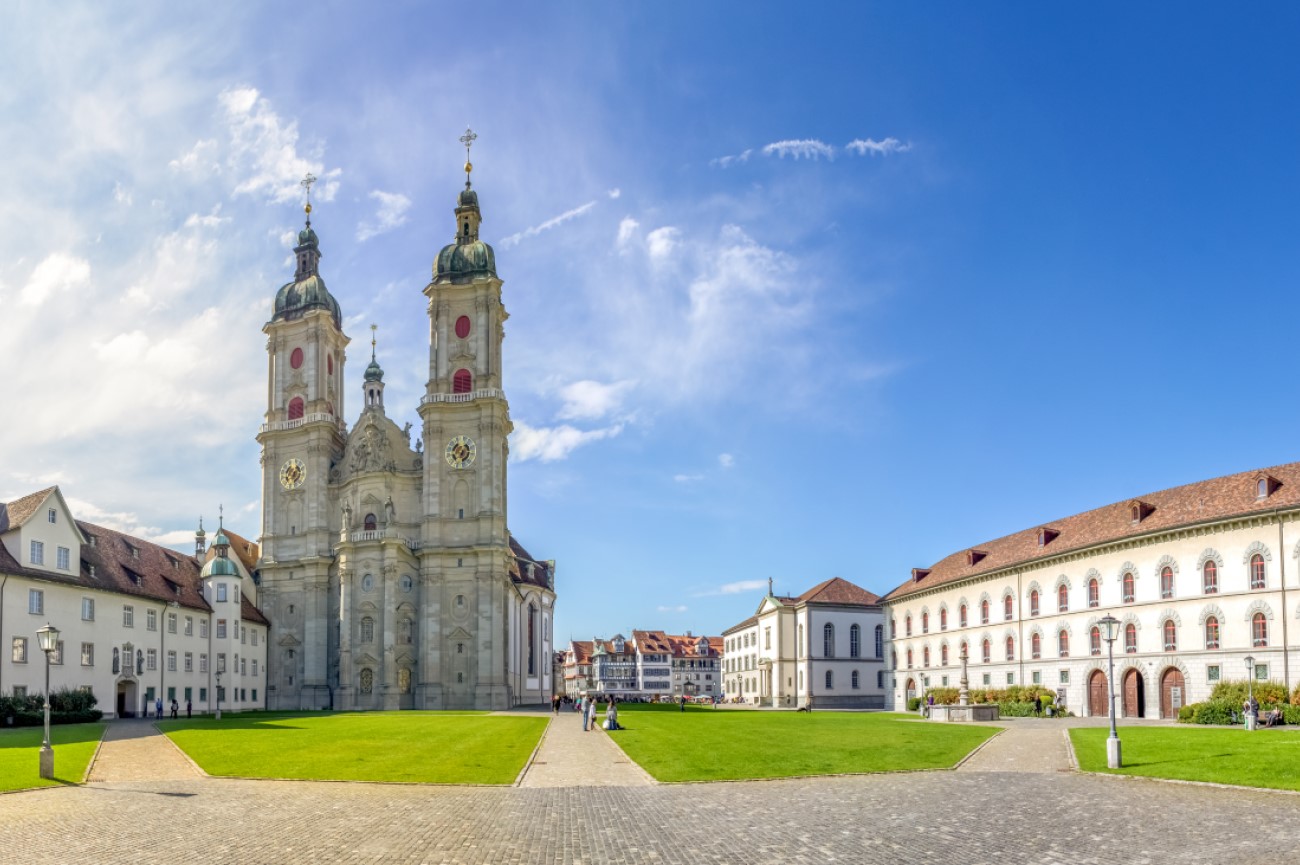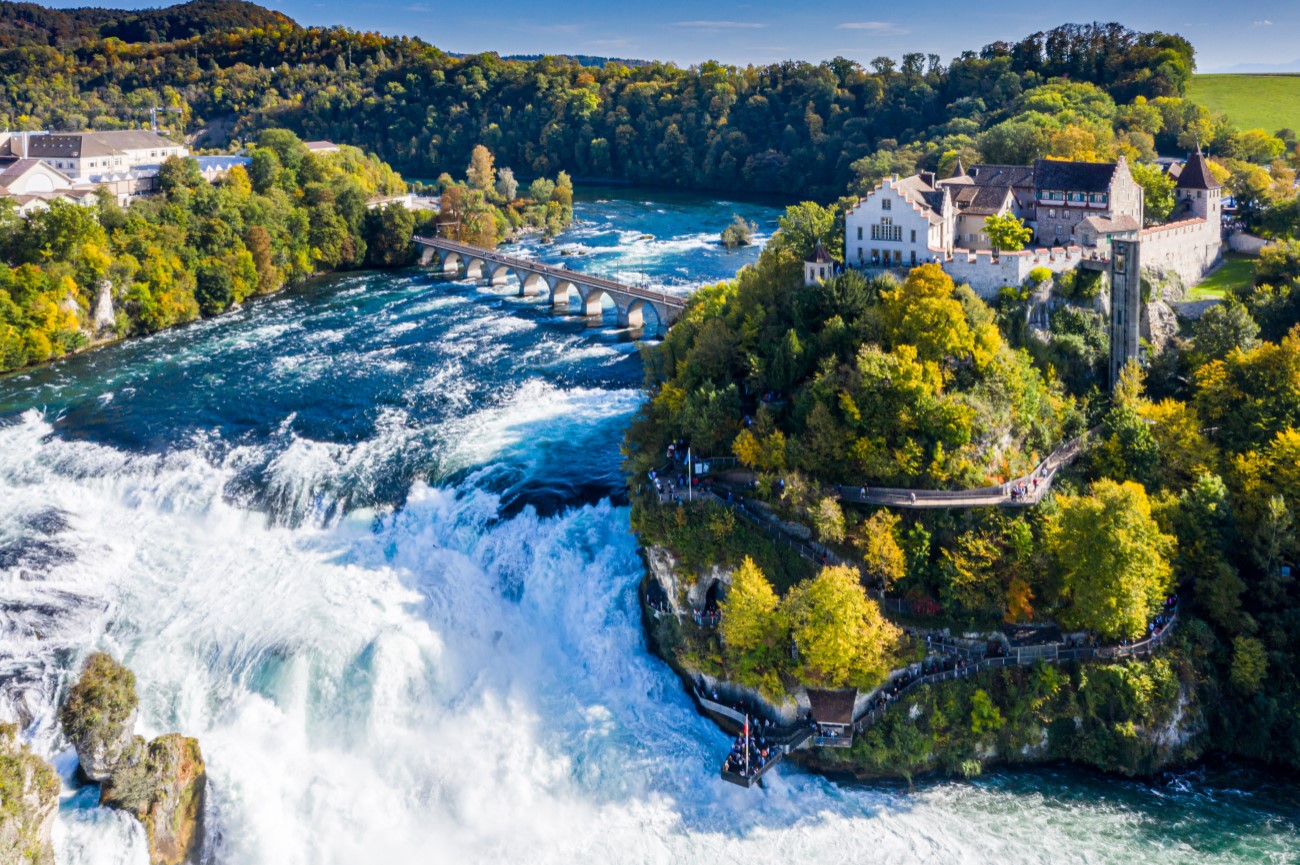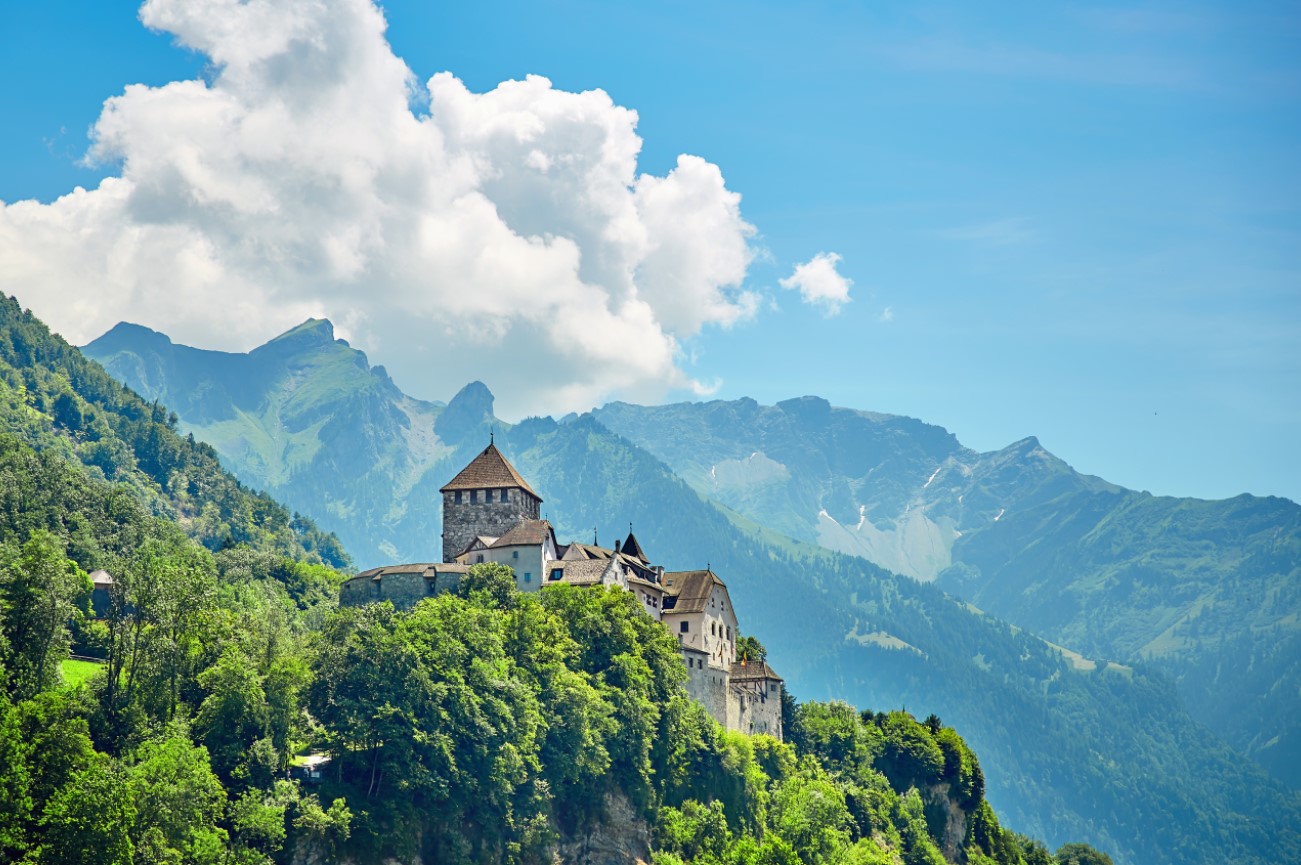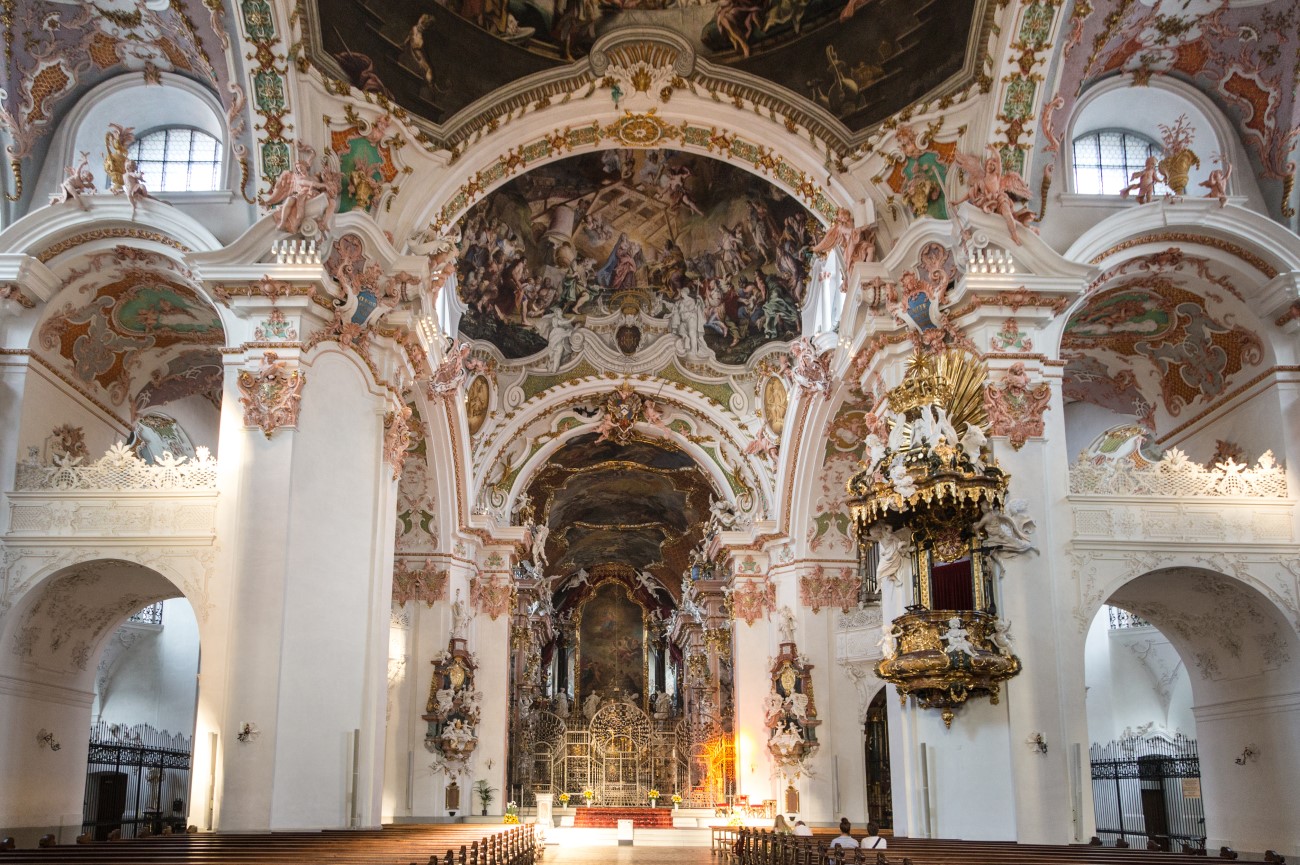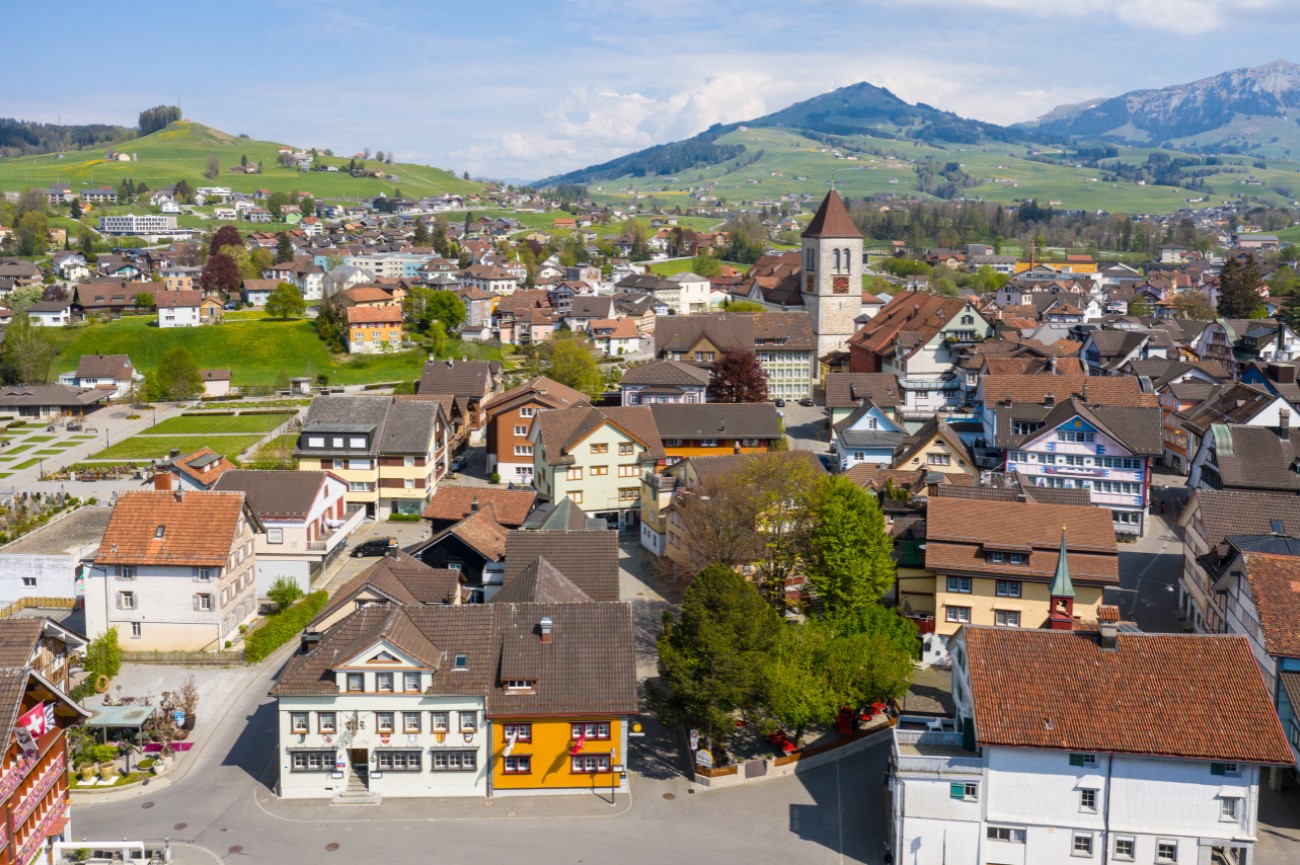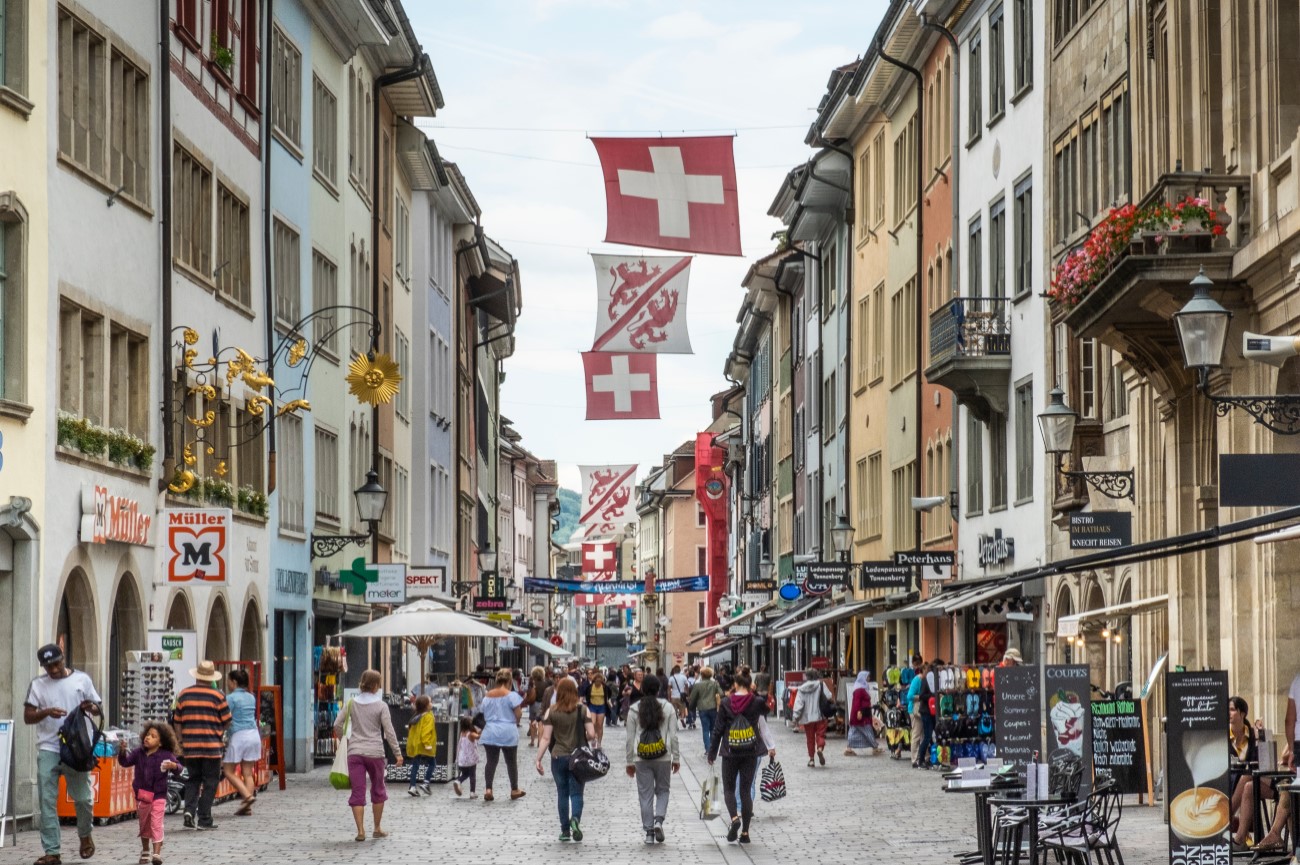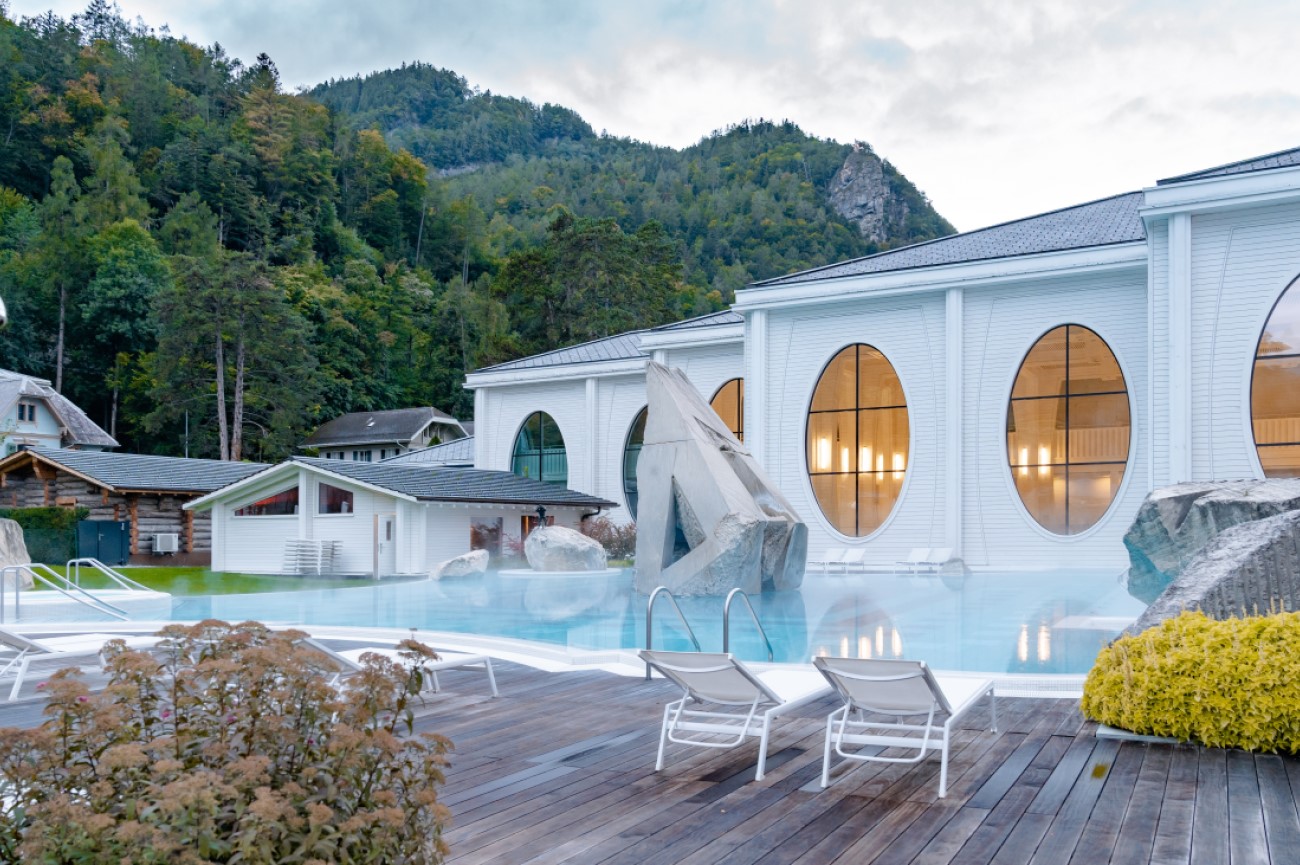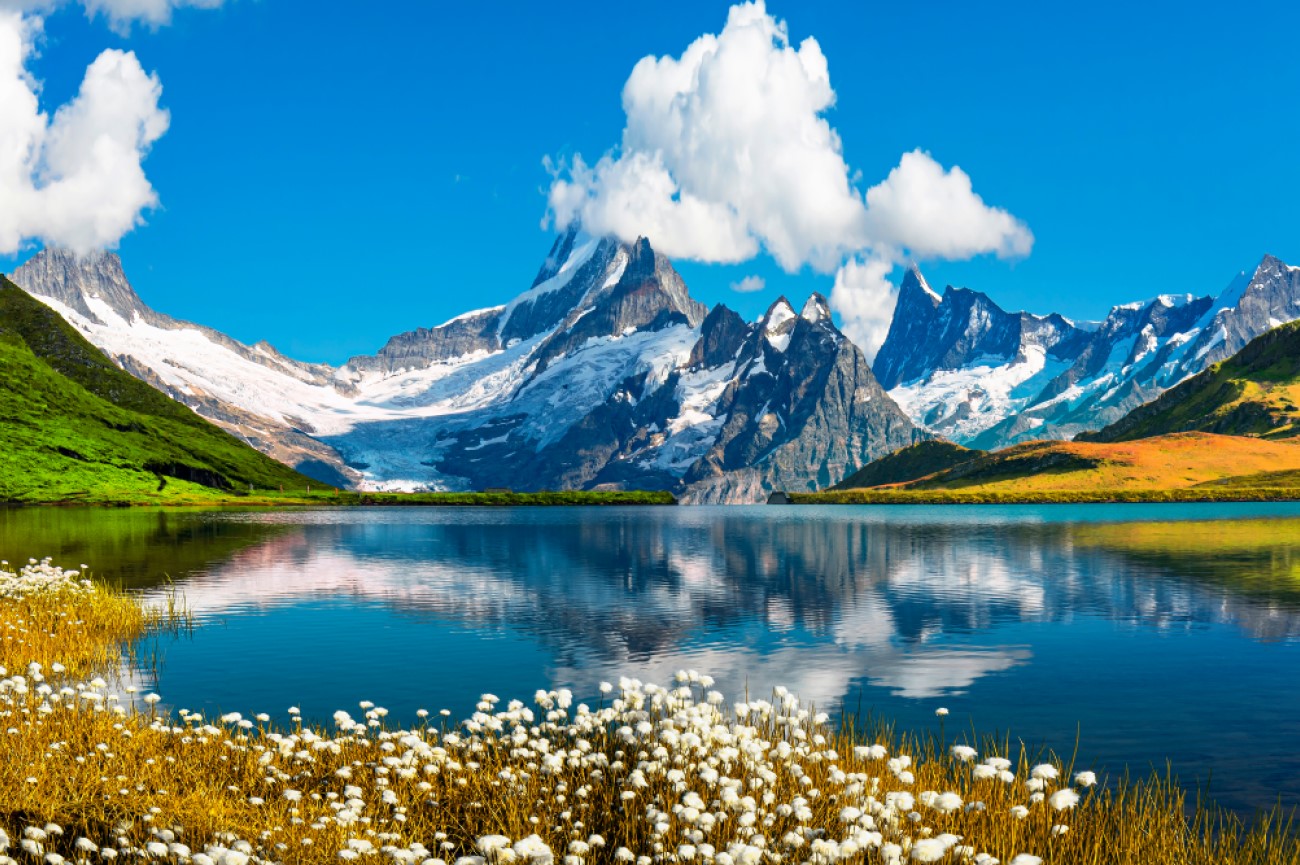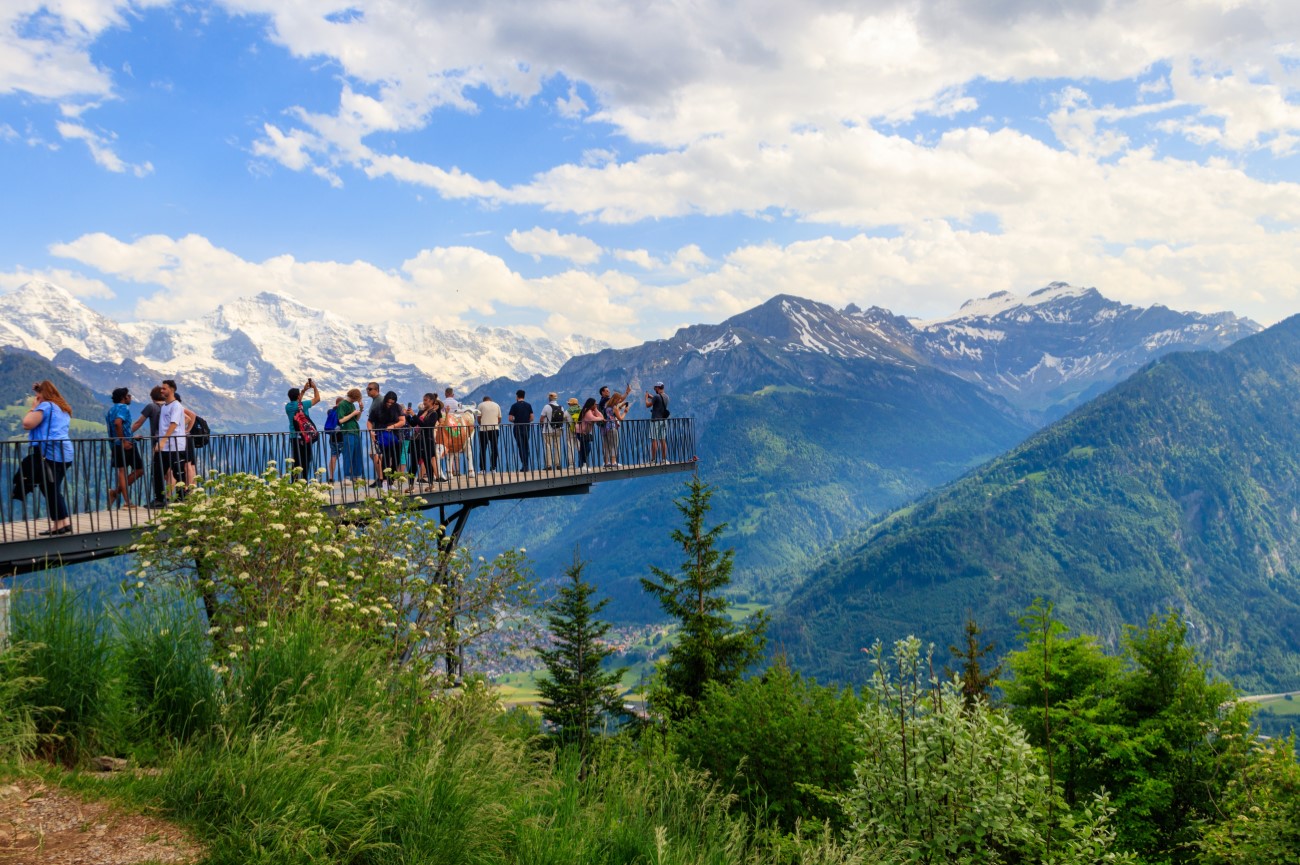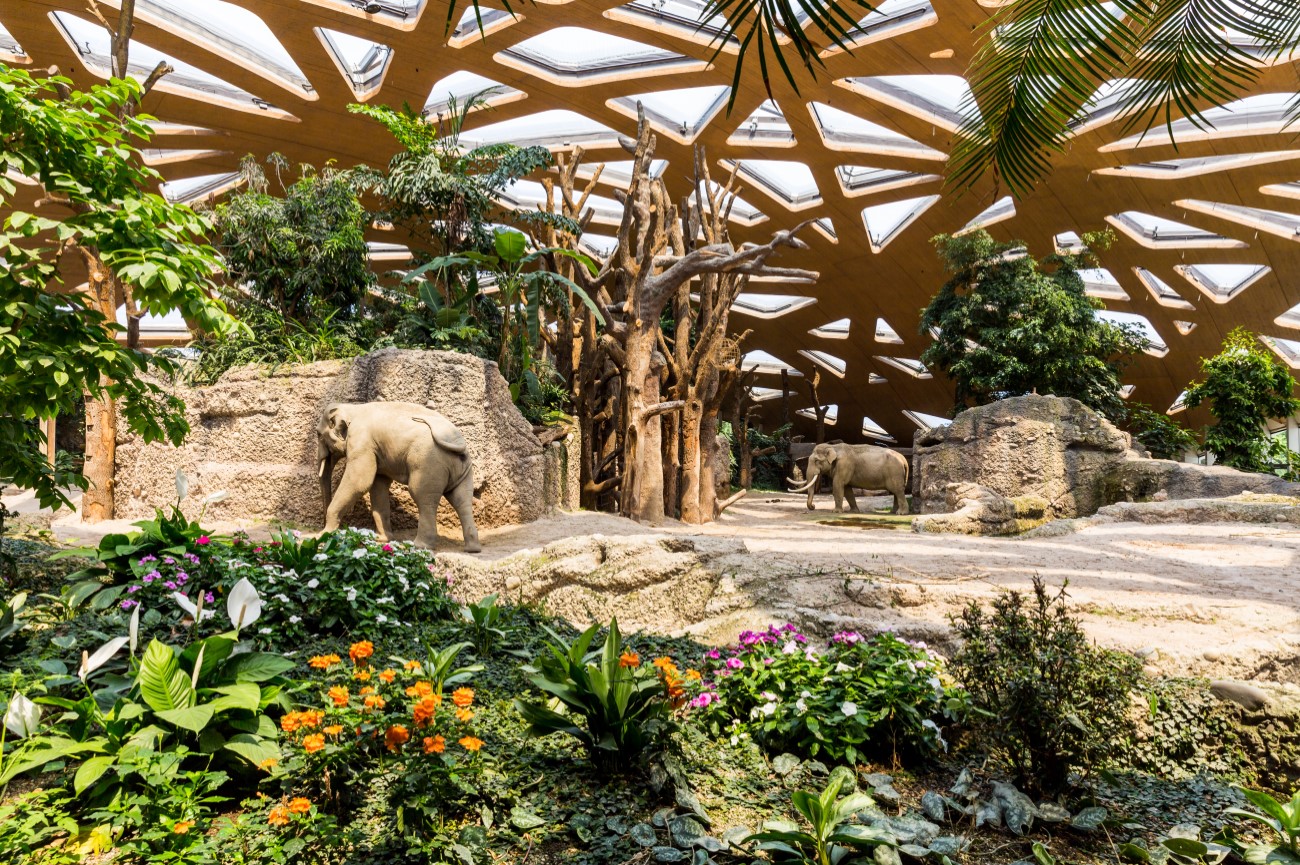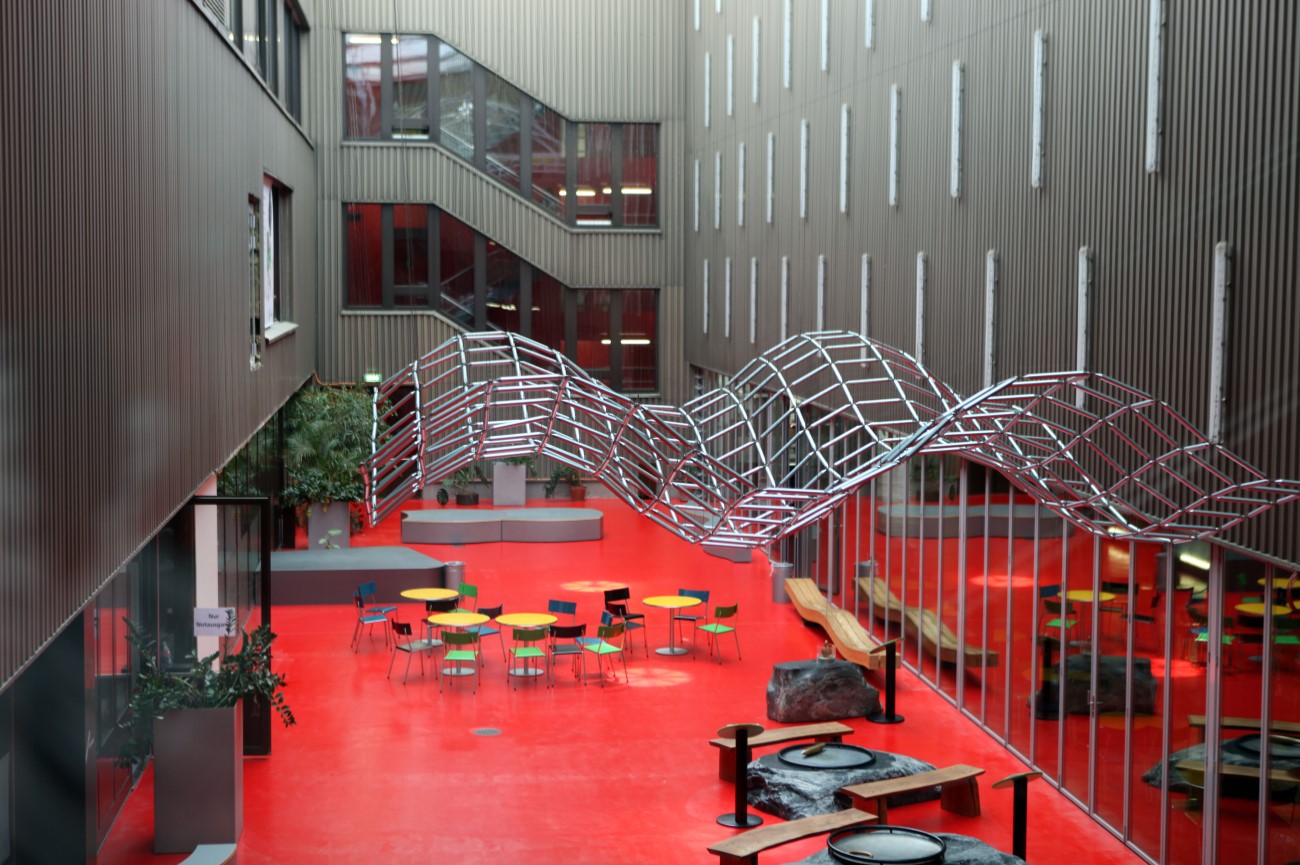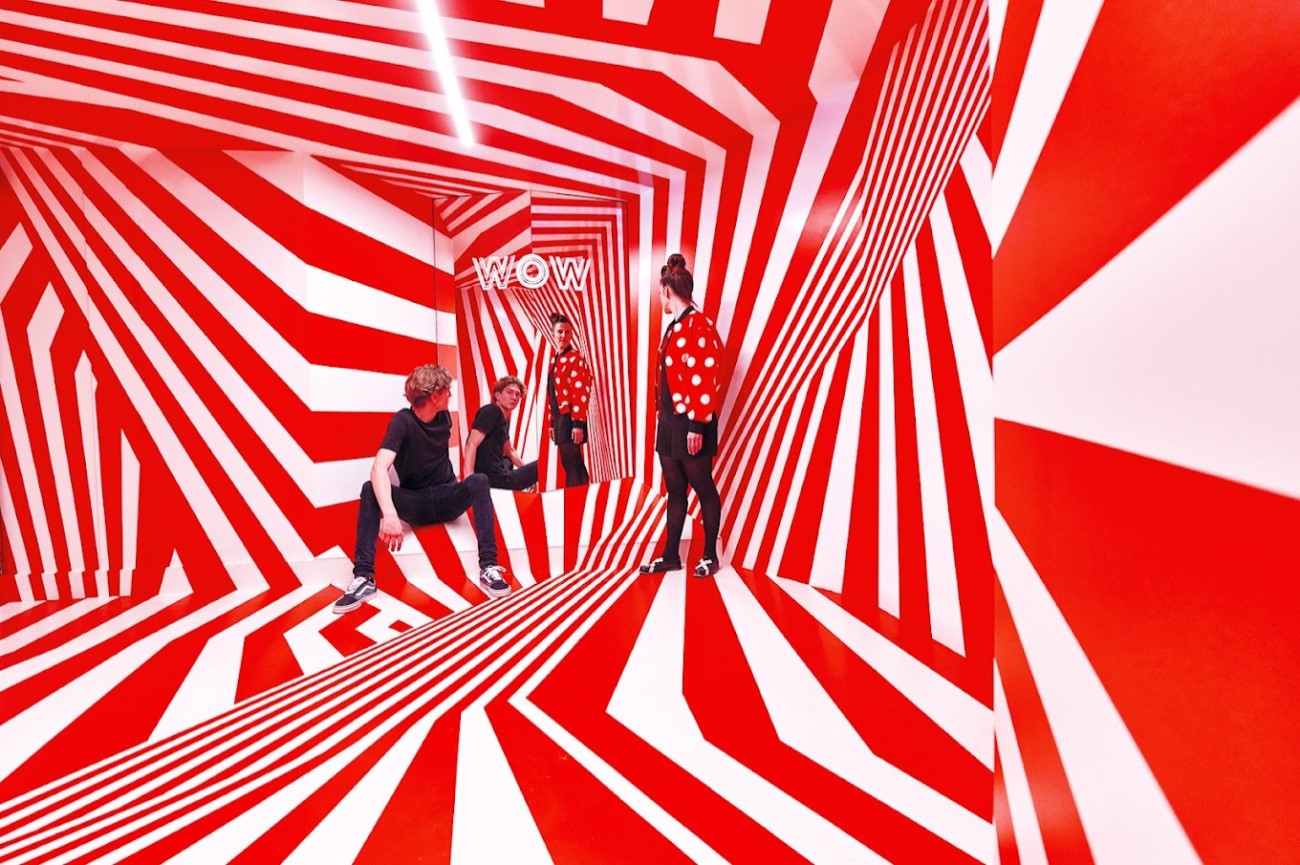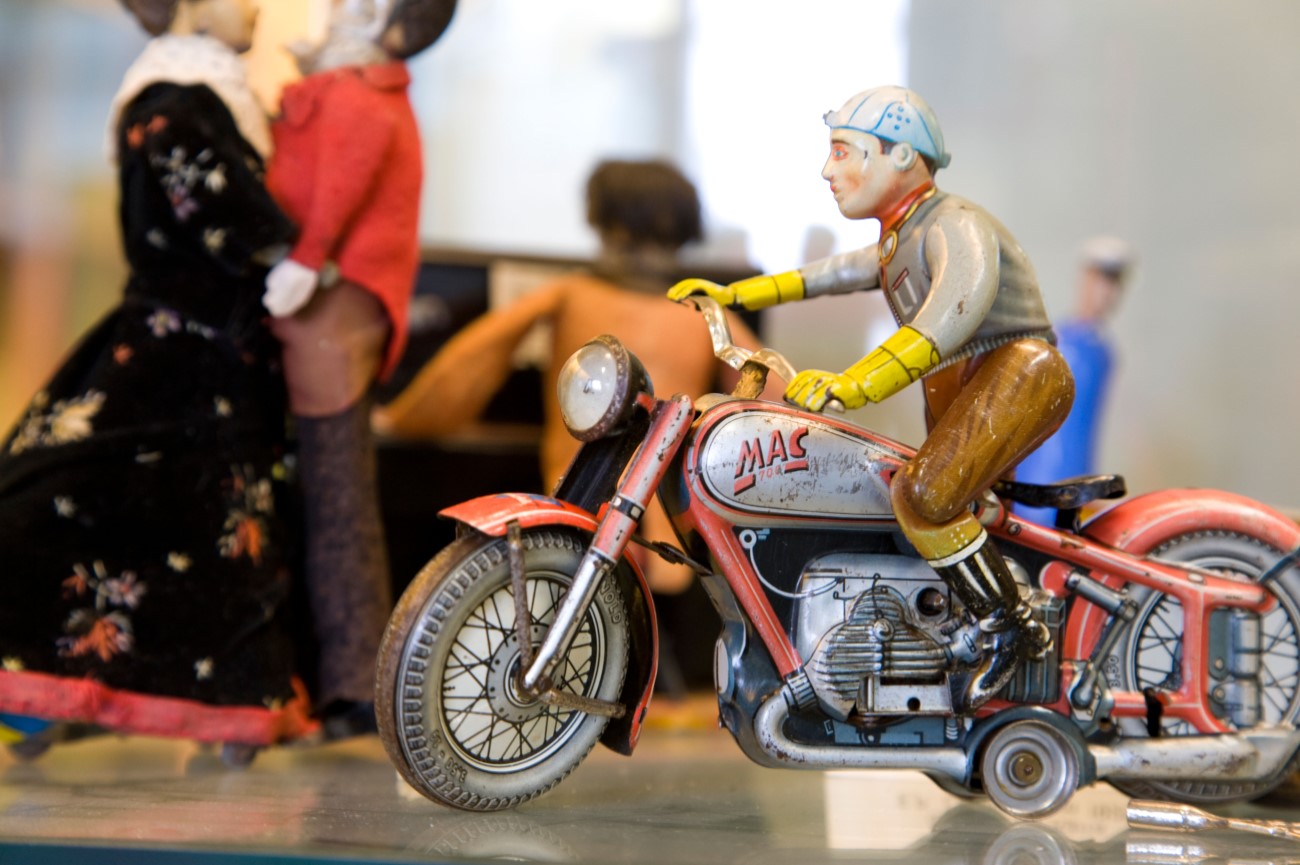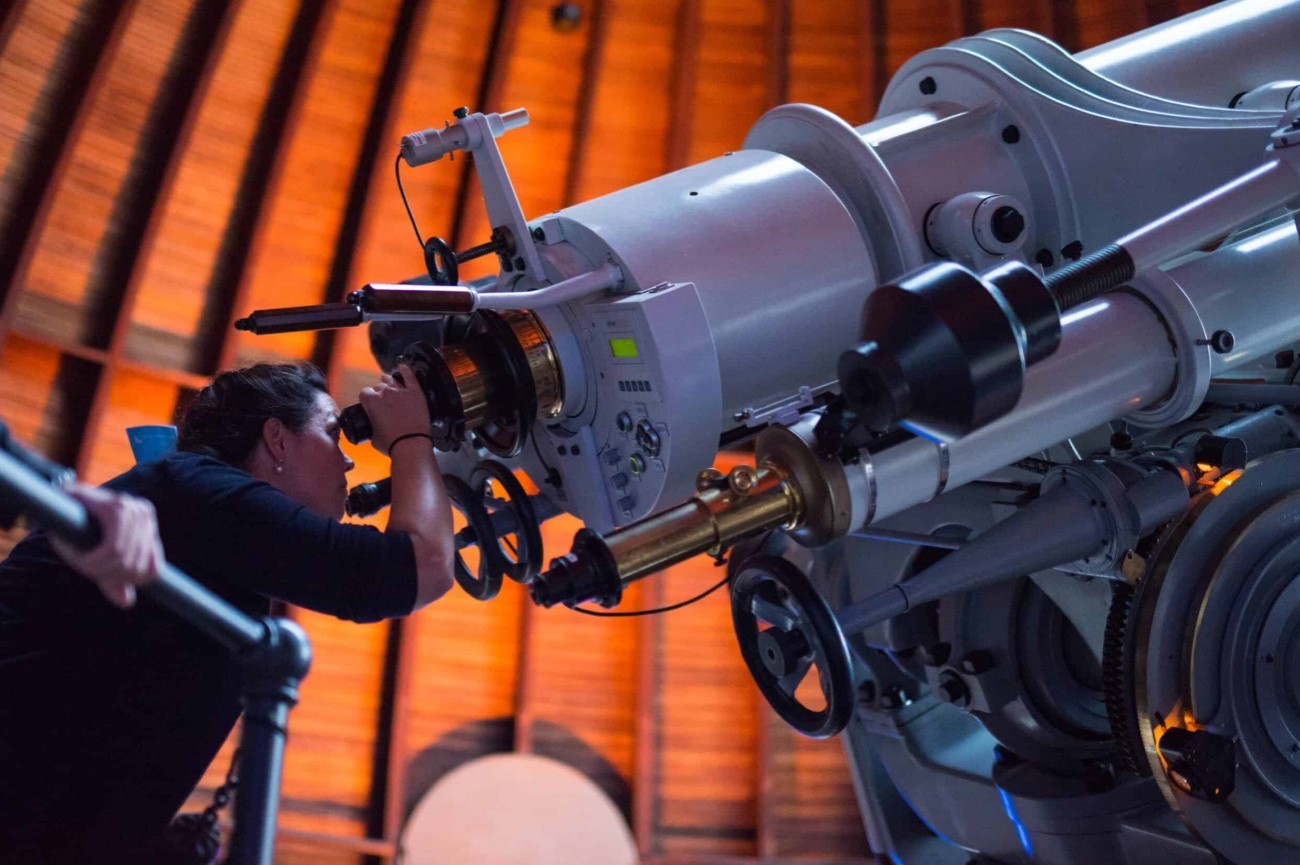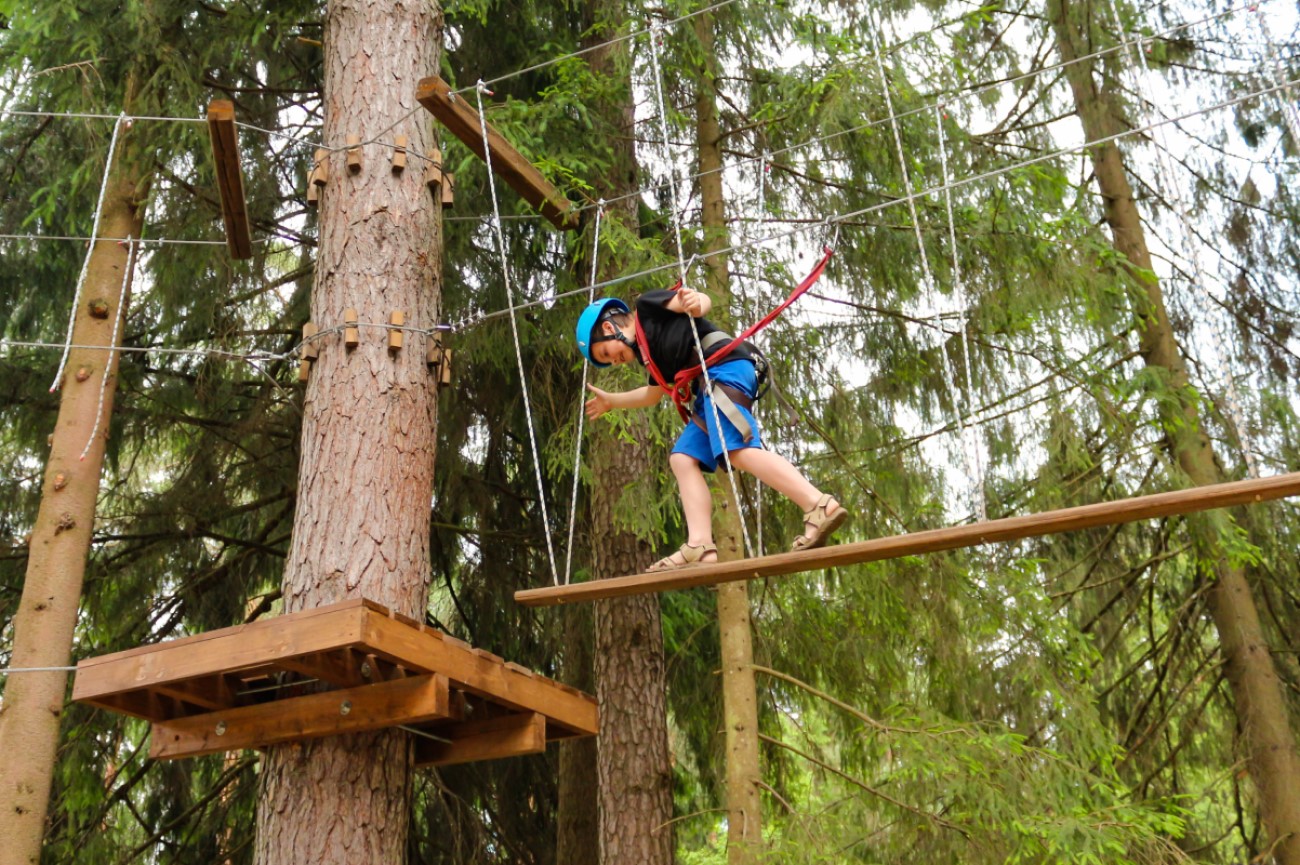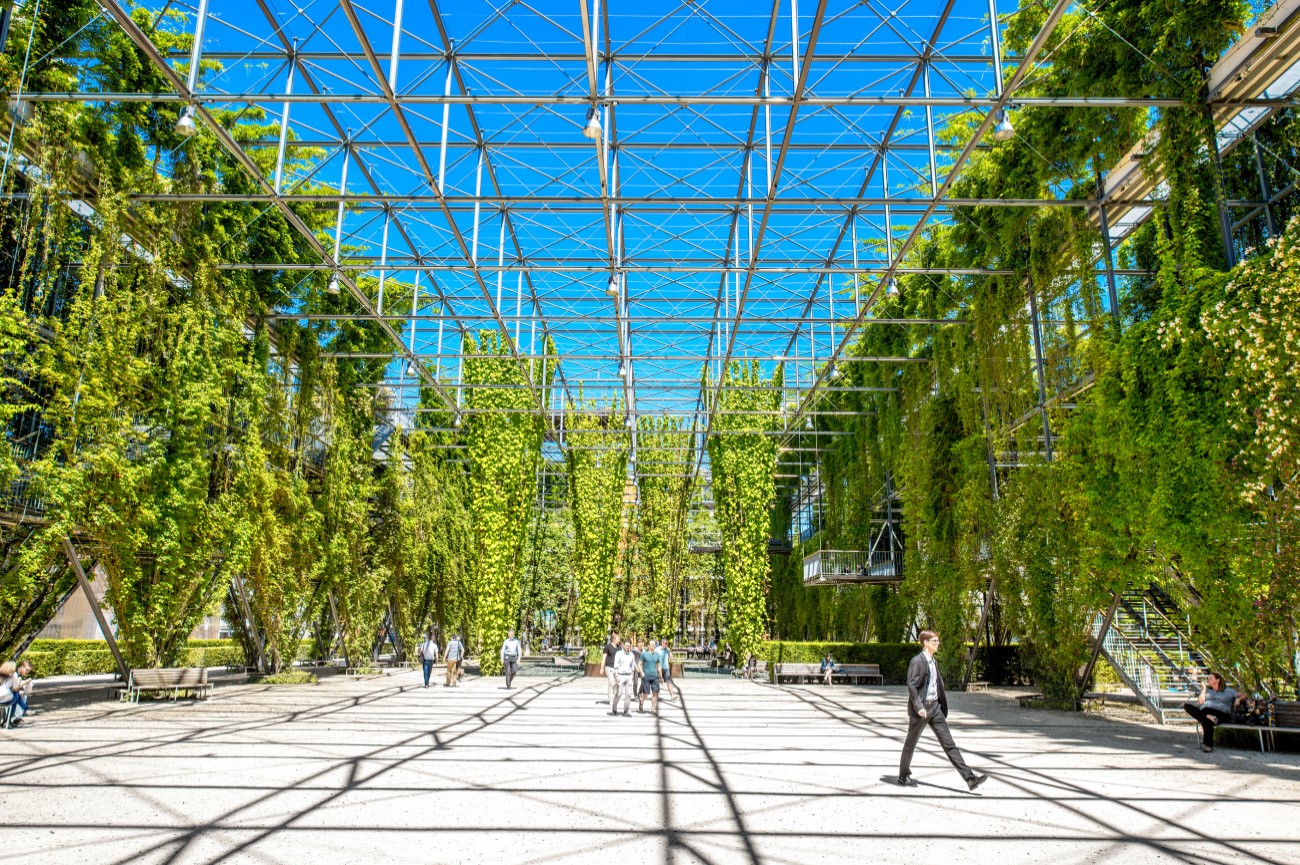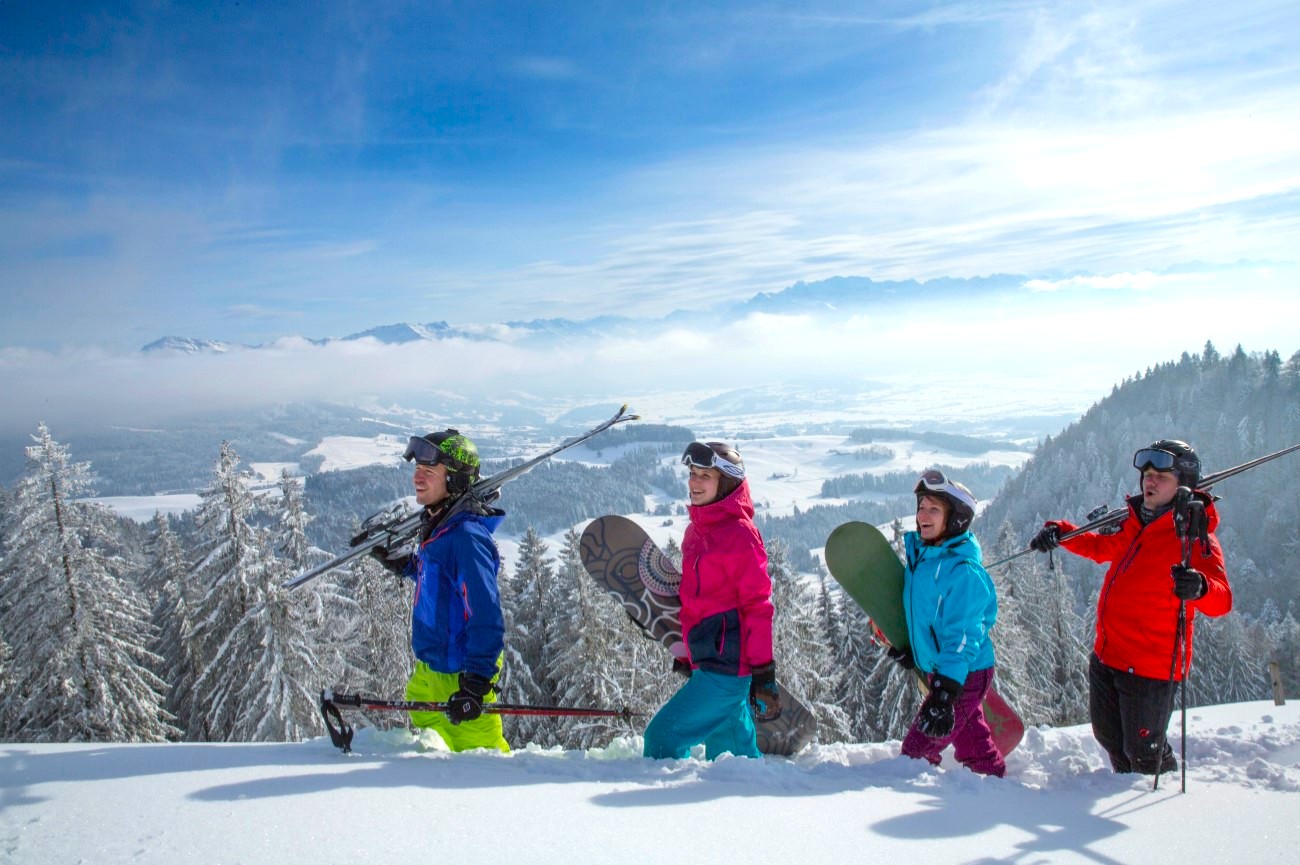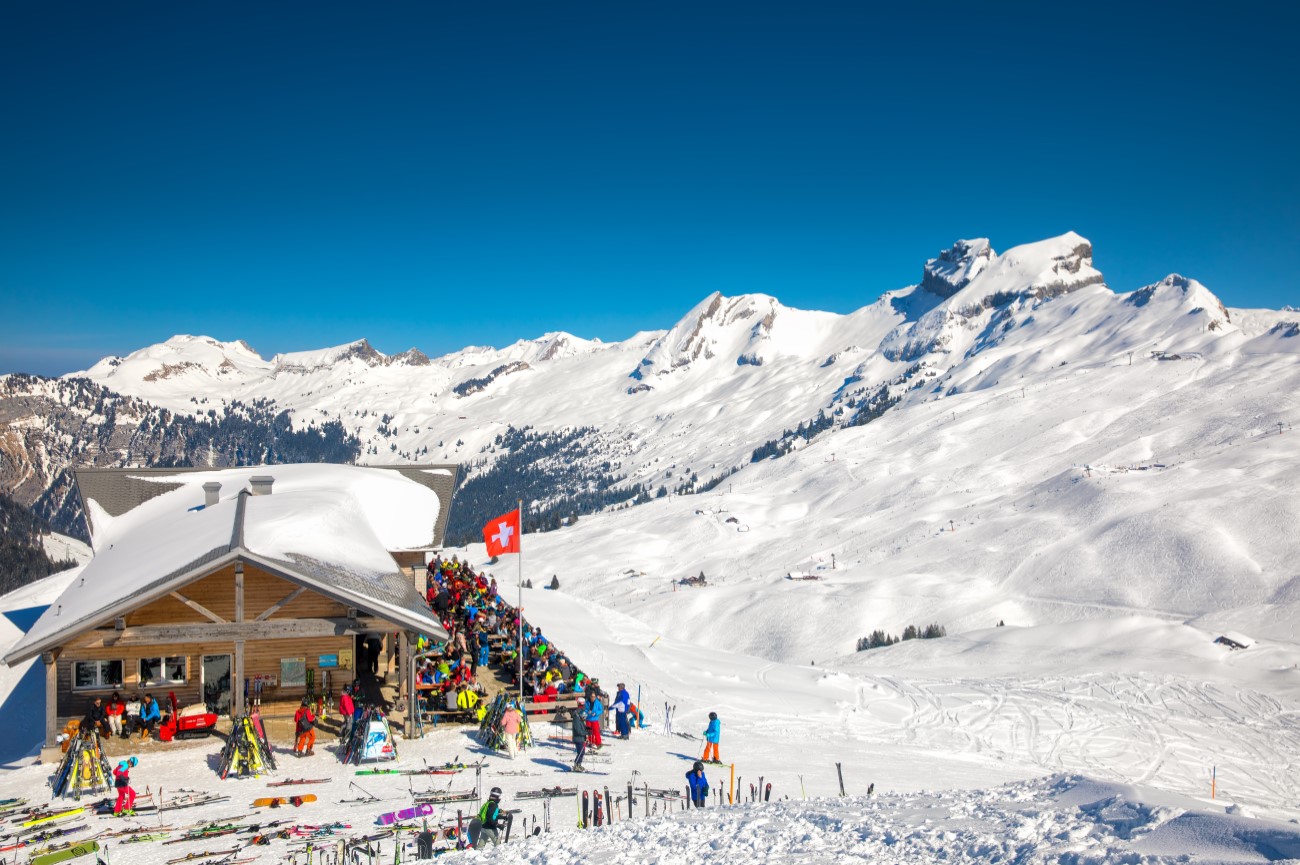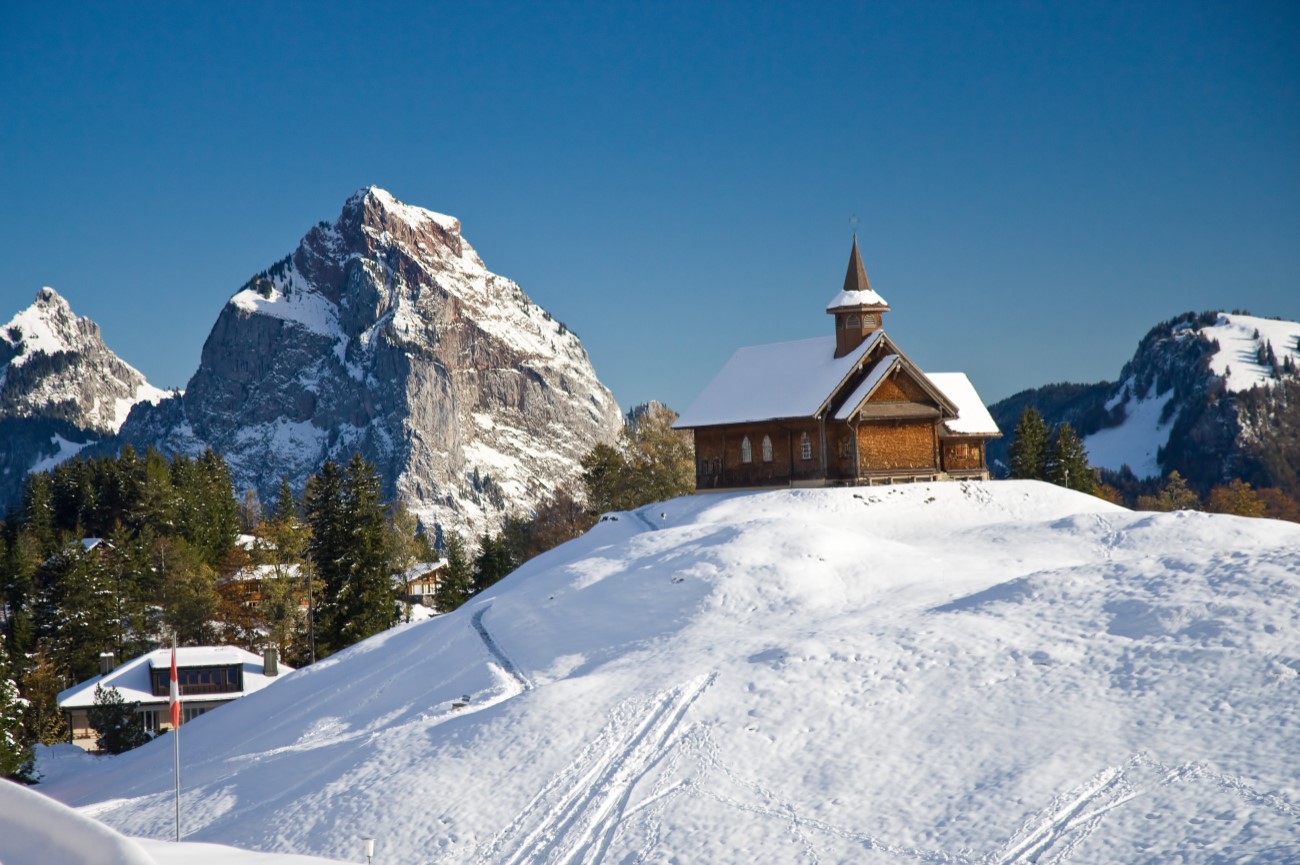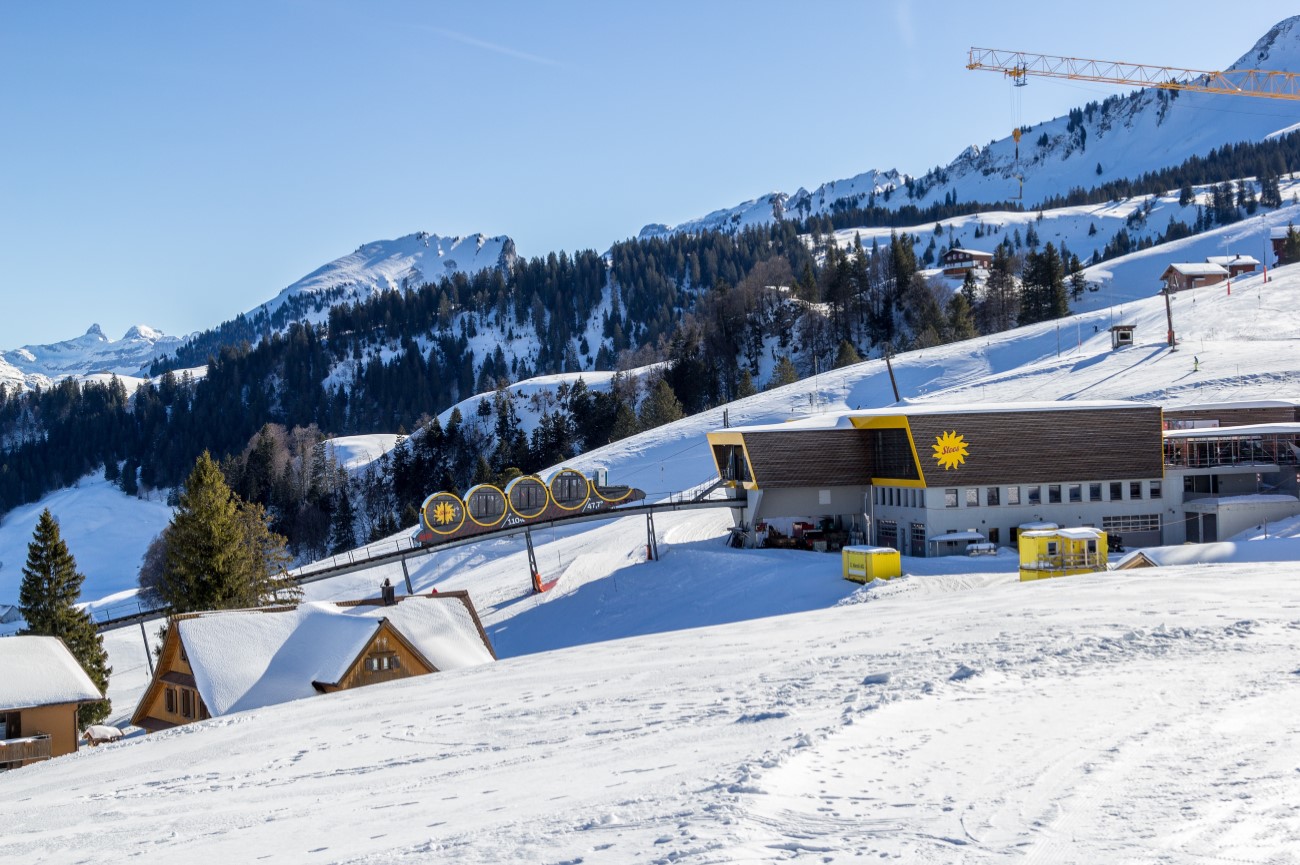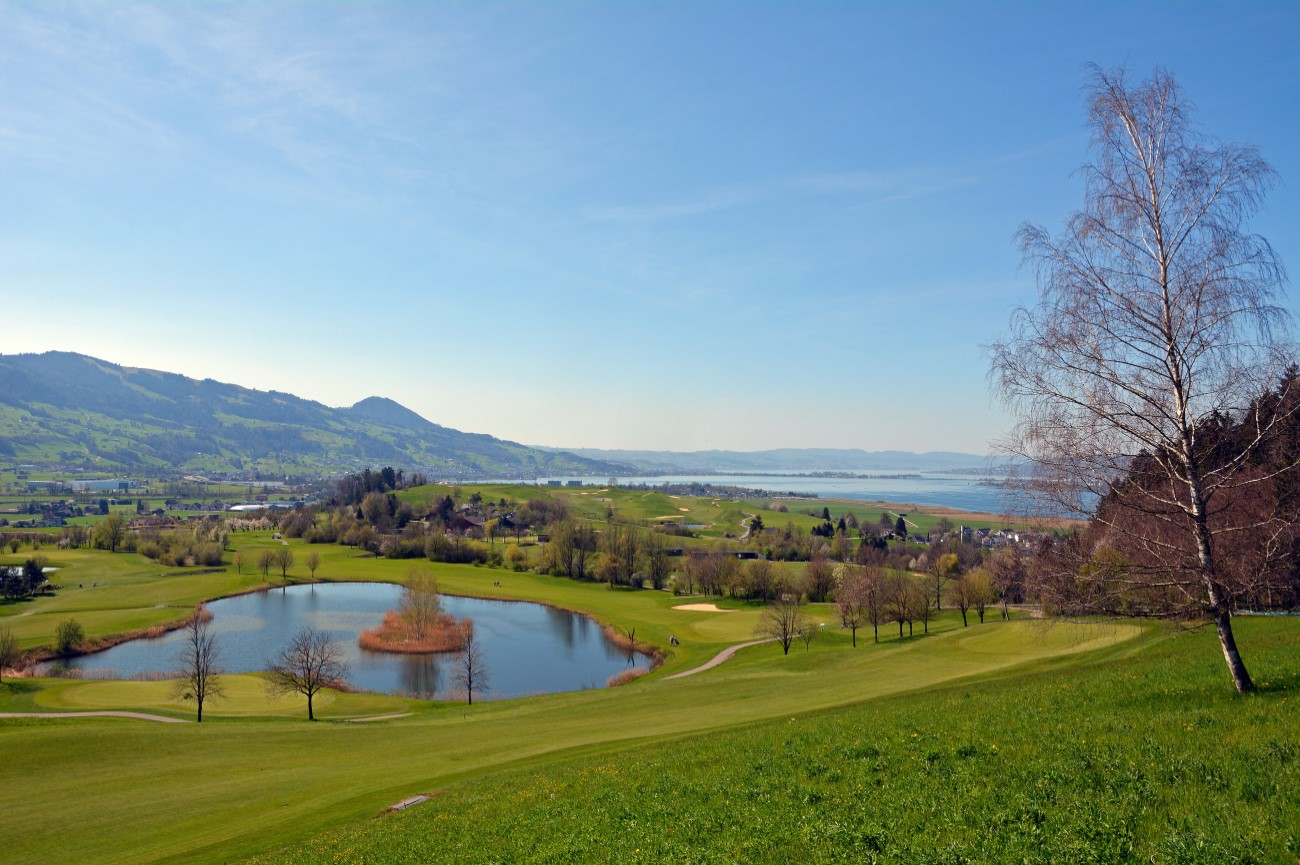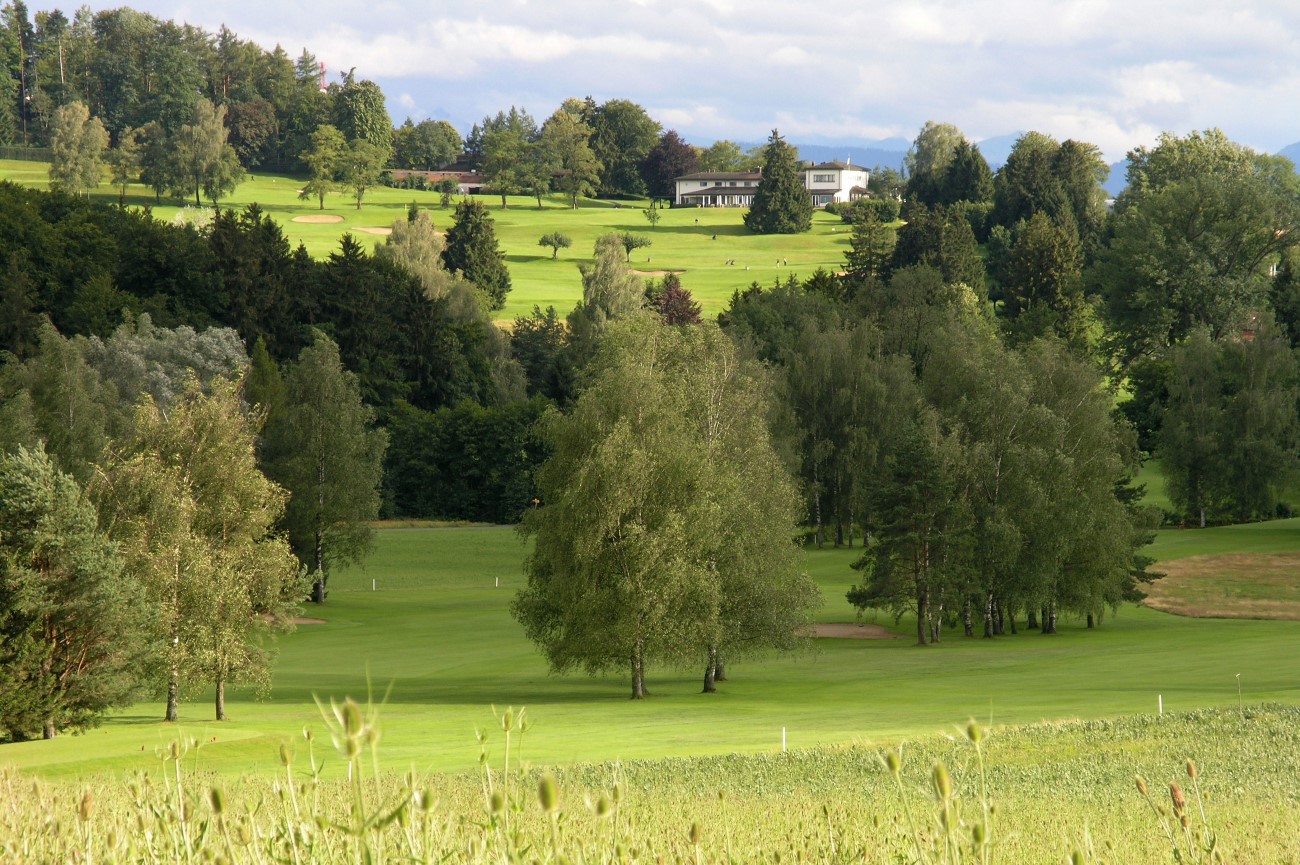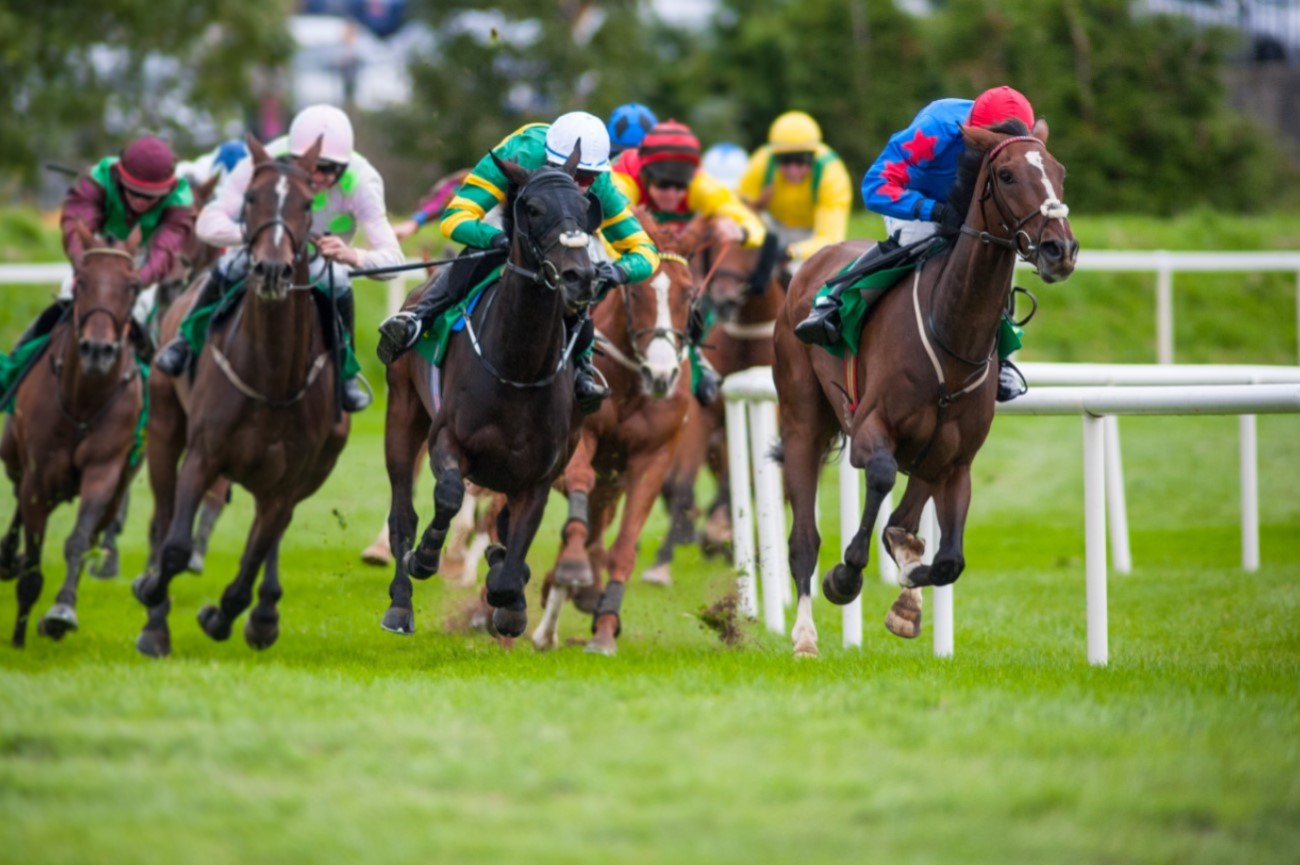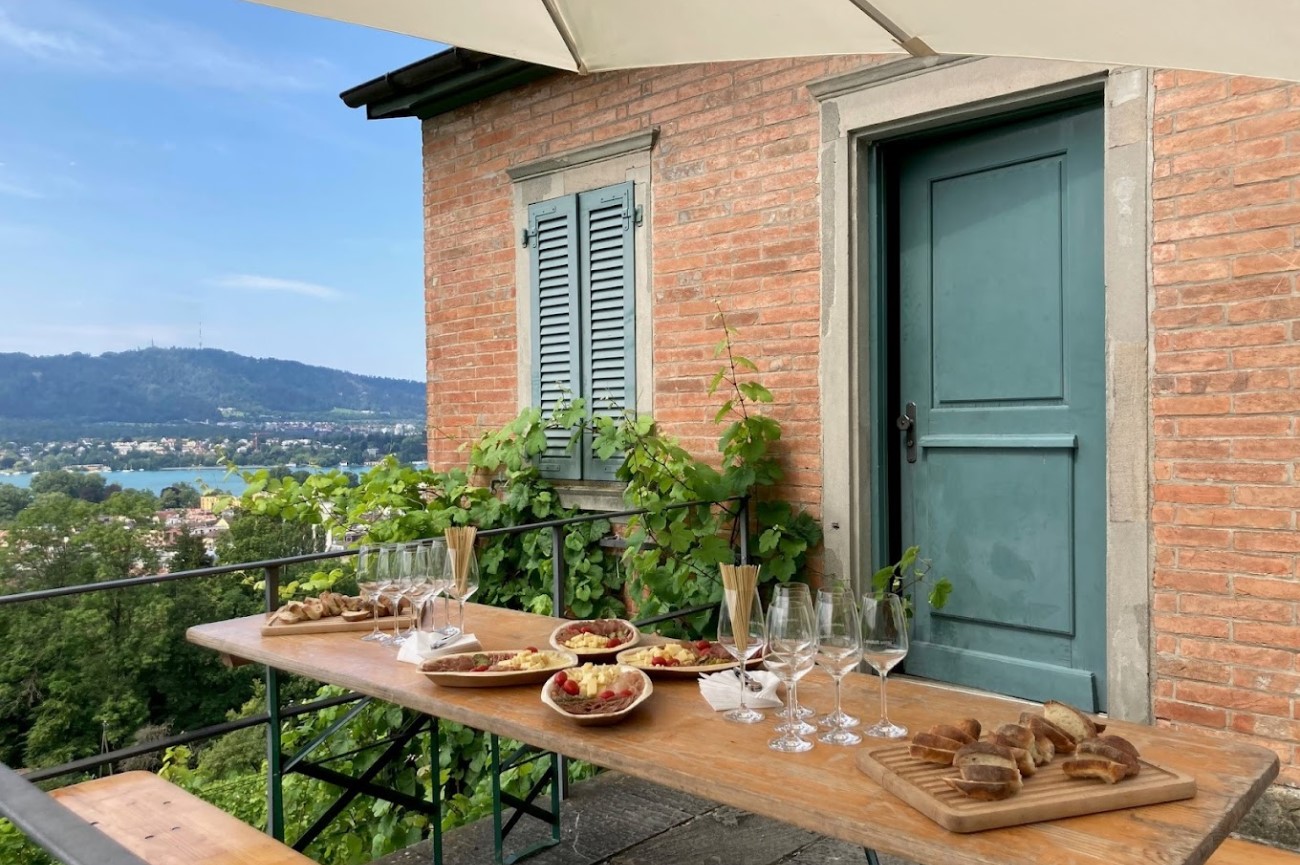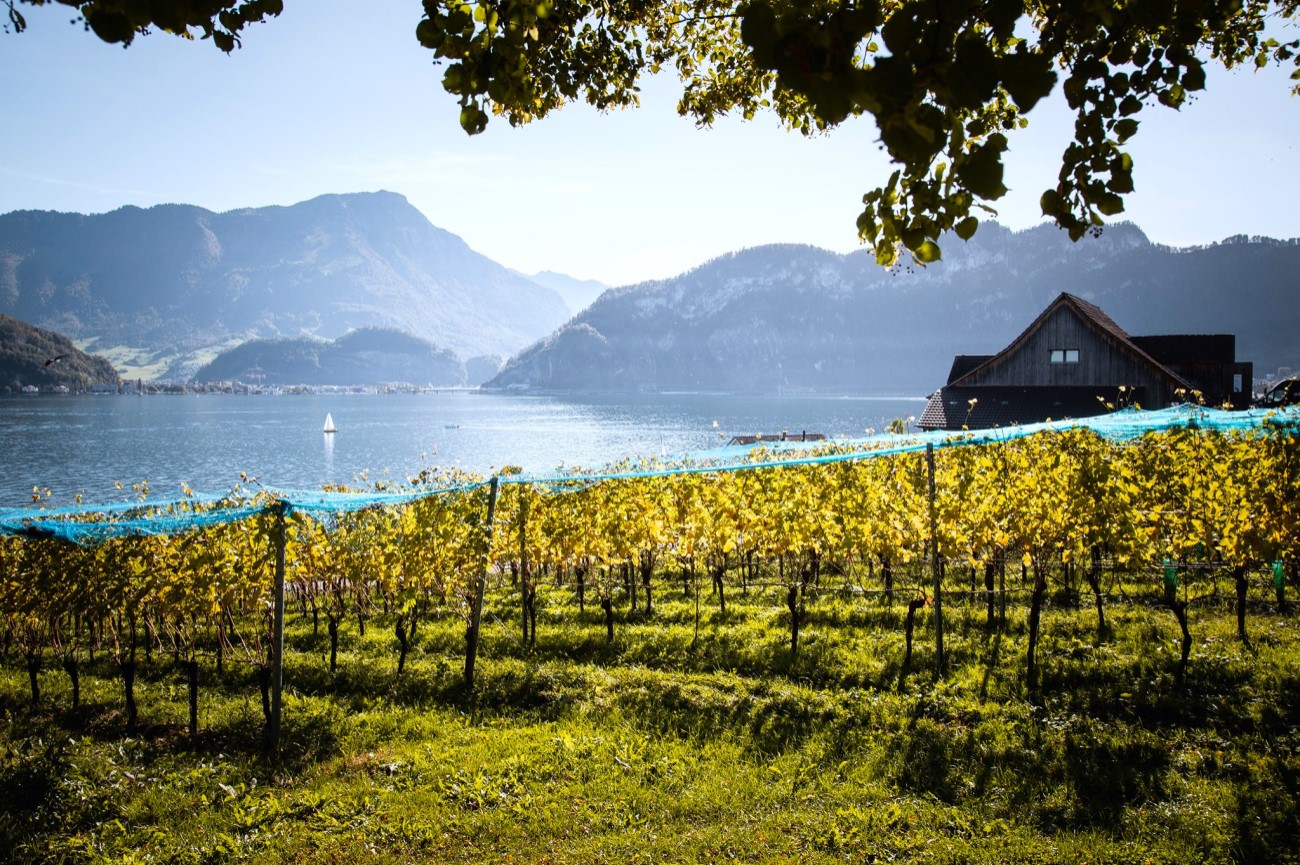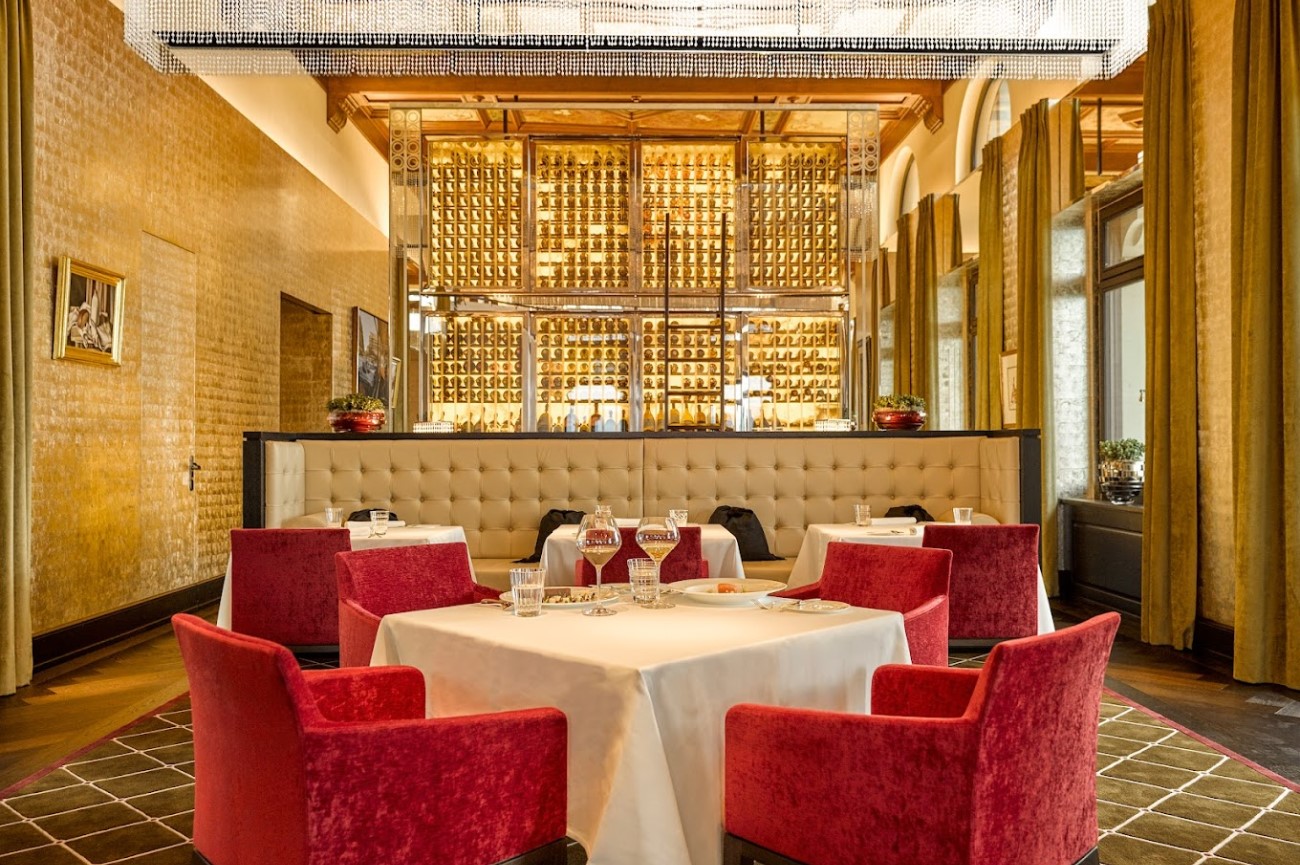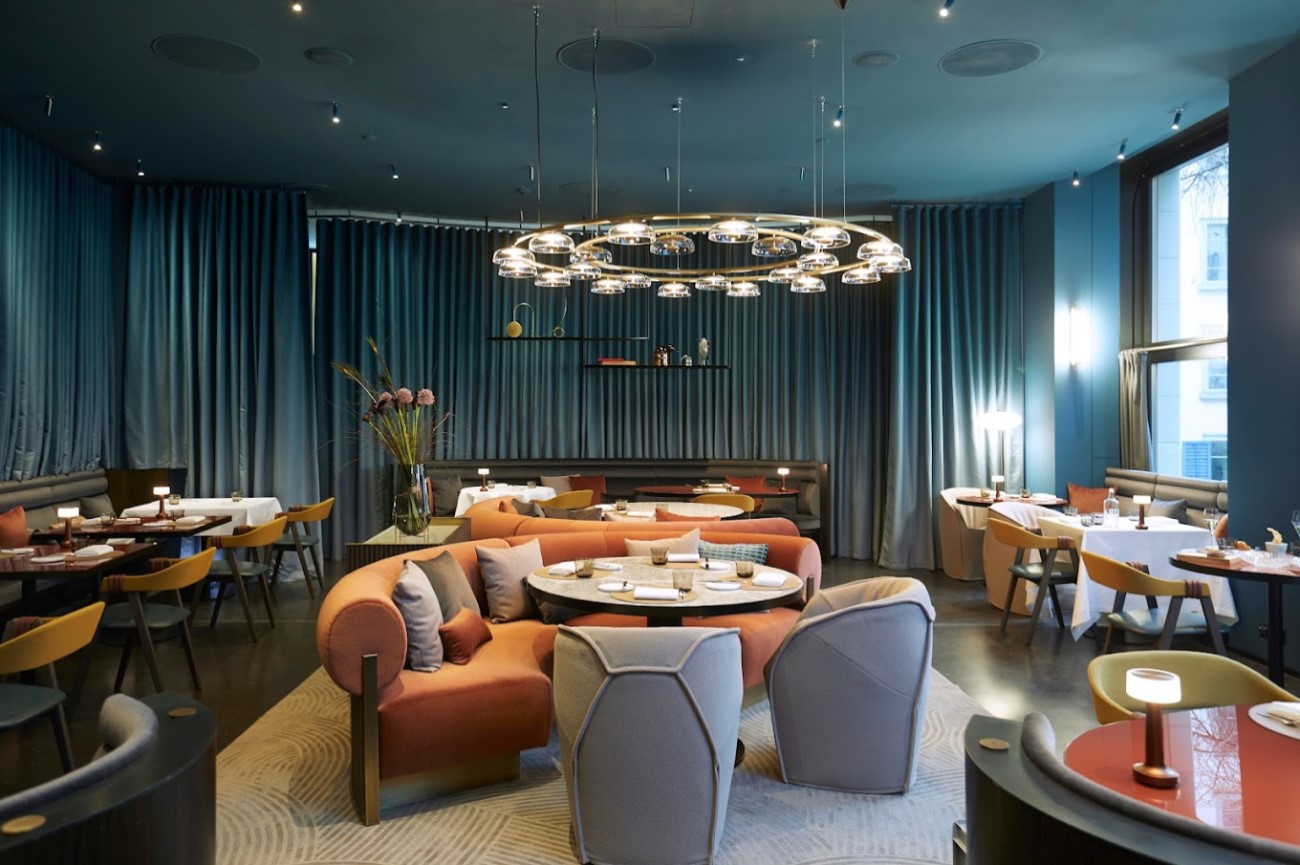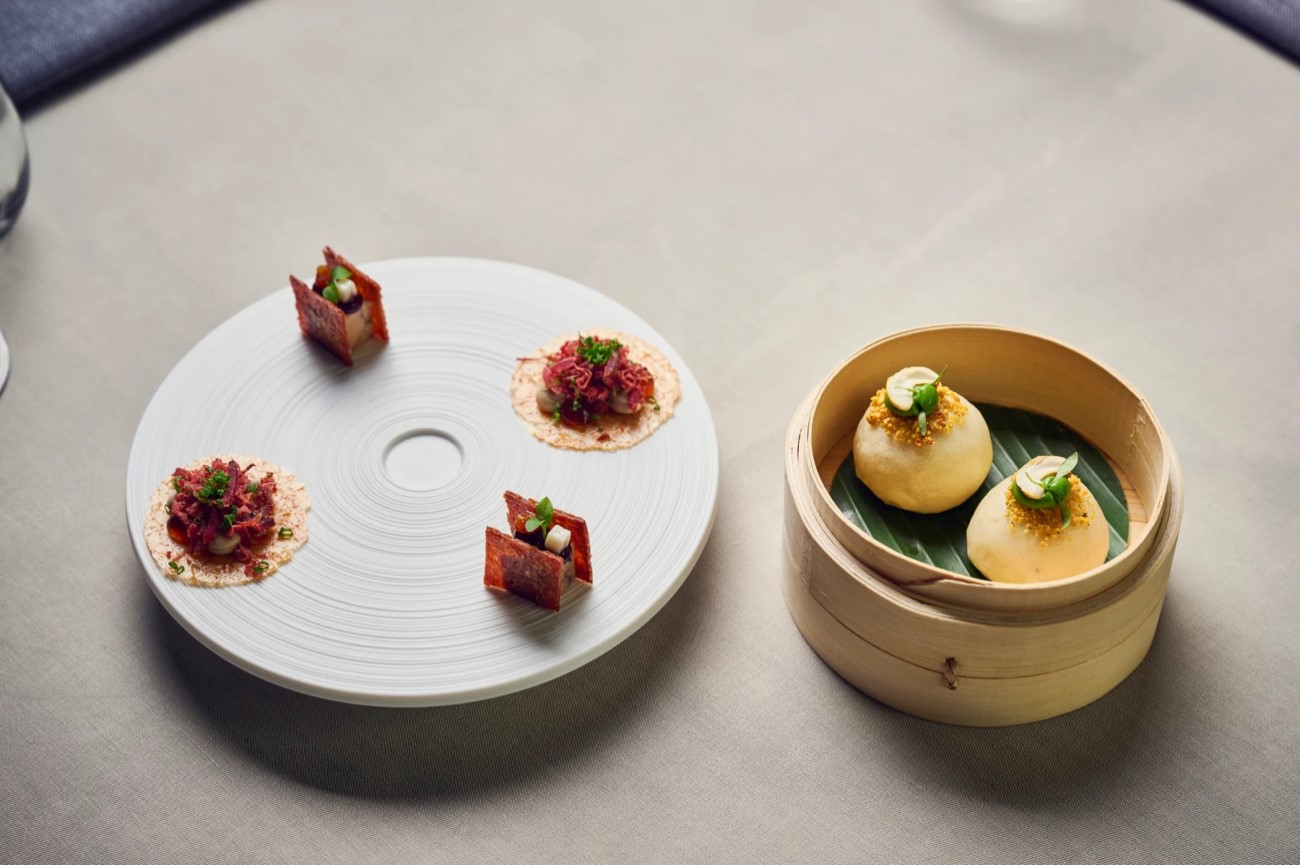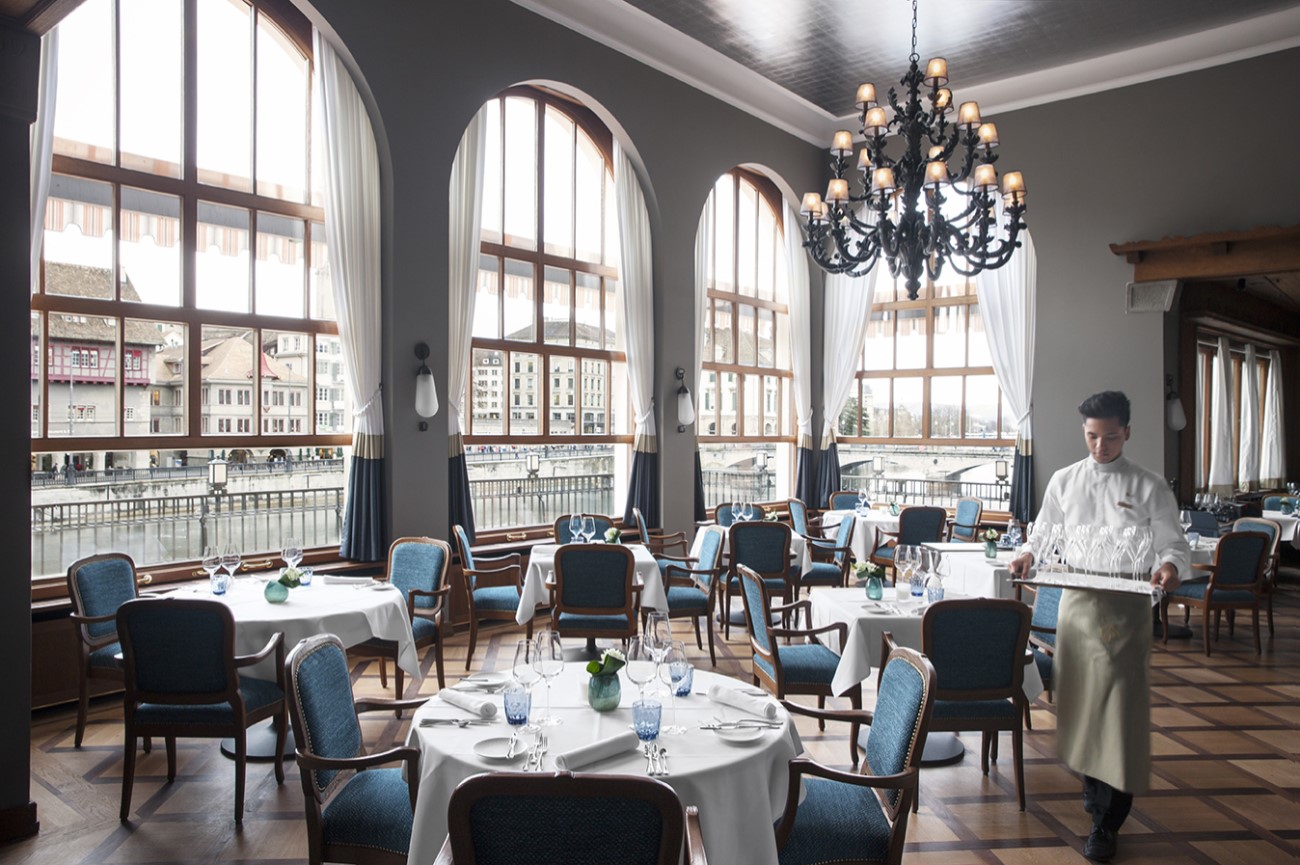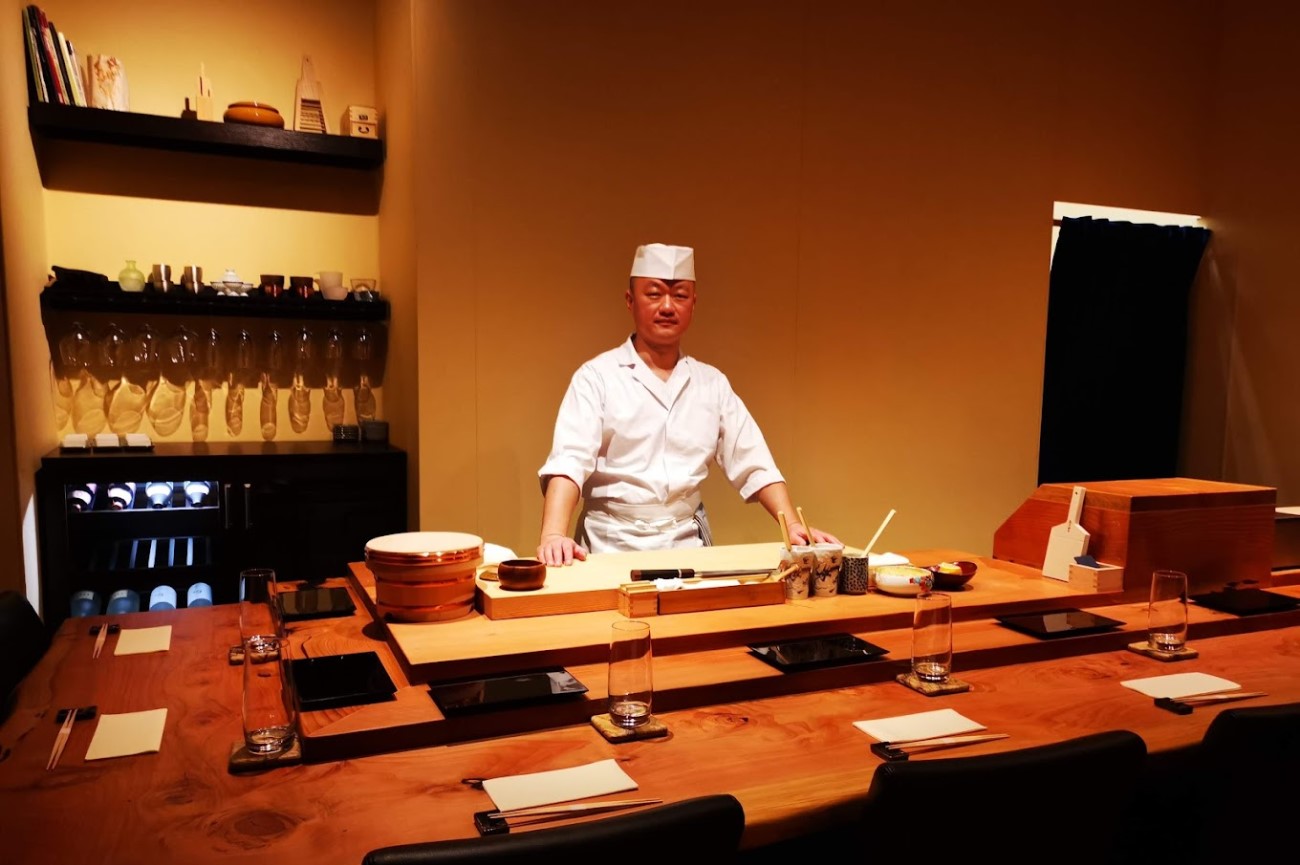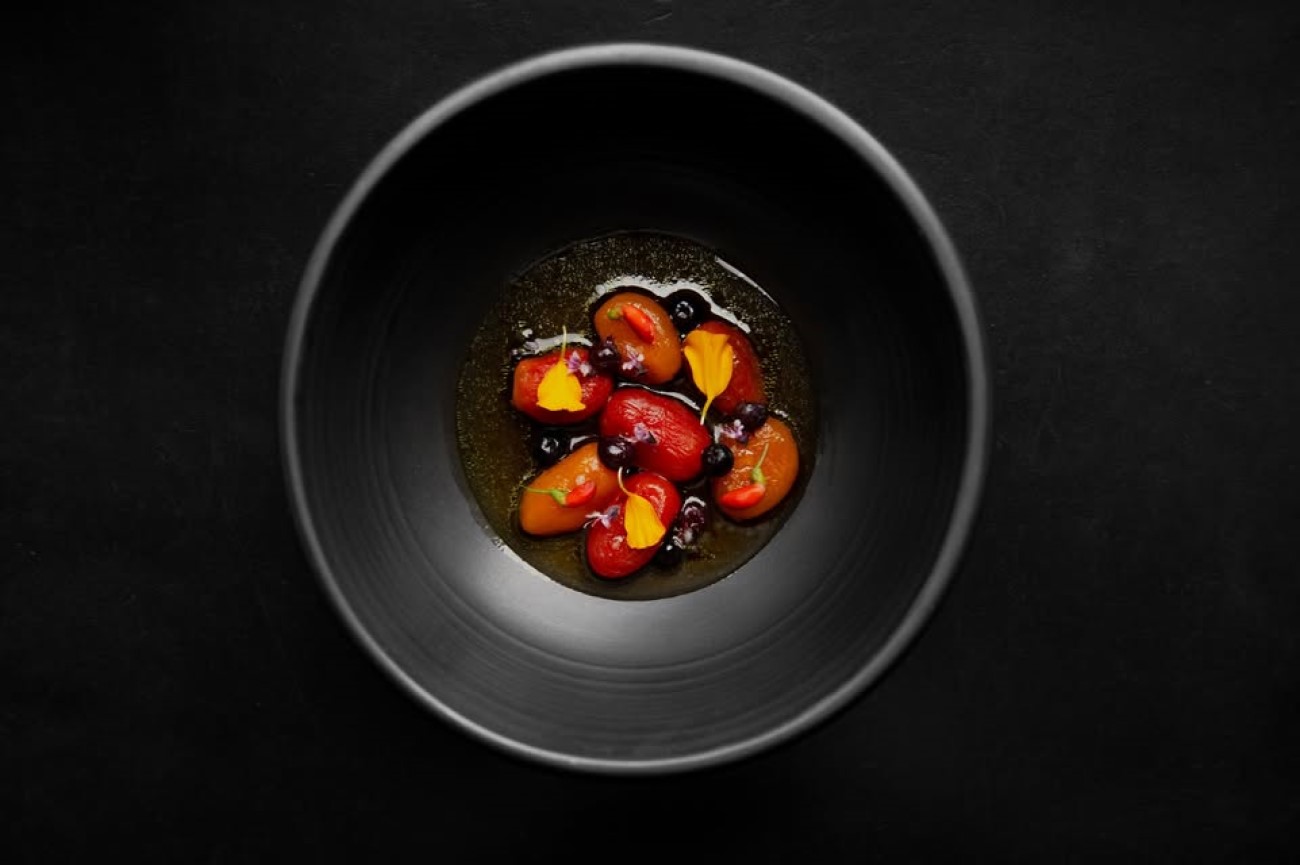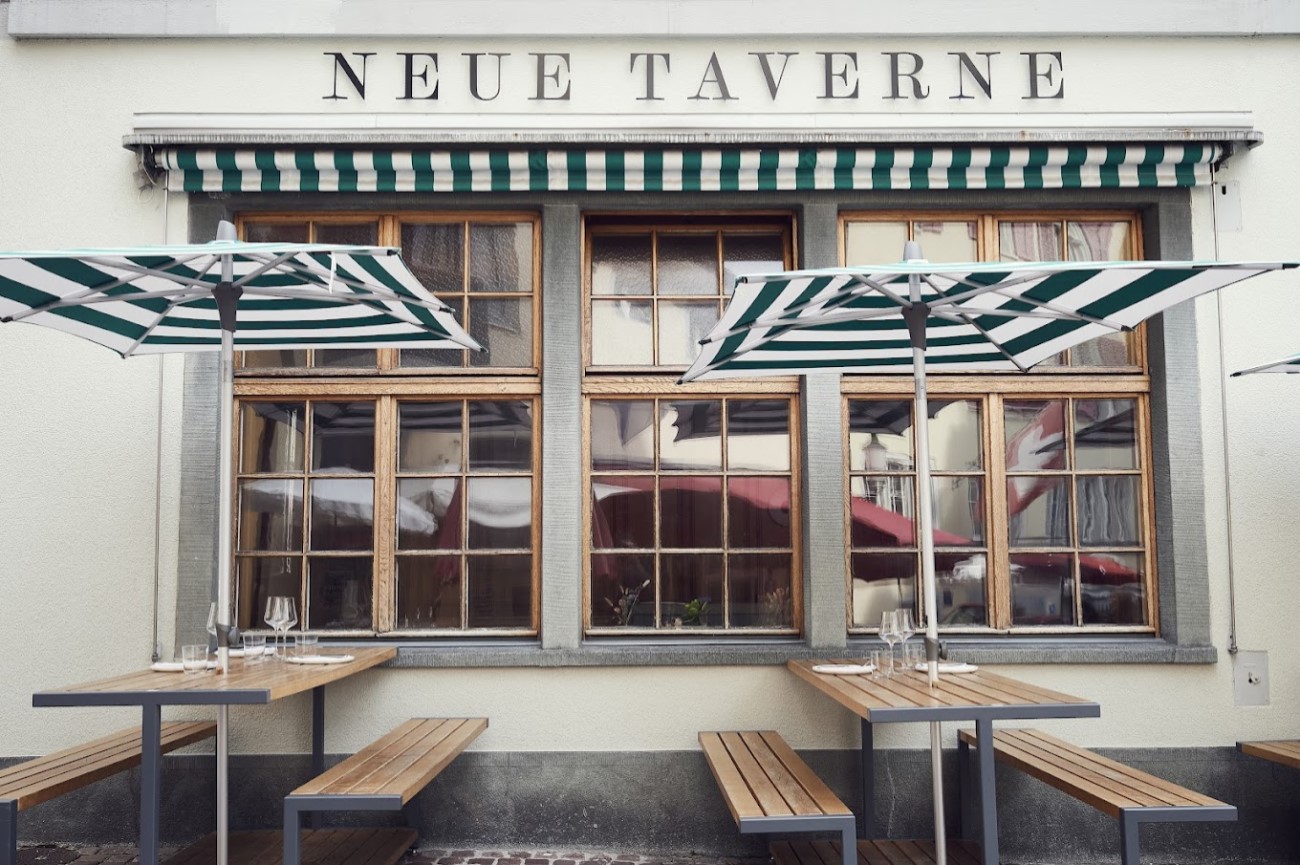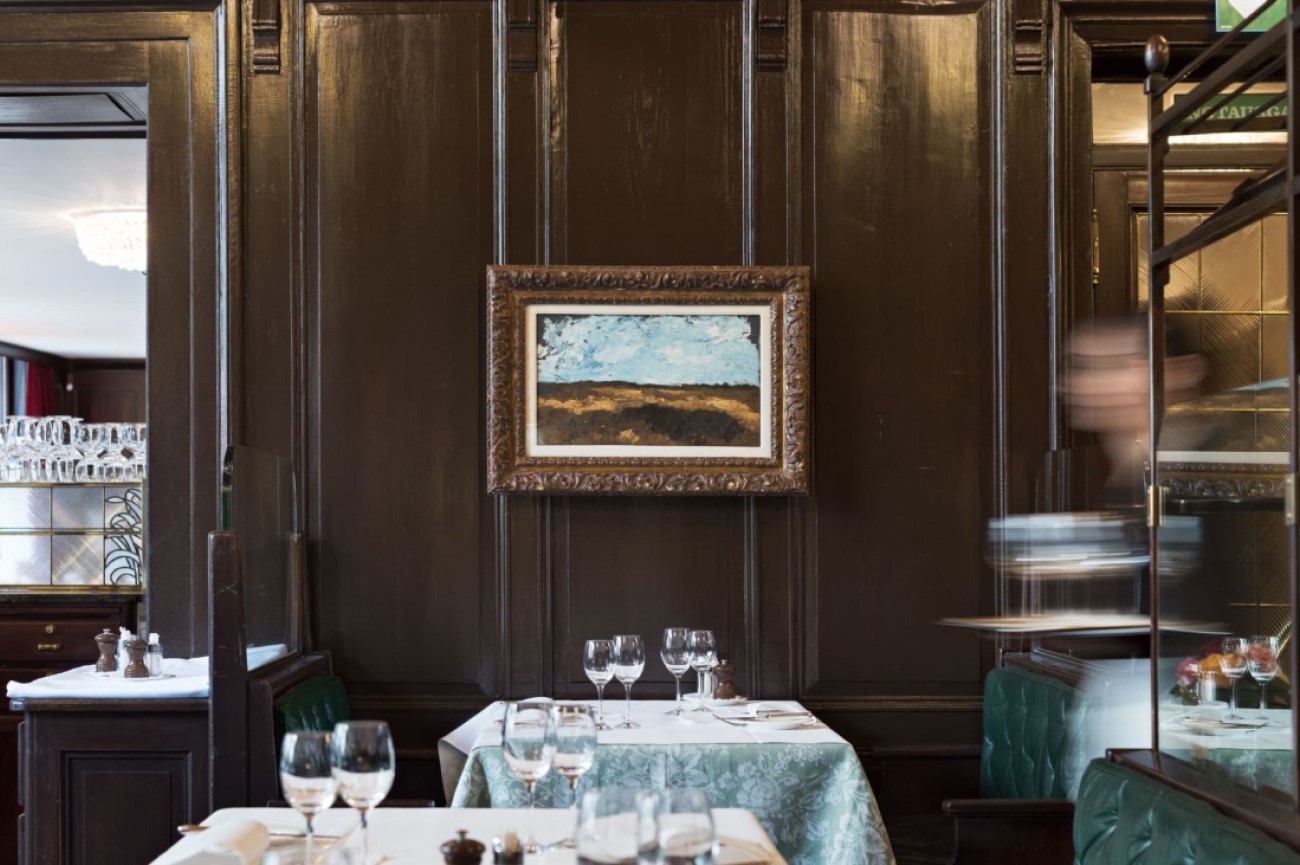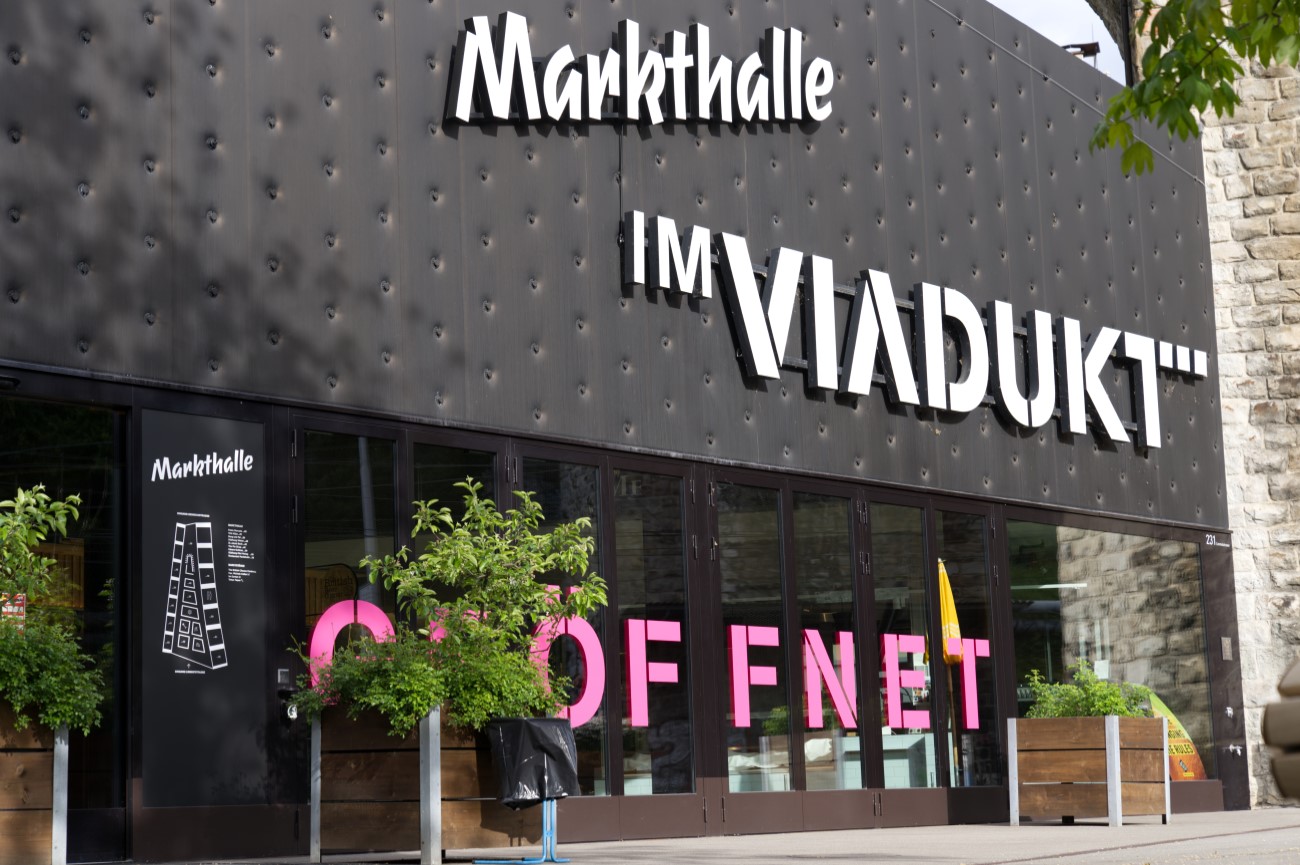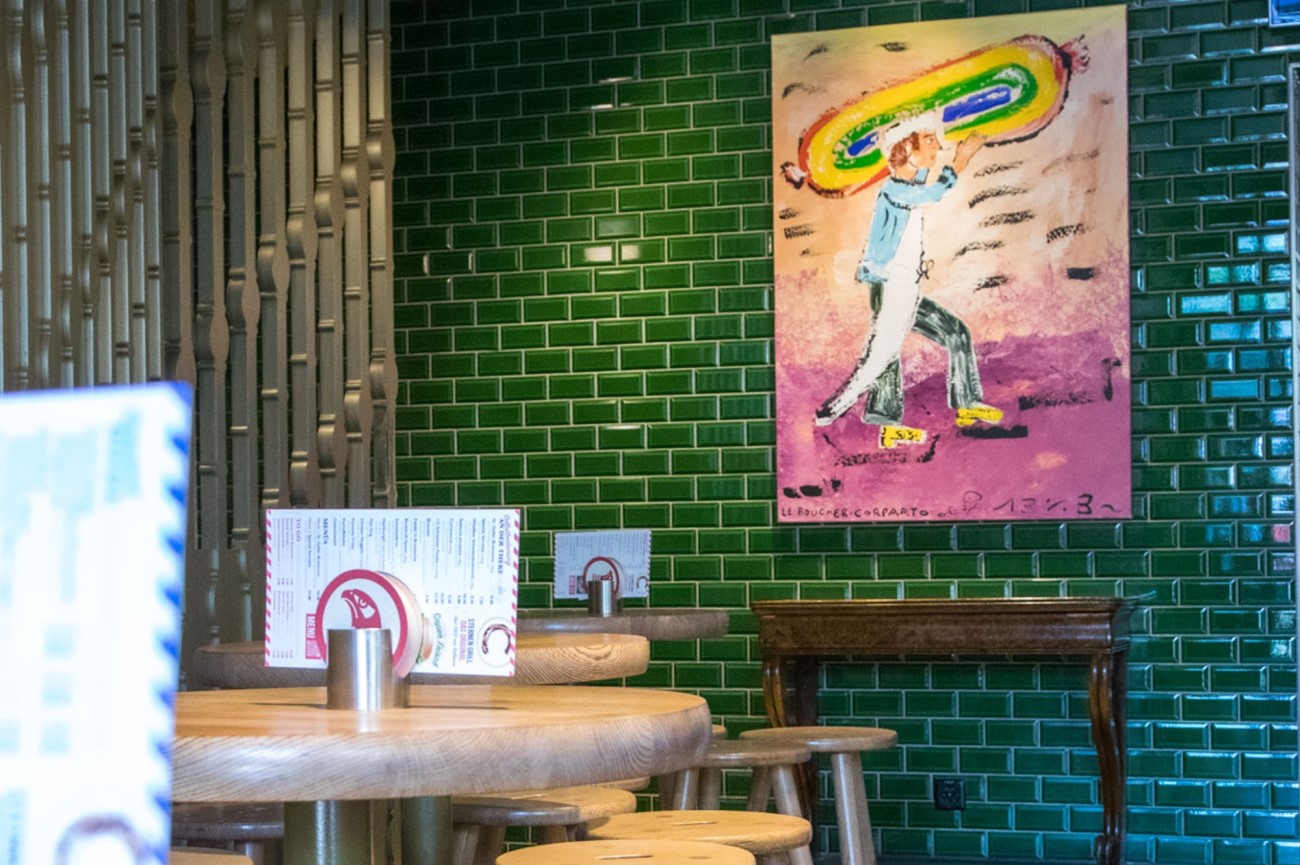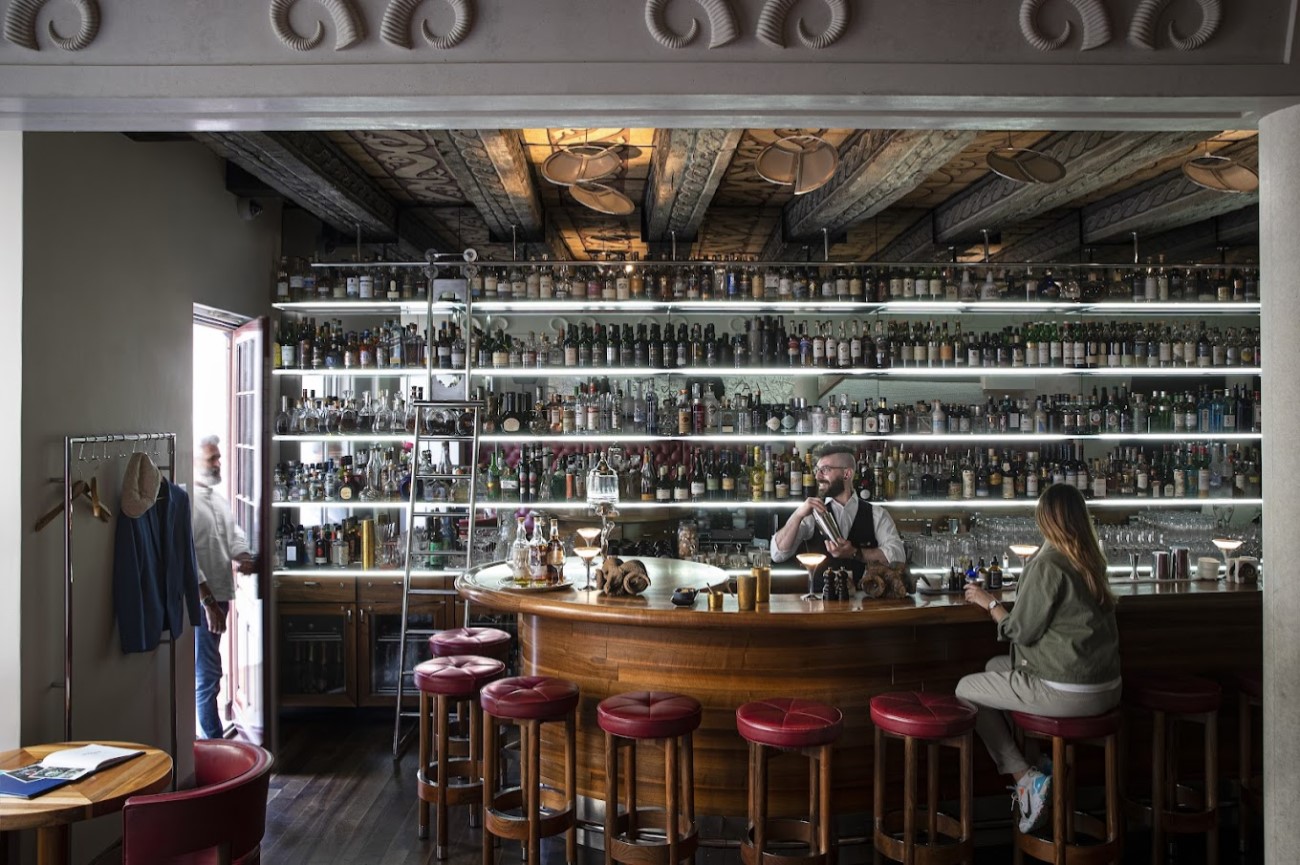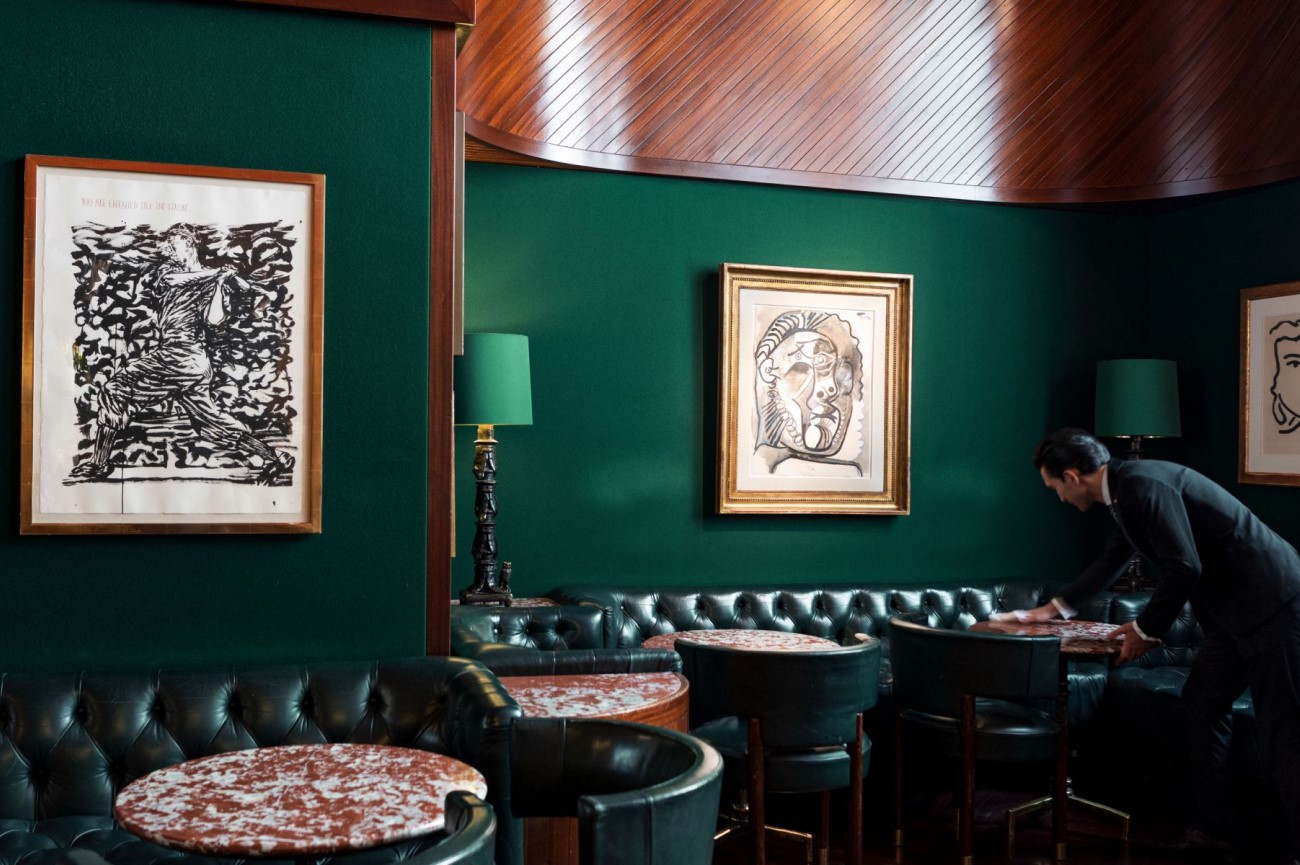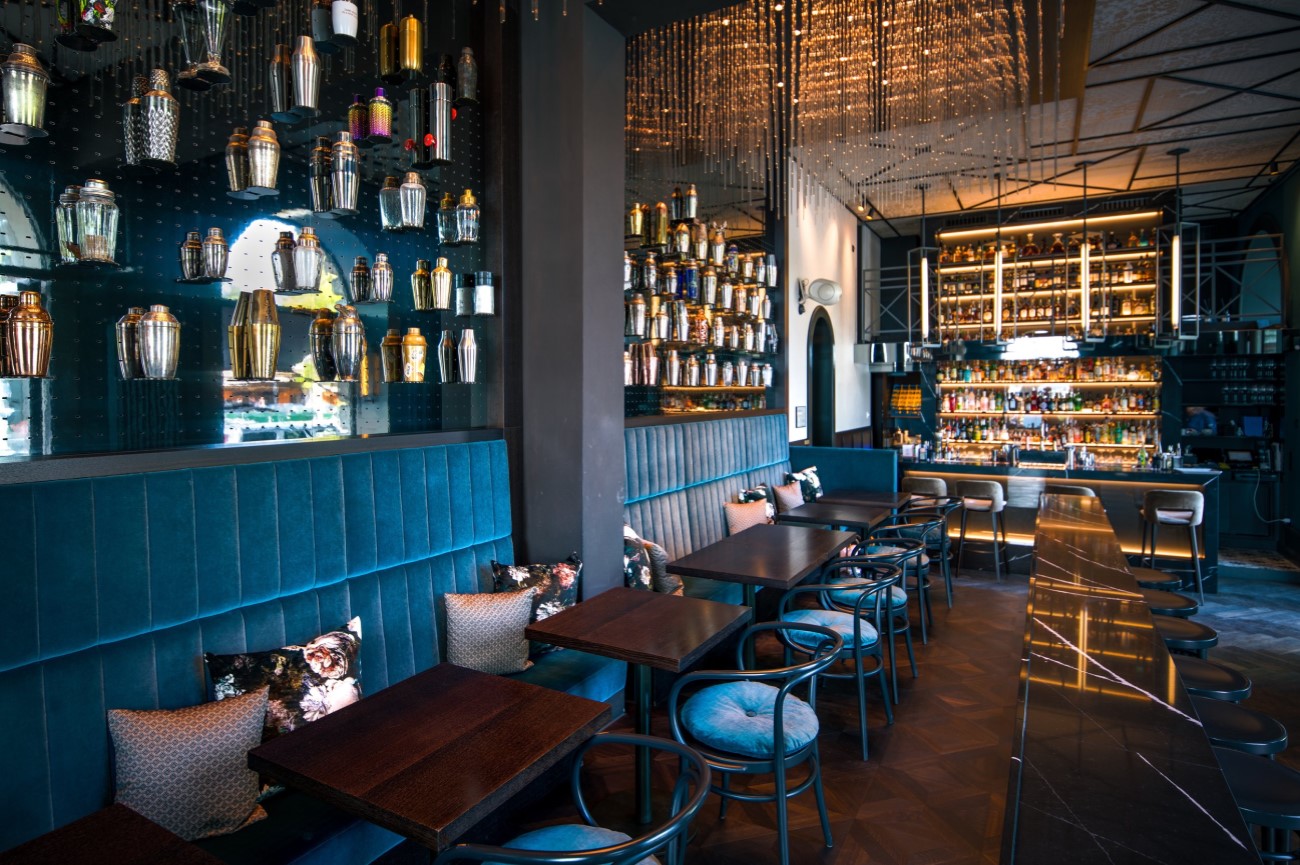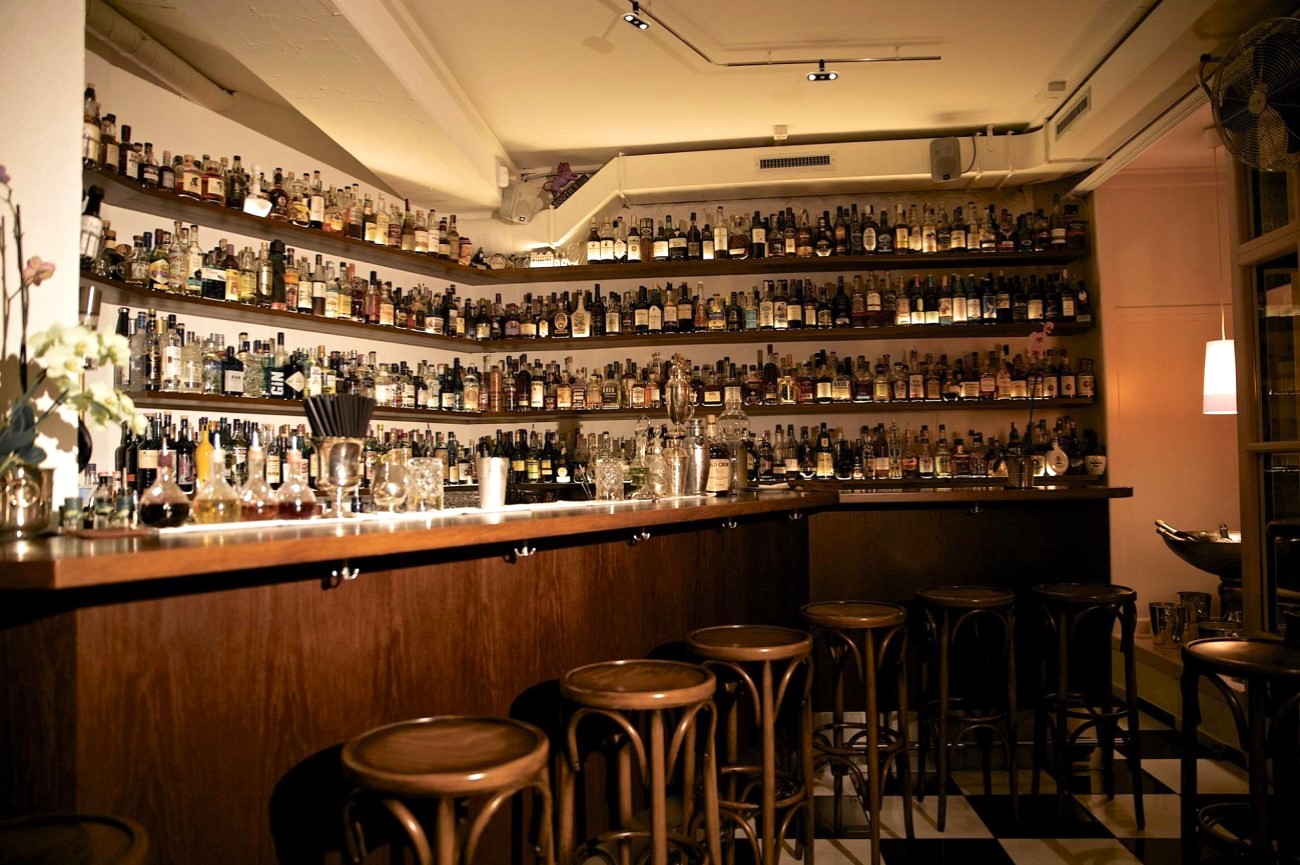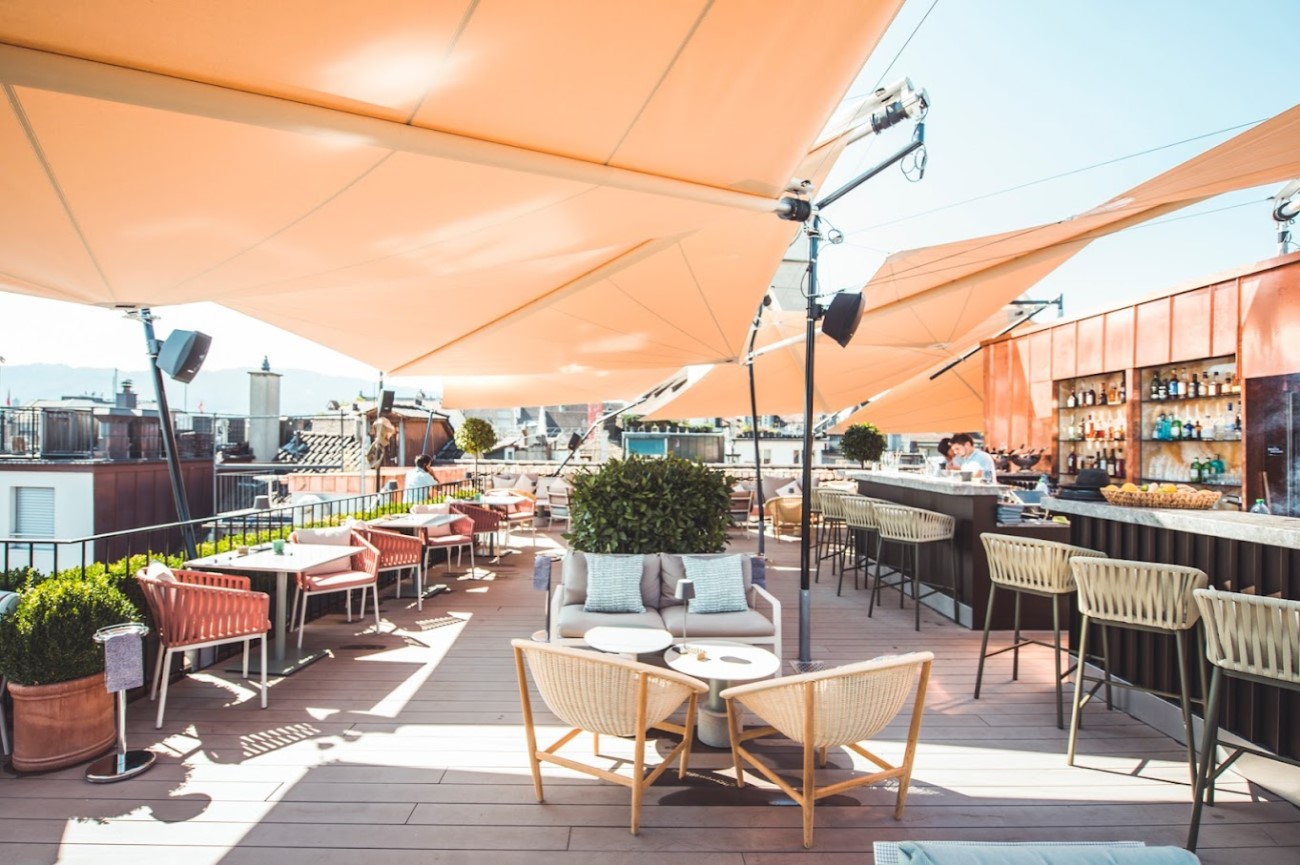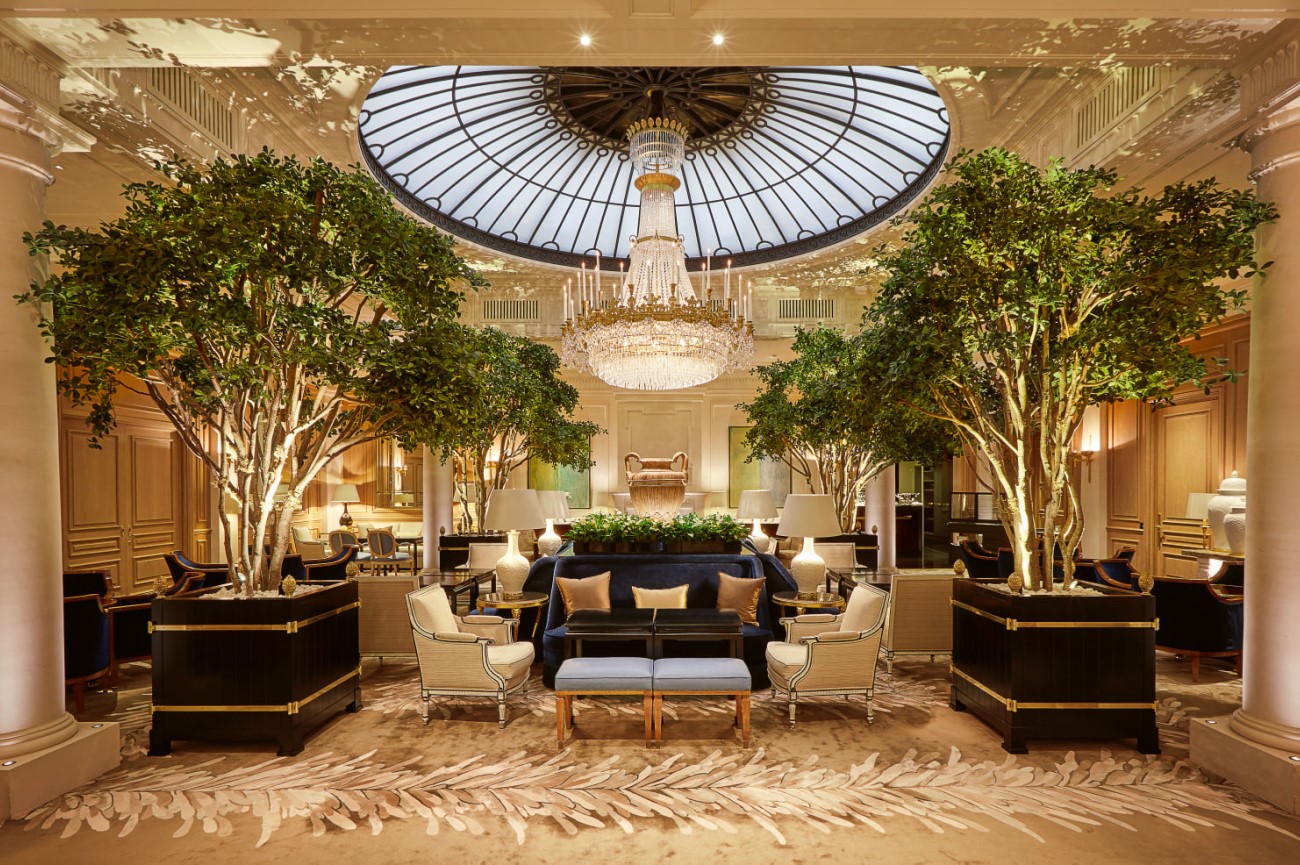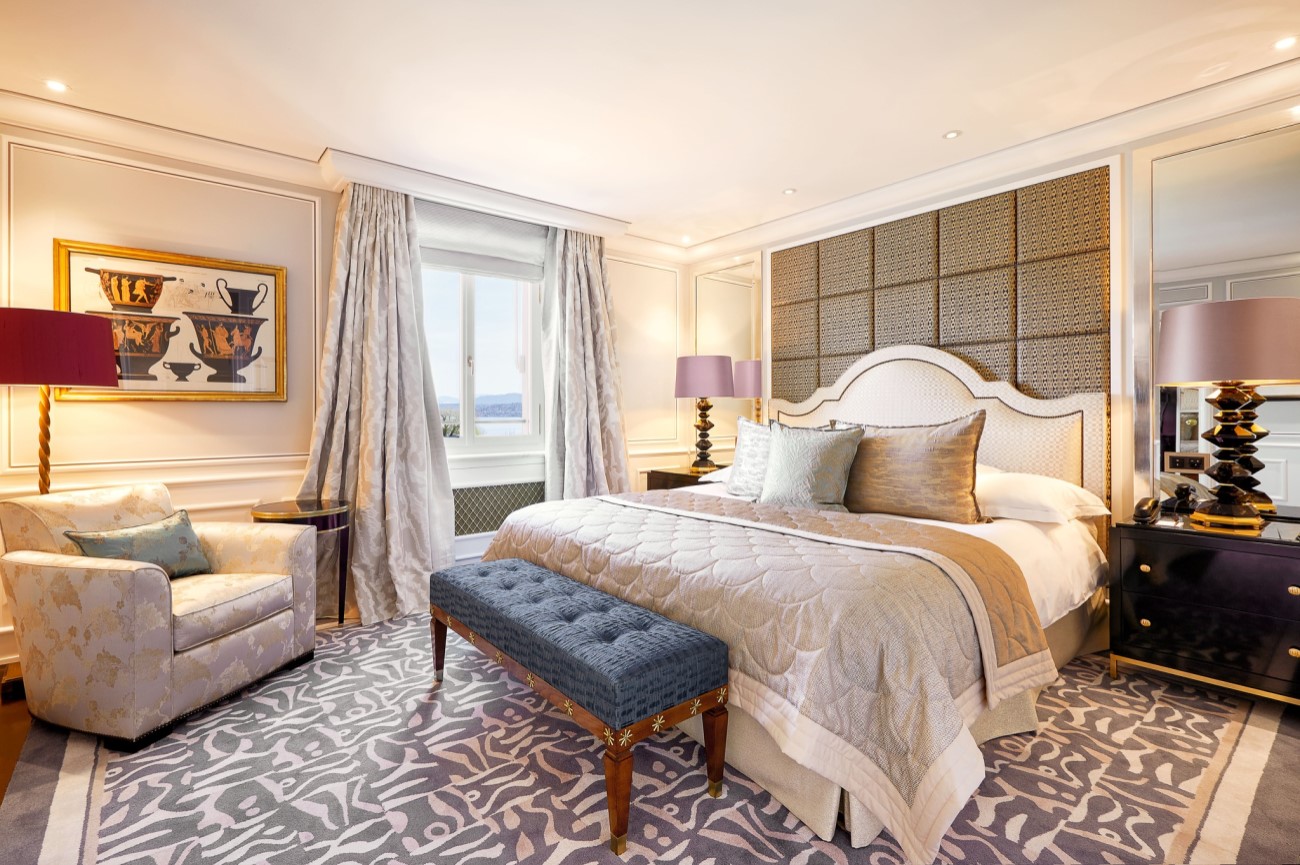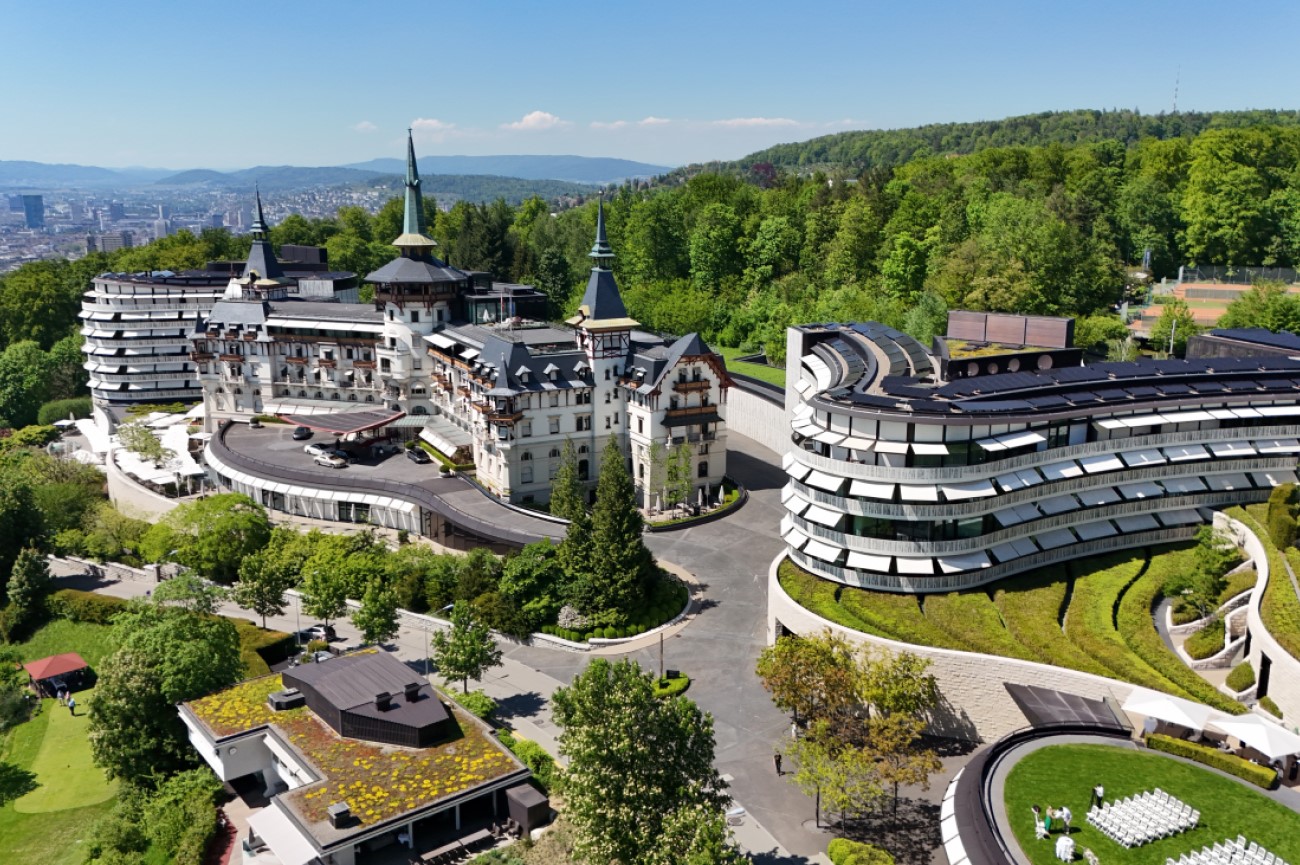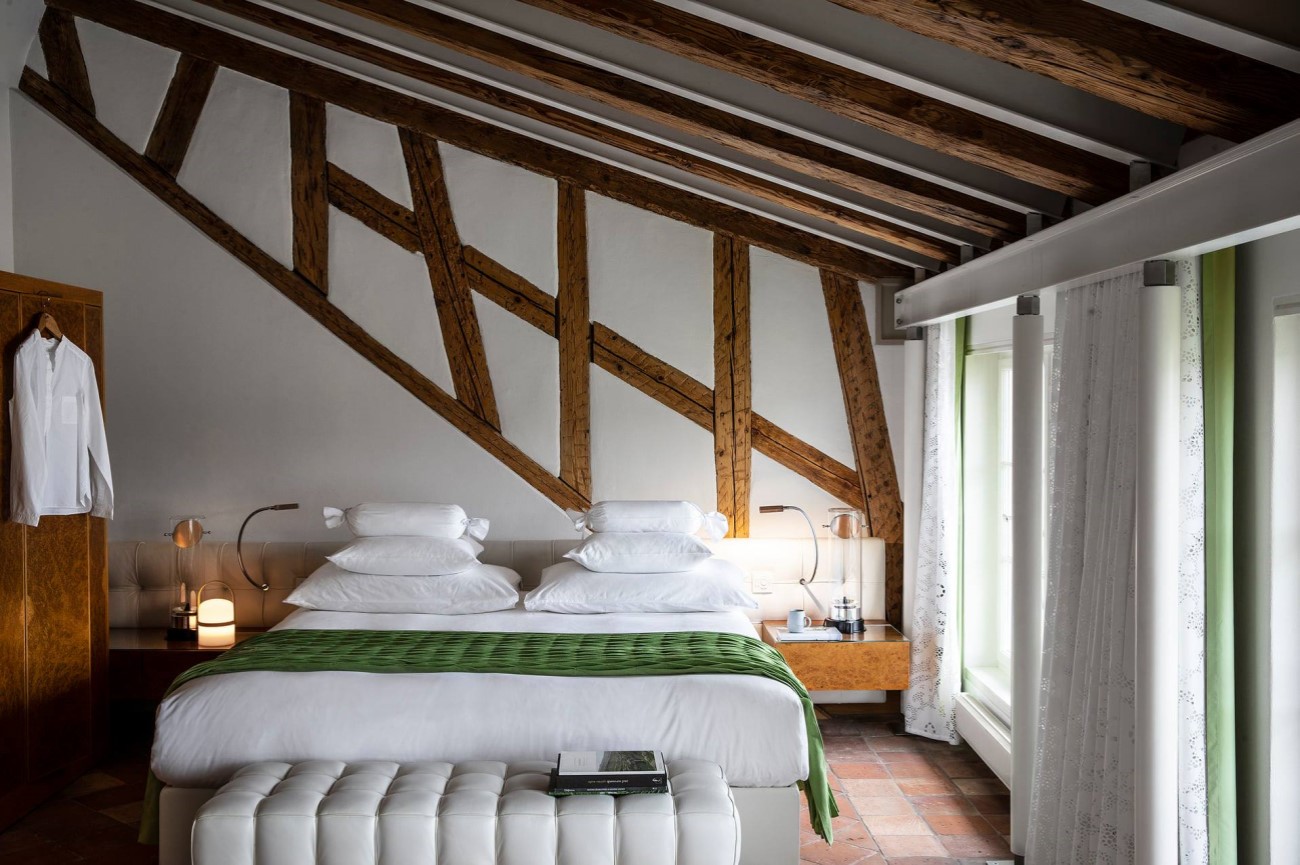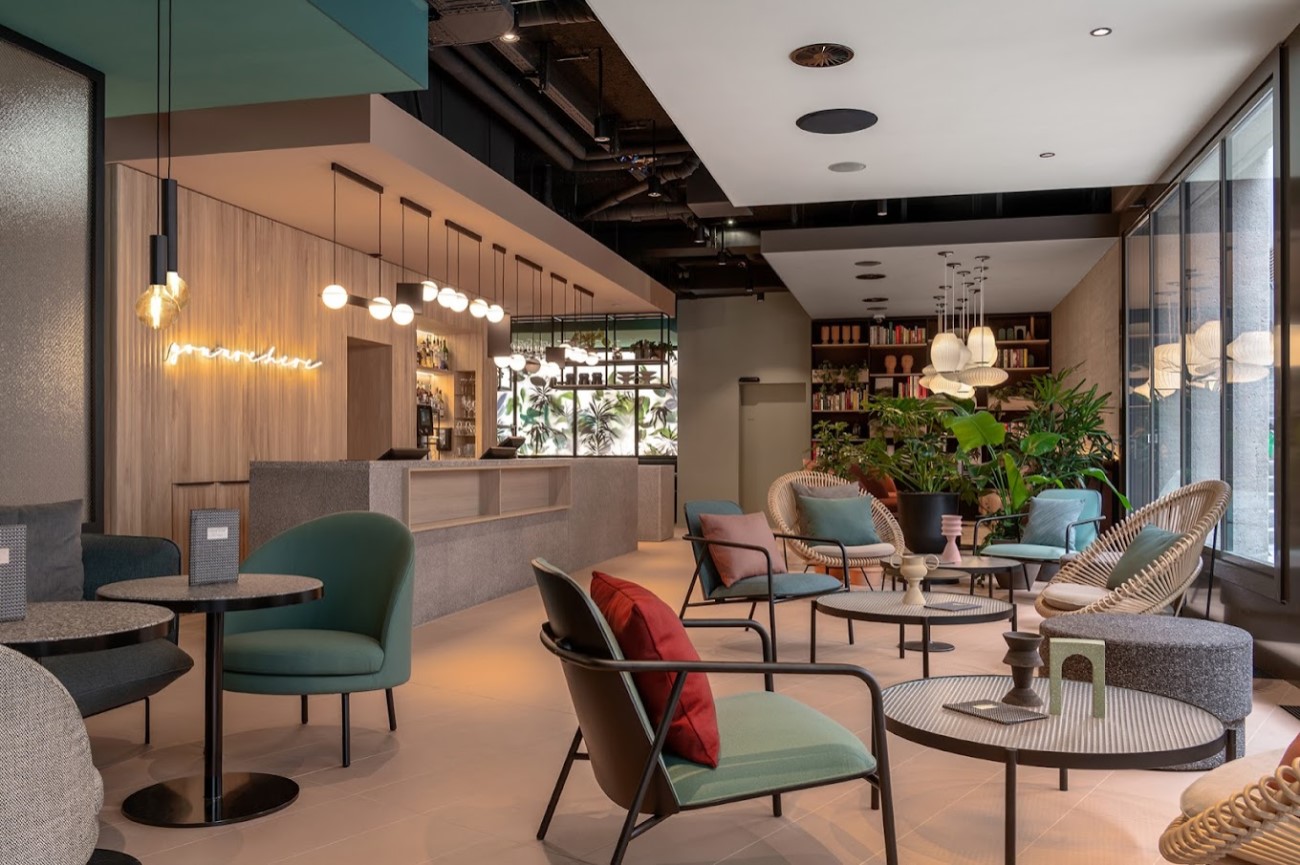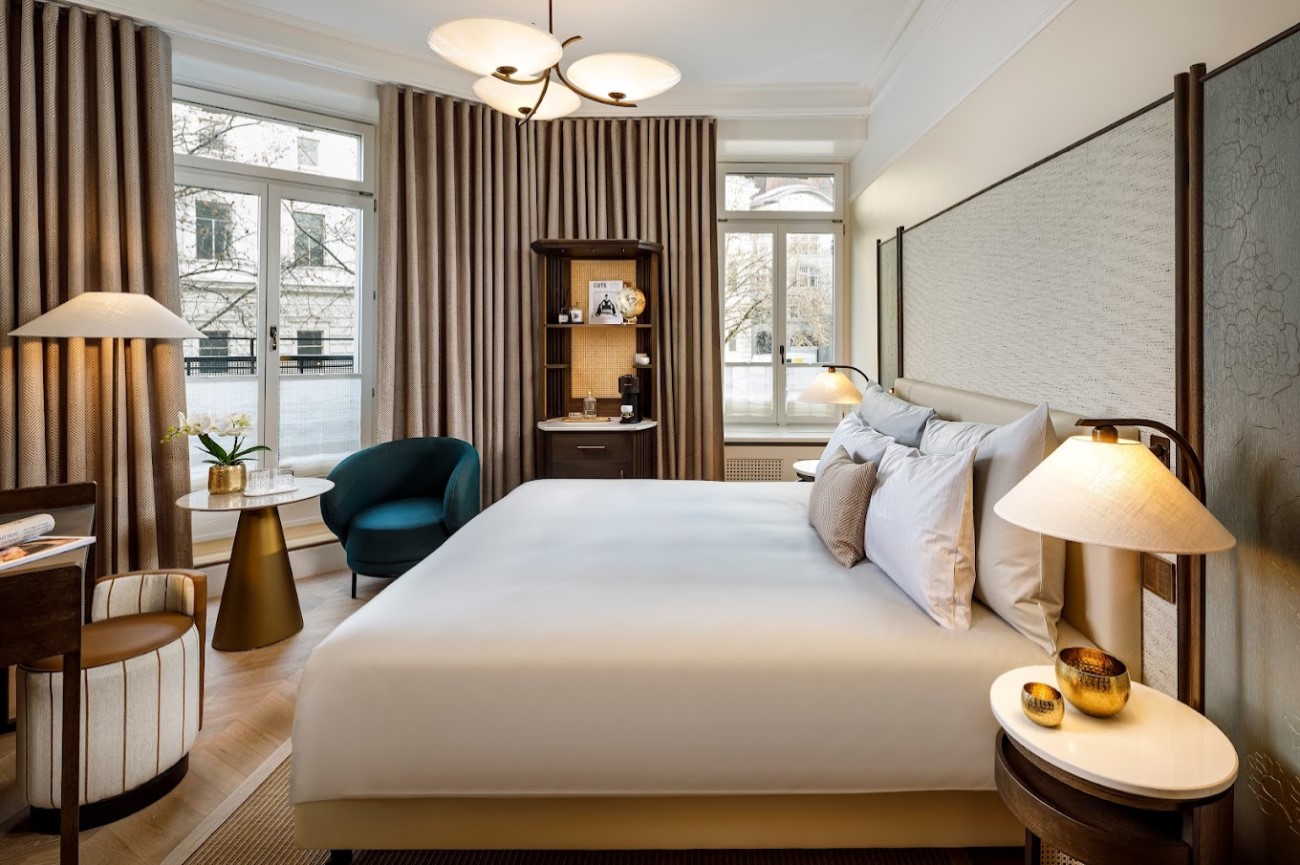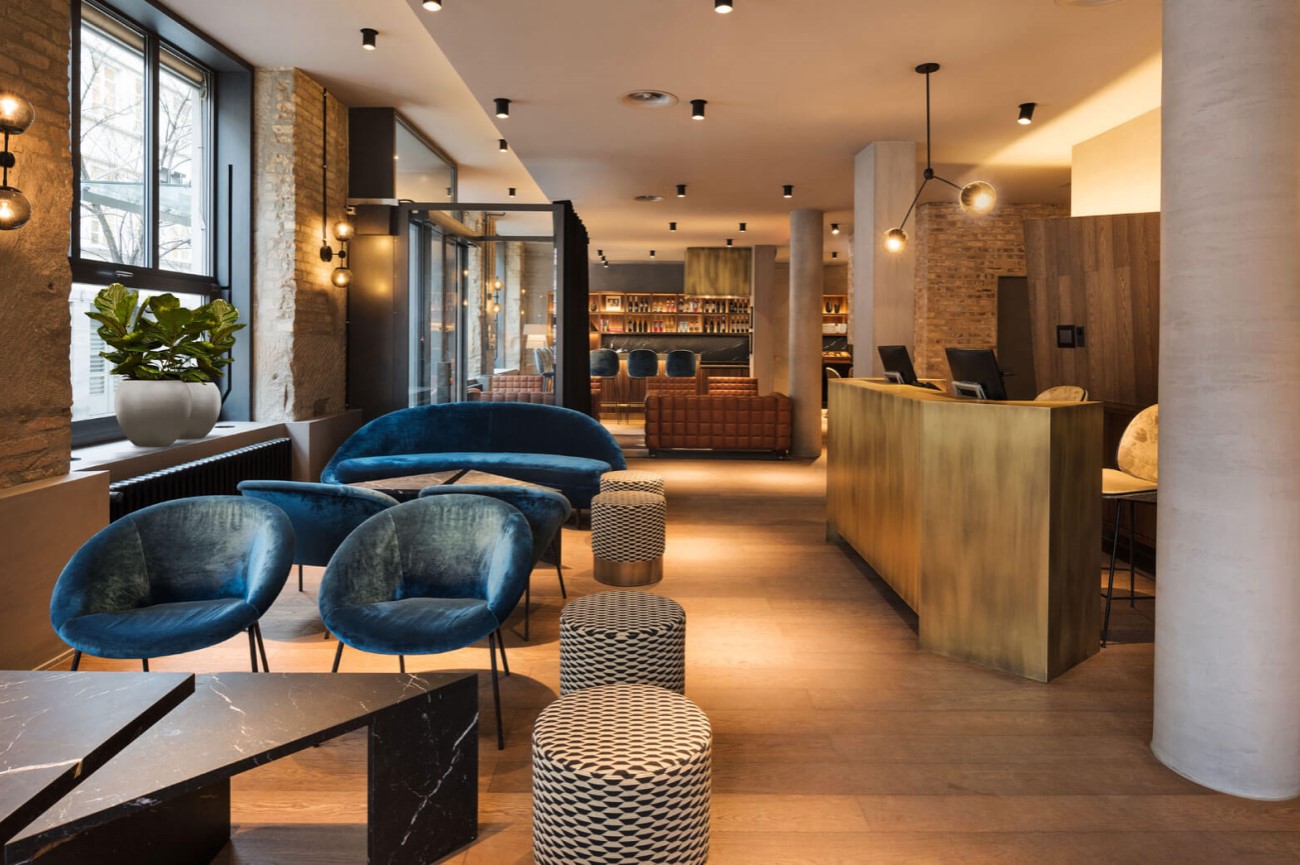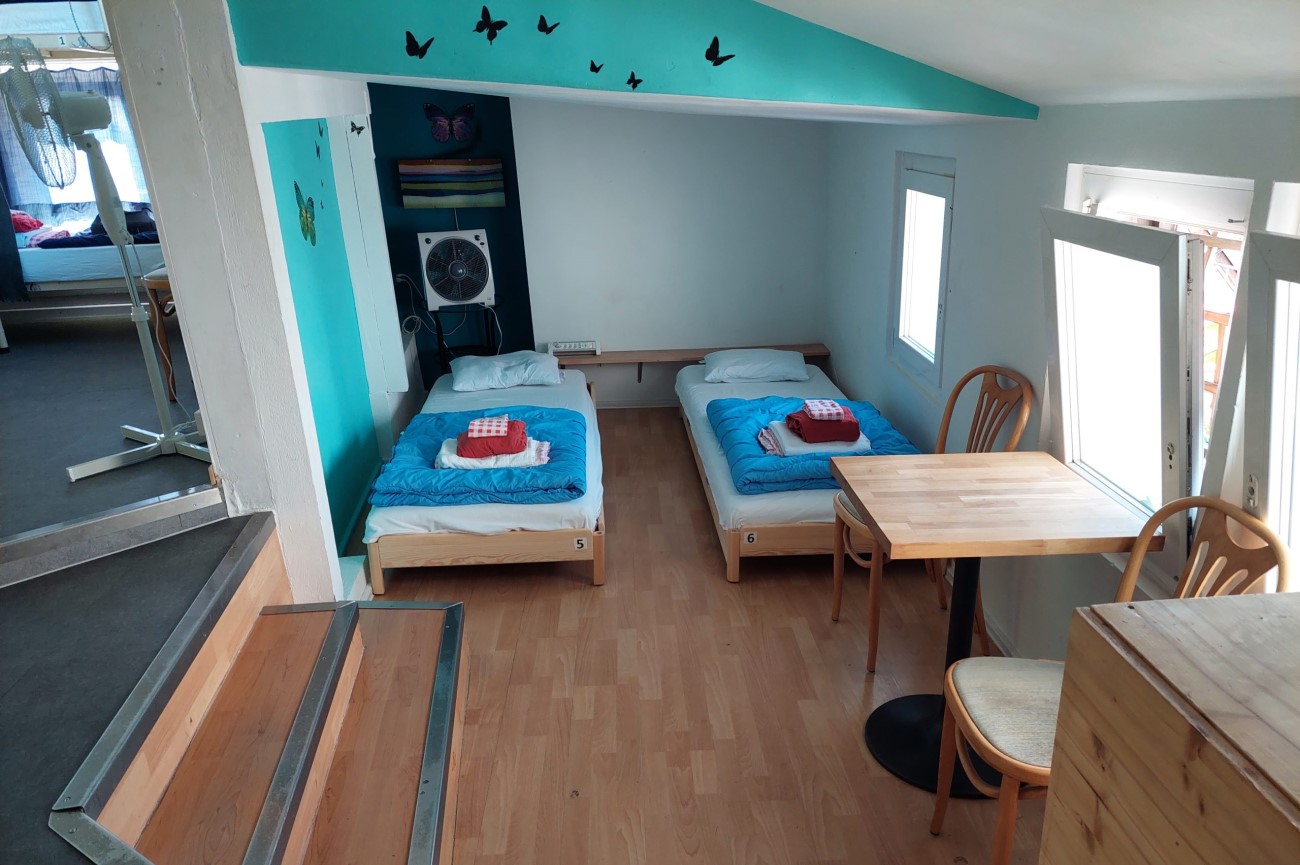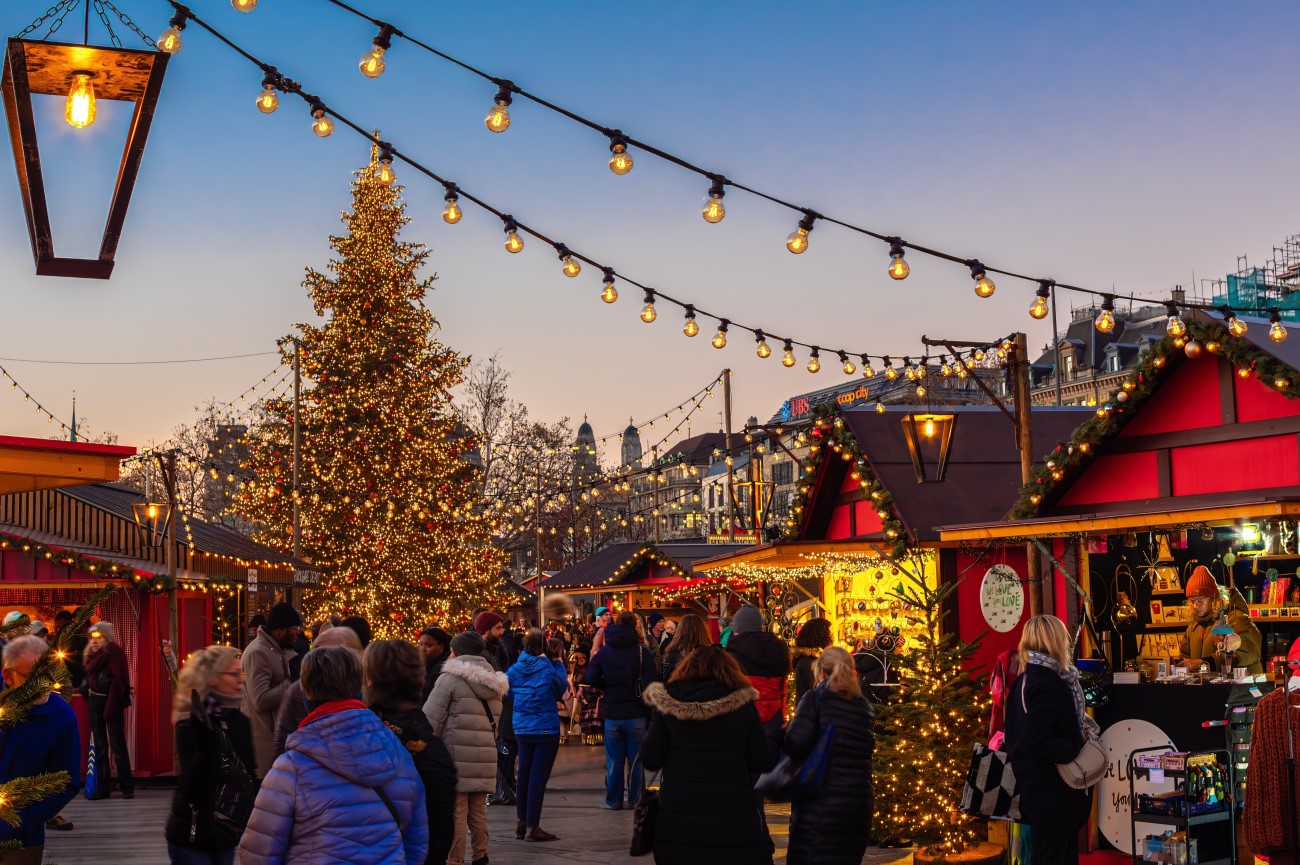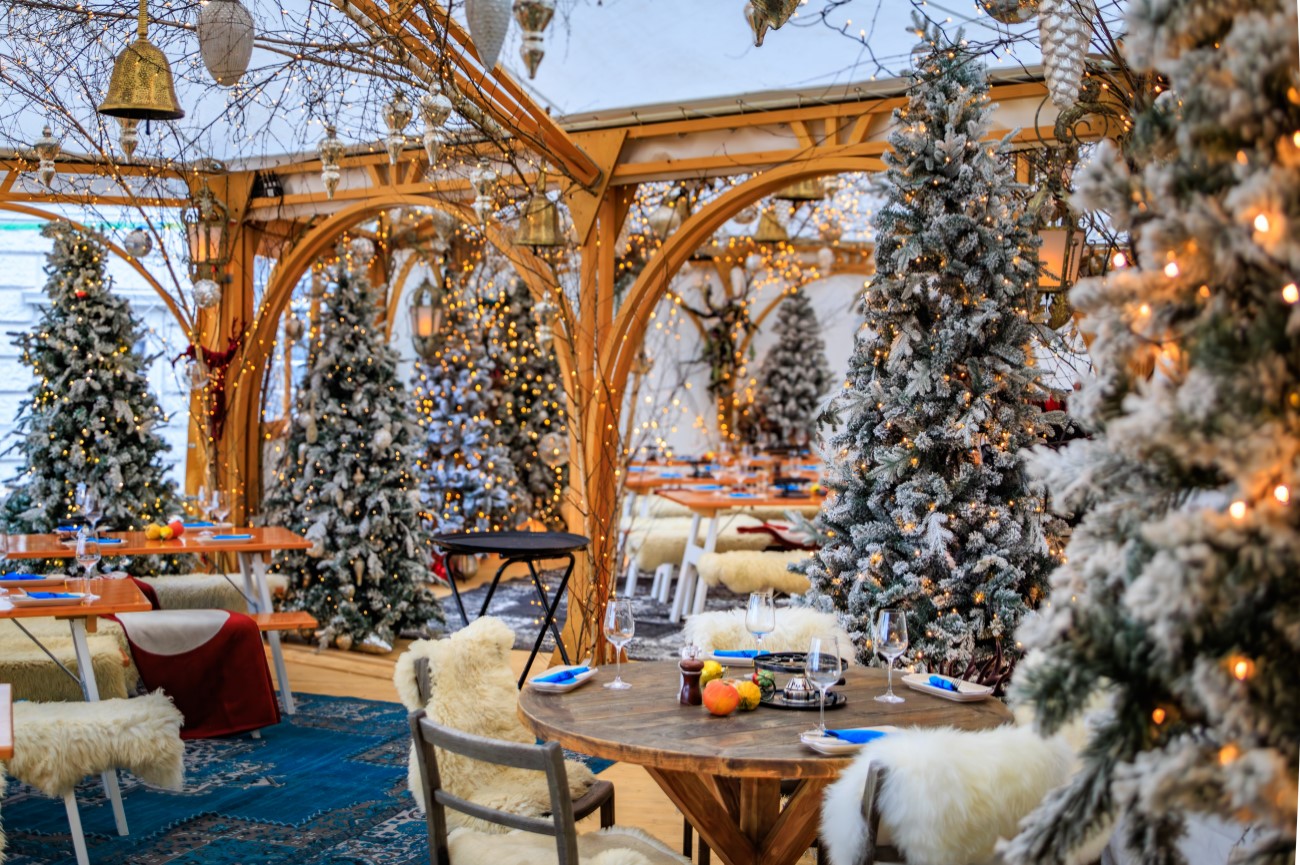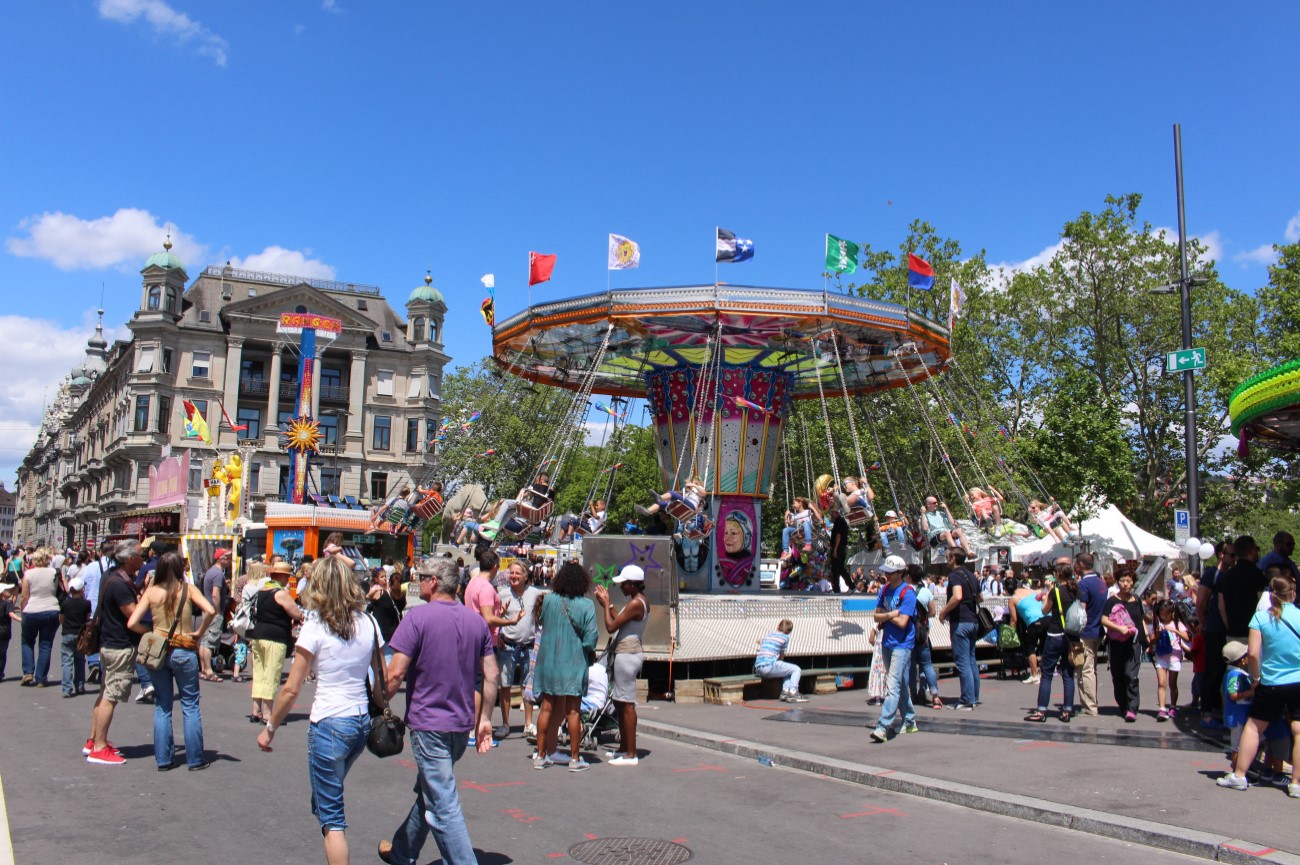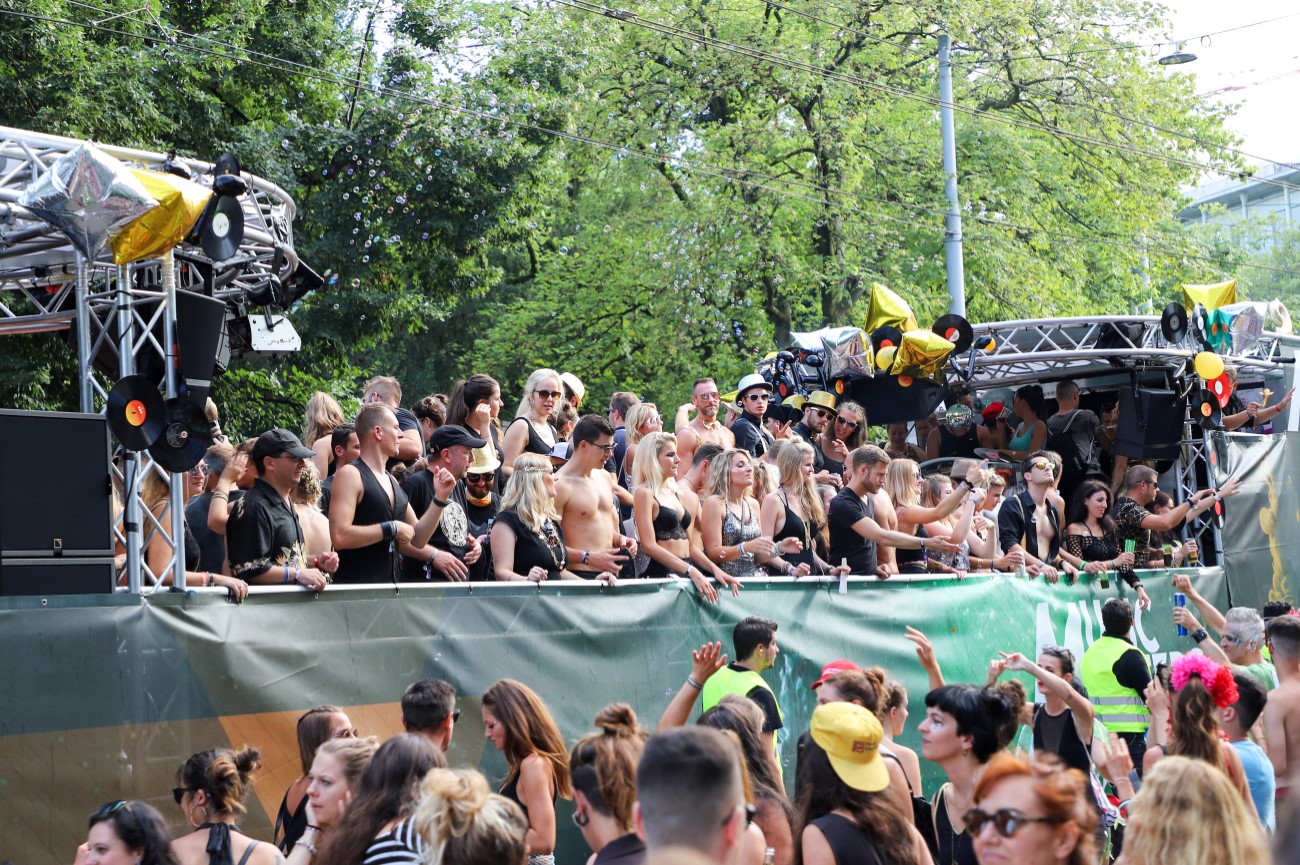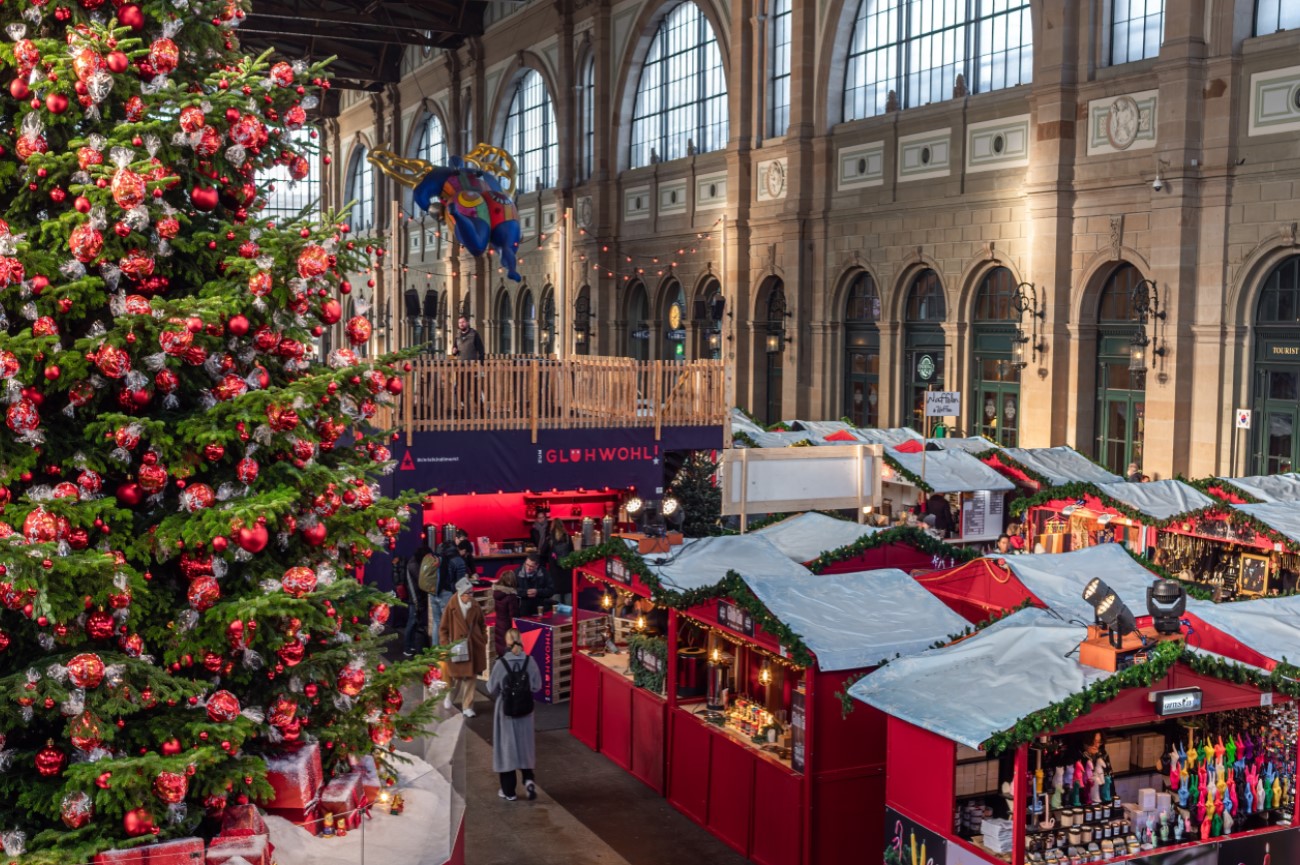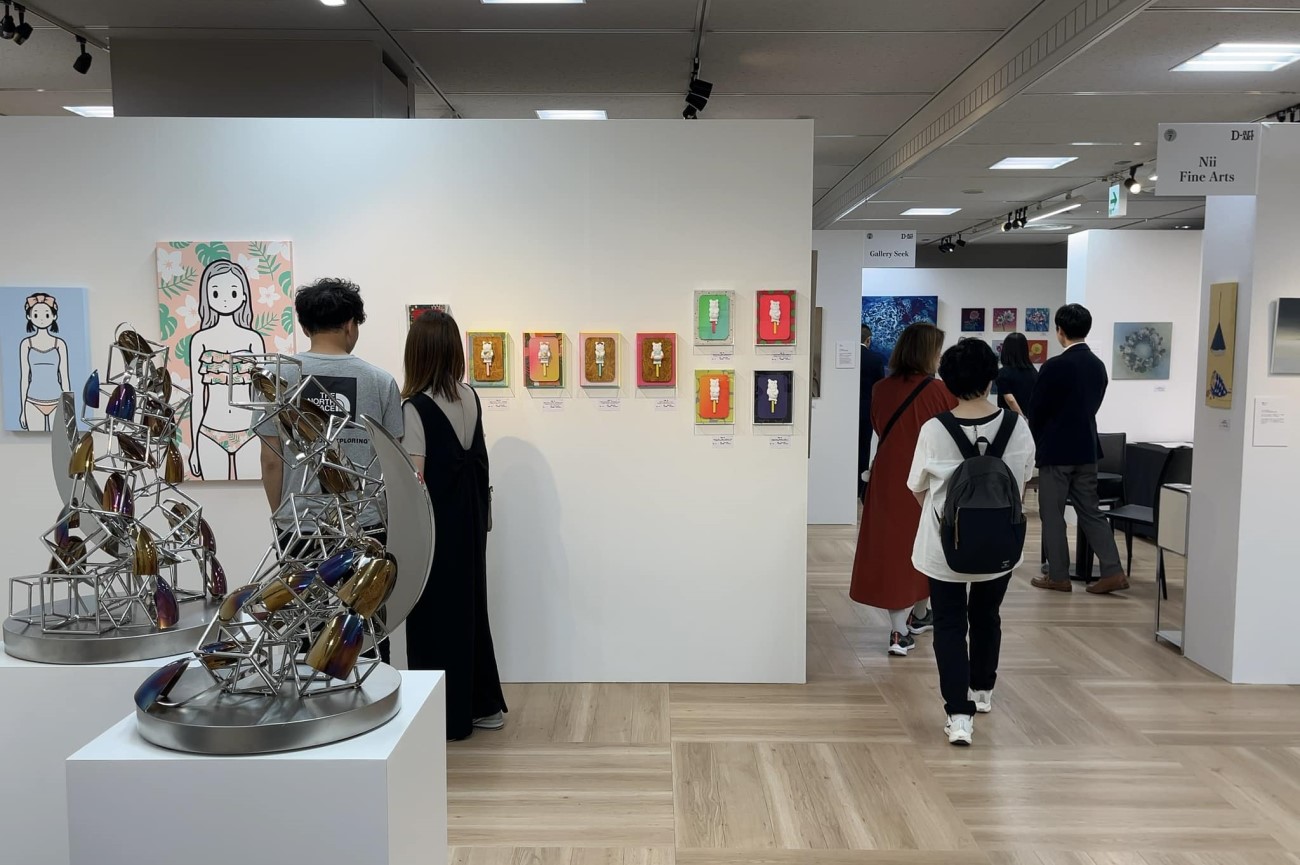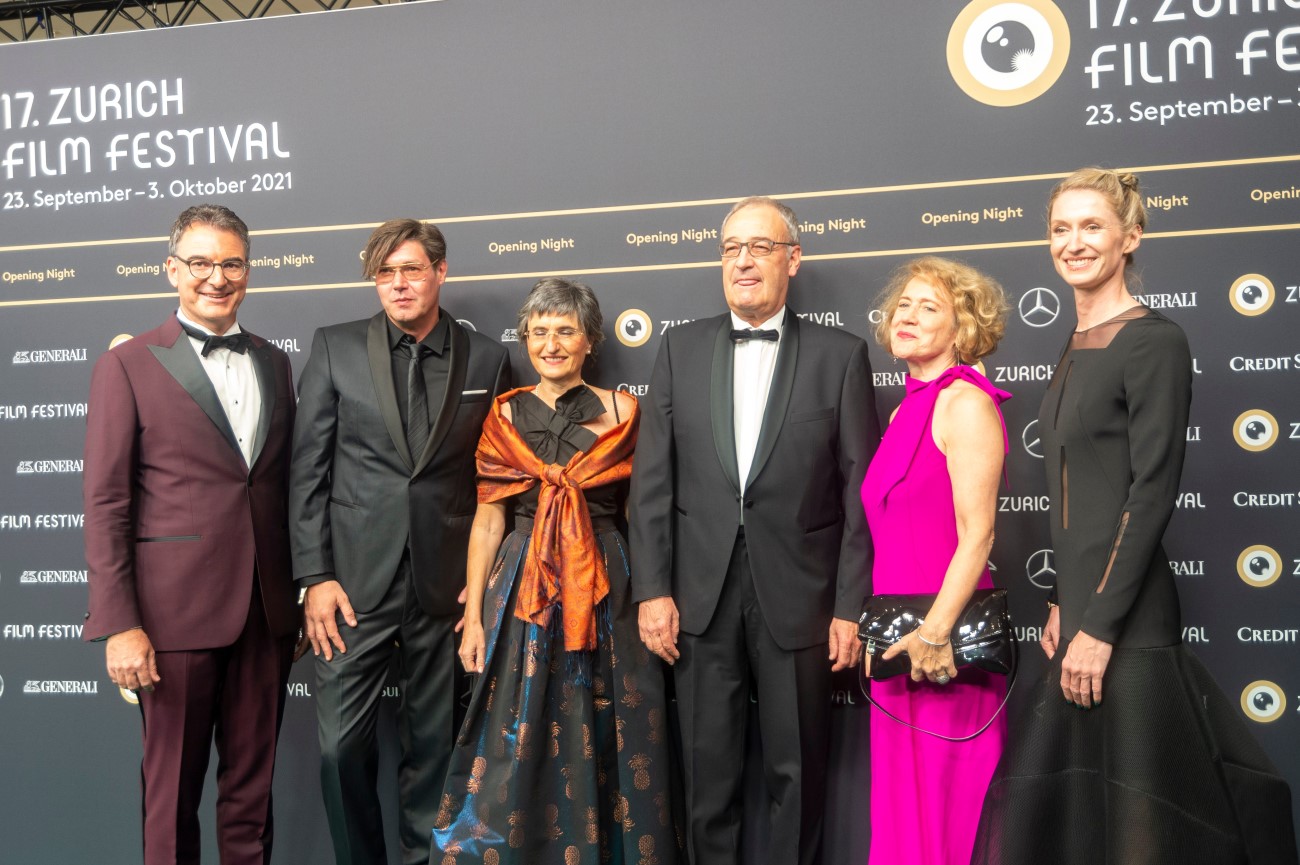Things to Do in Zurich: 3-Day Itinerary
Zurich, the city where the past and the future hold hands. One moment, you’re lost in the cobbled alleys of the Old Town, where centuries-old buildings seem to lean in, sharing their secrets. The next, you’re standing before the sleek, modern skyline, a testament to the city’s bold ambition. And somewhere between tasting creamy Swiss chocolate and watching the sun set behind the Alps, you’ll realize that Zurich isn’t just a stop on a map anymore.
Join us as we explore the city’s timeless charm, from historic landmarks to luxury spots. Our itinerary below is designed to help you uncover the best of Zurich—whether you’re indulging in world-class cuisine or exploring the city’s rich heritage.
Day 1

Morning: Bahnhofstrasse
It is never too early to go shopping. Begin your day with a stroll on the city’s main downtown street. As one of the world’s most exclusive shopping avenues, Bahnhofstrasse is home to luxury brands like Chanel, Cartier and Tiffany.
Sprüngli
While you’re in Bahnofstrasse, drop by Sprüngli Cafe. This isn’t your average café; it’s a century-old institution known for luxury pastries. Order their raspberry Luxemburgerli, a delicate macaron and pair it with velvety hot chocolate. One sip and a bite and you’ll understand why this place has been a local favorite for generations.
Fraumünster Church
Once you’ve explored the intricate world of Swiss watchmaking at the Beyer Chronometrie Museum, it’s time to step into Zurich’s history. Walk straight toward Paradeplatz and cross the bridge over Limnat River where you’ll see the elegant green spire of Fraumünster on your right. The church is known for its Chagall stained-glass windows which depict biblical scenes in blues, reds, and greens. You can get an audio guide or a brochure as you explore the church. But here’s what most people miss—beneath Fraumünster lies a crypt museum that serves as a portal to the oldest remains of the Fraumünster Abbey.
Grossmünster Church
From here, cross Münsterbrücke toward Grossmünster, where its twin towers stand tall over Zurich’s skyline. At Grossmünster, you can step inside to admire its Romanesque architecture and stunning stained-glass windows by Sigmar Polke and Augusto Giacometti. The church was initially built in the 8th century but the West Towers were only completed in the 15th century.
One museum visit is definitely not enough in one morning; you can also visit the Reformation Museum located within the cloister of the Grossmünster. Through ancient texts, artifacts, and interactive exhibits, you’ll step into the world of Huldrych Zwingli, the man who dared to challenge the Catholic Church and reshape Swiss identity. After diving into Zurich’s past, you can take on the 187-step climb to the top of Grossmünster tower. The reward? A breathtaking view of Zurich.
Kunsthaus Zürich
The museum hopping continues as you head north on Zwingliplatz. After passing by cozy cafés and bookstores, you will reach Switzerland’s biggest art museum, Kunsthaus Zürich. The moment you step inside, you’re surrounded by centuries of human expression—from Van Gogh’s swirling skies to Giacometti’s hauntingly thin figures. Art may also be about what you feel and nothing embodies this more than the Emil Bührle Collection. This private collection, now housed in the museum’s modern extension, includes pieces that revolve around French impressionism and Post-Impressionist paintings. And then there’s the space itself. The modern extension designed by David Chipperfield provides a striking contrast to Zurich’s historic streets. To get the most out of your visit, consider joining one of the guided tours, available in multiple languages, Tickets can be purchased online to skip the lines and discounts are available for students and seniors. Before you leave, don’t forget to stop by the museum café and the museum shop where you can grab beautifully curated souvenirs and art books.
Day 1, Morning - Zurich Tour Map
Afternoon:
Beyer Chronometrie Museum
Aside from shopping ’til you drop, Bahnhofstrasse is also a place to experience Swiss Watchmaking. Beyer Chronometrie Museum is a hidden gem beneath the Beyer watch boutique. Think ancient sundials, intricate pocket watches, and the groundbreaking timepieces that shaped history. And if you’re looking to take home a piece of that legacy, you’re in the right place. The street is lined with the world’s most prestigious watchmakers—Rolex, Patek Philippe and Audemars Piguet.
Beyer
Clock & Watch Museum
In just 15 minutes, you will transition from timeless art to the art of timekeeping. The Beyer Clock and Watch Museum (Uhrenmuseum Beyer Zürich) houses timepieces from 1,400 BC to the present day. It is located inside the Beyer Chronometrie, Zurich’s oldest watch shop. Here, you’ll see how humans have measured time for millennia—through sundials, astronomical clocks, and the precision of Swiss watchmaking.
If you have the ZürichCARD, you can also visit the museum free of charge. You may want to consider joining a guided tour to fully appreciate the collections. Looking for a unique setting for an intimate gathering? The museum also offers the option to host a wine reception upon request. Costs are passed on based on actual expenses providing a one-of-a-kind experience.
Evening:
Limmat River Cruise
After spending the day unraveling the rich history and culture of the city, it is only fitting to end the evening by surrendering to it. Step aboard a Limmat River Cruise and let Zurich reveal itself from an entirely new perspective. As you enjoy the cruise, you will be drifting past medieval guild houses, centuries-old bridges, and softly glowing church towers. The trip usually takes around 50 minutes and it operates between the months of April and October.
Limmatquai
Cap off the night with a stroll in Limmatquai, located just on the right bank of the Limmat River. As you wander in the streets, you will be passing by Rathaus, Zürich’s Town Hall built in late Renaissance style between 1694 and 1698. A whole day of history and culture may also be tiring and Limmatquai is the perfect place to unwind. There are plenty of establishments in the quay offering a wide array of culinary delights including Swiss taverns serving traditional cheese fondue and rosti.
Limmatquai isn’t just a place for quiet strolls and river views—it’s also a stage for some of Zurich’s most vibrant celebrations. The most famous among them is Sechseläuten which is celebrated to bid farewell to winter by burning a giant snowman effigy (Böögg) atop a massive bonfire. Limmatquai also hosts Street Parade, one of the world’s largest techno festivals. Whether you like beats or bonfires, Limmatquai’s got you covered!
Day 1, Afternoon - Zurich Tour Map
Day 2

Morning:
Private Boat Cruise on Lake Zurich
There is no better way to start your second day in the city than with a private boat cruise on Lake Zurich. There are several scheduled cruises running daily, ranging from quick 90-minute trips to leisurely four-hour excursions. If you're in the mood for something extra special, various cruise companies offer dining experiences on board. For those who prefer a more personalized experience, you can charter a private boat and set your own pace.
Lindt
Home of Chocolate
After enjoying the serene beauty of Lake Zurich, it's time to indulge in Switzerland’s most famous export—chocolate. A short walk from the lakeside leads you to the ultimate chocolate lover’s paradise, the Lindt Home of Chocolate. Enjoy the rich aroma of cocoa and the view of the spectacular Lindt chocolate fountain, where 1,500 liters of liquid chocolate cascade down, as you step inside. Whether you want to learn about the history of chocolate, sample endless pralines, or experience a VIP tasting tour, a trip to the Lindt headquarters is the way to go. You can also take part in a hands-on chocolate workshop during your visit.
Day 2, Morning - Zurich Tour Map
Afternoon:
Museum Rietberg
After indulging in Swiss chocolate at Lindt Home of Chocolate, your Swiss cultural experience should continue at the Rietberg Museum. A 10-minute bus ride from Kilchberg will take you to an incredible collection of non-European art. Unlike Zurich’s other art institutions which focus on Swiss and European masterpieces, Rietberg Museum transports you beyond the Alps with pieces like carved masks from West Africa and ancient Buddhist sculptures from India. The museum holds themed tours focusing on specific regions or artists. If you’re feeling creative, why not go beyond observation and get hands-on? The Rietberg hosts workshops that immerse you in traditional Korean and Japanese handicrafts. Over two to four hours, you can try your hand at Minhwa folk painting, Hanji paper art, or even mask-making.
Enge
Church
Dubbed the "Sacré-Coeur of Zurich" by locals, Enge Church serves as an important cultural and architectural landmark that represents the Neo-Renaissance style in Swiss architecture. This church sits atop a moraine hill which provides a panoramic view of the lake basin and the city. Unlike traditional Gothic cathedrals, which feature towering spires, Enge Church stands out with its cross-shaped floor plan and a magnificent central dome. But what truly catches the eye is its Italian-style campanile which houses five majestic bells.
Enge Church is a cultural landmark that often hosts classical concerts, organ recitals, and special events. If you’re lucky, you might catch a performance under its awe-inspiring dome. You can also take a leisurely walk to the nearby Belvoir Park before heading to your next stop.
Altstadt
After the panoramic views from Enge Church, it is now time to head toward Altstadt. In just 10 minutes by tram, you’ll transition from Enge’s hilltop serenity to the lively pulse of the Altstadt. Hop on Tram 5, 6, or 7 at Bahnhof Enge and hop off at Paradeplatz—a perfect gateway into the Old Town. Altstadt is the German word for “old town” which mirrors the historic buildings in the area. As you have already visited the two churches on Day 1, there are still plenty of spots in Altstadt to explore.
Helmhaus
Just across the two churches, the Helmhaus Zürich is an art museum where the present takes the center stage. The museum constantly changes with rotating exhibitions that highlight emerging and established Swiss artists. Think experimental installations, socially charged photography, and abstract sculptures that challenge what art can be. And the best part? Admission is free.
St.
Peter’s Church
The first stop in the old town is St. Peter’s Church, home to Europe’s largest clock face. At first glance, the church might look simple but its claim to fame is Europe’s largest church clock face, measuring 8.7 meters (28 feet) in diameter. Don’t let the simplicity fool you, the church also has a rich history with its interior dating back to the 9th century.
Niederdorf
Should you want a break from all the history, then you can always visit Niederdorf. This pedestrian-only district is filled with boutique shops, street musicians, and cozy cafés. It’s the perfect place to wander aimlessly. As the sun sets, it transforms into one of Zurich’s best nightlife spots with bars and jazz clubs.
Augustinergasse
Sometimes you just have to take snaps for the gram and Altstadt can also offer that. Take a walk in the narrow and colorful street of Augustinergasse with historical buildings featuring painted wooden bay windows. It’s a street frozen in time, offering a glimpse into Zurich’s past while giving your Instagram feed a vibrant splash of history. Augustinergasse is also home to hidden gems, like cozy chocolate shops and independent bookstores. You can take a break from snapping pictures and indulge in a Swiss pastry.
Cabaret Voltaire
End your Alsdadt trip in the birthplace of the world-famous Dada movement, Cabaret Voltaire. The Dada art movement was a rebellion against traditional art that paved the way for surrealism. Whether you’re a history buff, an art lover, or just someone who appreciates a good story, this place is a must-visit. Einstein himself spent time here, so if it was good enough for a genius, why not for you? Today, Cabaret Voltaire is a café, bar, and cultural space. Grab a cup of coffee or a glass of wine and experience Zurich’s past.
Evening: Opernhaus Zürich
Founded in 1891 by passionate theater lovers, this opera house has since become one of the most prestigious in Europe. It is not just an opera house but an architectural marvel as well with its Neo-Baroque design. But what truly sets it apart is its intimacy—with just over 1,100 seats, it’s one of the smallest major opera houses in the world. It houses everything from classic operas by Verdi and Mozart to cutting-edge contemporary productions. You can also get a glimpse of the backstage through a 60-minute guided tour. And if you are being spontaneous, same-day rush tickets may also be available sometimes at a lower price. Want to make your evening extra special? Arrive early for a pre-show glass of champagne at the Bernadette Brasserie just across the plaza.
Day 2, Afternoon - Zurich Tour Map
Day 3

Morning:
Uetliberg Mountain
After two days of exploring Zurich’s cultural treasures, it’s time to step into nature’s masterpiece. Welcome to Uetliberg, the city’s very own mountain. It offers a panoramic view of the entire city, Lake Zurich, and even the snow-capped Alps on a clear day. The best part? Getting here is effortless—just hop on the S10 train from Zurich HB and within 25 minutes you’re swapping walls for open skies. There are plenty of things to do during your visit. If you’re feeling adventurous, follow the Planetenweg (Planet Trail), a two-hour walk that represents our solar system in scale, with each meter equaling a million kilometers in space. You can also climb the viewing tower to get a better view of the city. And if the adrenaline is not enough, Uetliberg is also a hub for mountain biking and paragliding.
Uto
Kulm
Take a 10-15 trail from Uetliberg Mountain and you will get the best view Uto Kulm. More than just a restaurant or hotel, offers a 360-degree view of Zurich, Lake Zurich, and even the distant Alps. Their fine dining restaurant up Swiss cuisine at its best. Imagine having a perfectly grilled steak with a glas of wine with that view. And if you’re here at sunset, you’ll see the sky put on a show—shifting from soft pinks to deep purples.
Day 3, Morning - Zurich Tour Map
Afternoon:
Felsenegg
You can get from Uetliberg to Felsenegg by hiking the Planetenweg (Planet Hiking Trail). Or you can choose the quicker and less strenuous journey by taking public transport. A quick 30-40 minute ride will get you to another vantage point of Zurich, Lake Zurich, and the Alps. No matter how you choose to get there, Felsenegg is well worth the trip. The views are breathtaking, the fresh mountain air is invigorating, and the peaceful trails make it an excellent spot to unwind. If all this walking, hiking, and sightseeing gets too tiring, you can enjoy a meal at Restaurant Felsenegg.
Wildnispark Zürich
Nature trips seem to be the theme of the day. Just take a short train or car ride from Felsenegg and you will get to Wildnispark Zürich – Sihlwald. This natural forest reserve offers visitors an opportunity to meet native animals. It’s great for hiking, wildlife spotting, and even visiting the nature museum. Various trails cater to all levels of hikers whether you want a leisurely forest stroll or an immersive back-to-nature experience.
Wildnispark Nature Museum isn’t just a collection of displays—it’s a hands-on experience where you can touch, listen, and see nature. One highlight of this nature trip may be witnessing an exhibit that tracks tree growth over time. You can experience and see the wild up close by joining a guided tour. These aren’t your typical history-heavy tours; instead, they are sensory experiences. Up for a thrill? You can step into the forest after dark through the park’s twilight and night tours.
Evening:
Thermalbad & Spa Zürich
After days of exploring Zurich’s vibrant streets, historic landmarks, and breathtaking nature, it’s time to immerse yourself—literally—in relaxation. Head to Thermalbad & Spa Zürich, a sanctuary built within the stone walls of a former brewery. You can experience the Irish-Roman spa ritual there which includes a multi-step bathing experience inspired by ancient wellness traditions. The spa also boasts a rooftop infinity pool—arguably the best-kept secret in Zurich. If you have more to splurge on this trip, you can book a private spa suite which is equipped with a steam bath and a thermal bath just for you.
Urania
Sternwarte
End your trip with a bang and perhaps a glimpse into worlds beyond our own. Zurich’s Observatory is a short tram ride away from the spa where you will be able to access a 100-year-old Zeiss telescope. If you’re lucky, a clear night might reveal Saturn’s rings, Jupiter’s moons, or distant nebulae glowing softly in the dark. But you do not have to focus on the celestial. From the observatory’s terrace, you will get a picture-perfect view of Zurich at night.
Day 3, Afternoon - Zurich Tour Map
Other Things to Do in Zurich
Got more time to spare or planning to extend the trip? Here are more things you can do in Zurich.
- Landesmuseum Zürich: Housed in a striking fairytale-like castle, the Swiss National Museum offers a journey through the country’s history and cultural heritage.
- Pavillon Le Corbusier: The last building designed by the legendary architect Le Corbusier, this vibrant, modernist masterpiece is a must-visit for design and architecture enthusiasts. The pavilion is constructed from steel and glass showcasing Le Corbusier’s artistic philosophy.
- Läderach Chocolate Boutique: This luxury Swiss chocolatier is known for its handcrafted pralines and signature FrischSchoggi (fresh chocolate). At the Zurich boutique, visitors can watch expert chocolatiers at work and sample premium treats.
- Fondue Cruise on Lake Zurich: A unique way to experience Switzerland’s culinary heritage is through an evening course that offers a traditional Swiss fondue dinner while gliding across the serene waters of Lake Zurich.
- Globus Zurich: Located on Bahnhofstrasse, this high-end department store features an extensive selection of designer fashion, luxury beauty products, and premium home goods. The store is also known for its gourmet food market, boasting fine Swiss delicacies such as artisanal cheeses, fresh truffles, and premium wines.
- Hauser & Wirth Zurich: One of the world’s most prestigious contemporary art galleries, Hauser & Wirth Zurich is known for its thought-provoking exhibitions by internationally renowned artists. The sleek and modern space is truly a must-visit for thought-provoking exhibitions by internationally renowned artists.
Day Trips from Zurich
Need a break from Zurich or perhaps you have extra time? Here's a list of day trips you can take, ranging from breathtaking mountain excursions to charming medieval towns.
- Lucerne: Visit the charming lakeside city of Lucerne with its historic Chapel Bridge and then take a cable car up to Mount Pilatus for panoramic Alpine views. You should wander through the city’s heart where luxury boutiques are lined up. You may also enjoy a first-class yacht cruise across Lake Lucerne.
- St. Gallen: Just an hour away from Zurich, St. Gallen is another stop that proves luxury may intertwine with history. Explore the UNESCO-listed Abbey Library on an exclusive private tour where you can admire centuries-old manuscripts in a serene Baroque setting. or a touch of haute couture, you can visit a renowned textile atelier and witness the craftsmanship behind fabrics used by the world’s top fashion houses.
- Schaffhausen & Rhine Falls: If you are up for more water activities, then this day trip is the perfect choice. You can book a private tour to get close to Europe’s largest waterfalls. After the adventure, unwind with a gourmet lunch at a château-style hotel nearby like Schloss Laufen.
- Liechtenstein: Just a 90-minute train and bus ride separates you from an intimate yet opulent escape. You can take a private tour of Vaduz Castle and get a glimpse of the royal residence. Or you may also stroll through the Princely Wine Cellars, where you can indulge in an exclusive tasting of Liechtenstein’s finest wines.'
- Zug: Just 30 minutes by train and you may experience Zug sunset—often called the most beautiful in Switzerland. But the beauty of this city does not end there. You may begin your trip with a private yacht cruise on Lake Zug. Then hop off the yacht and stroll through the Old Town where you’ll find boutique jewelry stores and high-end chocolatiers.
- Rapperswil-Jona (The Rose Town): A hidden gem on the shores of Lake Zurich, this place is another blend of luxury and history. Start your visit with a private guided tour of Rapperswil Castle. But never leave out the famous rose gardens in your short stay. After wandering through the fragrant blooms, end your day with an intimate sunset aperitif at a lakeside lounge like Fischmarktplatz.
- Einsiedeln: An hour's train ride from Zurich, Einsiedeln is known for its magnificent baroque abbey. After your private tour of the Einsiedeln Abbey, you may want to indulge in a wellness retreat at a five-star spa resort. End this slow, cultural day in Einsiedeln with a stay at a high-end inn like the historic Hotel Speer or perhaps even a luxury lakeside lodge.
- Appenzell: Does artisan shops selling handcrafted goods sound good to you? Then Appenzell should be your next stop. This picture-perfect Swiss village has a lot to offer from intricate embroidery to premium Swiss chocolates. For an exclusive gastronomic experience, you should visit the renowned Appenzeller Schaukäserei and book a private cheese tasting and tour.
- Winterthur: Often overlooked, Winterthur is a haven for art lovers and connoisseurs of fine living. This city boasts world-class museums, lush gardens, and grand villas. Go enjoy a a private tour of the Oskar Reinhart Collection where you can see masterpieces by Renoir, Van Gogh, and Monet. In the afternoon, stroll through the Römerholz estate’s tranquil gardens. And wine seems to be a recurring theme in these spots as you can end your visit with a curated wine tasting at Zweifel Weine or a boutique vineyard nearby.
- Bad Ragaz: 75 minutes from Zurich, Bad Ragaz is the pinnacle of Swiss wellness. This spa town is home to the legendary Grand Resort Bad Ragaz, a five-star retreat known for its thermal waters, world-class medical spa, and Michelin-starred dining. After all the relaxation, you can book a private guided tour through the breathtaking Tamina Gorge.
- Grindelwald & Interlaken: This isn’t just a day trip; it’s an immersion into Switzerland’s most breathtaking landscapes, wrapped in pure luxury. Start your journey with a first-class train ride or a private transfer from Zurich. First stop of this day trip is Grindelwald, where five-star mountain lodges and private chalets offer the perfect retreat. If you’re feeling adventurous, try a helicopter tour over the Jungfrau region. Next, make your way to Interlaken. If you want to continue with the luxury experiences, then a private spa experience at the legendary Victoria-Jungfrau Grand Hotel awaits.
Things to Do With Kids in Zurich
Zurich is a kid-friendly city, offering a mix of educational attractions, outdoor adventures, and interactive experiences. From museums designed specifically for children to exciting parks and fun activities, there is plenty to keep you and your kids entertained.
- Zoo Zurich: Located in Zürichberg, this zoo is home to over 360 animal species. It features a tropical Masoala Rainforest, an elephant park, and interactive animal encounters.
- Swiss Science Center Technorama: One of the largest science centers in Europe, this a science museum with 500 interactive exhibits. You can bring your kids here to experiment with physics, electricity, and magnetism.
- WOW Museum: Bridging art and science, WOW Museum opens you to a world of optical illusions, mirror mazes, and interactive exhibits designed to challenge your perception.
- Zürich Toy Museum: This museum offers a collection of antique toys, dolls, and games from different eras. It is filled with toys that date back close to 300 years ago.
- Planetarium at the Urania Observatory: A fascinating spot where children can learn about space, stars, and planets through kid-friendly astronomy shows.
- Kindermuseum: The Children’s Museum Zürich is a hands-on museum offering historical toys, interactive exhibits, and creative workshops tailored for children.
- Sihlwald Forest Adventure Park: A fun outdoor climbing park with rope courses, suspension bridges, and zip lines for adventurous kids. The park offers different difficulty levels, making it suitable for children of all ages to test their agility.
- MFO Park: A unique urban park with climbing structures, green walls, and open spaces where kids can play and explore freely.
Ski Spots in Zurich
If you're in Zurich and craving some time on the slopes, you’re in luck. While the city itself doesn’t have ski resorts, you don’t have to travel far to find world-class skiing. Here’s a list of the best ski spots near Zurich.
- Flumserberg: If you’re looking for the fastest way to hit the slopes, Flumserberg is your go-to. This is Zurich’s backyard ski resort, offering 65 km of perfectly groomed slopes with stunning views of Lake Walen.
- Atzmännig: An hour away from Zurich, Atzmännig is a smaller ski area that’s great for learning the ropes. The slopes here are known to be gentle so this spot is perfect for those new to skiing.
- Hoch-Ybrig: A little further out, but absolutely worth the trip, Hoch-Ybrig has a good mix of easy and challenging runs. This spot is commonly snowboarders' favorite due to its well-maintained snow park, featuring jumps, rails, and halfpipes for all skill levels.
- Mythen Region: This is where you go if you want to escape the crowds. Mythen Region is one of Switzerland’s more traditional ski resorts — think rustic wooden huts and breathtaking alpine views.
- Stoos: This car-free mountain village allows family-friendly runs and breathtaking views of central Switzerland. You will be experiencing an adventure before you even get there as you ride the world’s steepest funicular to the top.
Golf Courses in Zurich
There are not a lot of golf courses in Zurich. However, if you are really looking for a spot to swing or practice your game, there are a few options within the city.
- Golfpark Zürichsee: For those looking to practice their swing without leaving the city, Golfpark Zürichsee offers a well-equipped driving range, a short-game area, and putting greens. This is the perfect spot if you are a beginner.
- Golf Club Zürich-Zumikon: One of the most prestigious golf clubs in Switzerland, this 18-hole course is set in the scenic countryside just outside the city center. It is important to note that it is a private club, so access is limited to members and their guests.
Racecourses in Zurich
Zurich does not have many racecourses, but here is the main venue for horse racing.
- Dielsdorf Racecourse (Pferderennbahn Zürich-Dielsdorf): Located just 15 kilometers north of Zurich, Dielsdorf Racecourse is the city’s premier venue for horse racing. It hosts exciting flat and steeplechase races throughout the year, including the prestigious Swiss Derby.
Vineyards
in Zurich
Zurich may be known for its banking and lakeside charm, but it also has a thriving wine culture. The region is home to several vineyards producing excellent Swiss wines you can visit to explore local winemaking.
- Landolt Weine: One of Zurich’s most renowned urban wineries, Landolt Weine has been producing wine for over 180 years. This vineyard is nestled on the Zürichberg hillside. Here you will have the chance to sample their locally produced Riesling-Sylvaner while enjoying breathtaking city views.
- Weinbau Ottiger: Located near Lake Zurich, Weinbau Ottiger is a family-run vineyard specializing in high-quality Pinot Noir and Chardonnay. This vineyard offers guided tastings, cellar tours and seasonal events.
Where to Eat in Zurich
Michelin-Starred Restaurants in Zurich
Zurich takes food seriously. Whether you're looking for a refined dining experience or a bold and experimental take on classic flavors, Zurich’s Michelin-starred restaurants deliver on all fronts.
- The Dolder Grand: The Dolder Grand isn’t just a hotel—it’s a culinary destination. This two-star Michelin restaurant, led by Chef Heiko Nieder, is known for its avant-garde approach to fine dining. Looking to experience art in food? This is definitely where you have to go.
- IGNIV: Located inside the Marktgasse Hotel, this two-star Michelin restaurant is the brainchild of Andreas Caminada, one of Switzerland’s most celebrated chefs. What sets IGNIV apart is its unique sharing concept. Instead of the traditional multi-course meal, dishes are served in small portions meant to be shared. The restaurant also offers a seasonal menu including a carefully curated mix of flavors and culinary artistry.
- Widder Restaurant: Tucked inside the historic Widder Hotel, this two-star Michelin gem is where French elegance meets Asian precision. Chef Stefan Heilemann takes classic European dishes and gives them an unexpected twist.
- La Rôtisserie: A meal with a view? Say no more. La Rôtisserie is a one-star Michelin restaurant right by the Limmat River. It elevates traditional Swiss cuisine by adding a modern take on meat and fish dishes. If you want to experience Zurich’s culinary heritage in a fine dining setting, this is the place.
- Rico’s Kunststuben: A place where history, art, and fine dining collide—Rico’s Kunststuben is a Michelin-starred restaurant housed in a charming 19th-century building that once served as an art gallery. Chef Rico Zandonella brings bold, Mediterranean-inspired flavors to Swiss fine dining.
- Sushi Shin: If you think great sushi only exists in Tokyo, think again. Sushi Shin, a one-star Michelin restaurant, brings the art of omakase dining to Zurich. However, the restaurant is still undergoing minor renovations until mid-March and the restaurant is expected to reopen by the end of the month.
- Equi-Table: Sustainability meets Michelin-starred excellence at Equi-Table. This one-star restaurant is all about ethically sourced and fair-trade ingredients. You can choose between 4 to 7-course meals filled with unexpected pairings like wild-caught fish with foraged herbs.
- Restaurant Neue Taverne: If you think vegetarian food is just salads and side dishes, Neue Taverne is here to change your mind—permanently. Swiss chef Nenad Mlinarevic curated dishes that make vegetables the star of the show. Even if you are a meat lover, you might find yourself enjoying the complex dishes the restaurant serves.
Restaurants in Zurich
One thing about Zurich—it's no stranger to good food. While the city boasts its fair share of Michelin-starred restaurants, some of the most memorable dining experiences can be found in places without the accolades.
- Kronenhalle: A true Zurich institution, Kronenhalle has been serving classic Swiss cuisine since 1924. This historic restaurant is located in the Bellevue area. Dining here would make you feel like stepping into a masterpiece with original works by Picasso, Chagall, and Miró hanging on its walls.
- Haus Hiltl: Established in 1898, the world’s oldest vegetarian restaurant, offers a massive buffet of plant-based dishes from around the world. If you are a vegetarian or just a food lover in general, a visit to Hiltl in Sihlstrasse is a must.
- Markthalle Viadukt: Nestled under the historic arches of the Viadukt, Markthalle offers a lively dining experience that blends market-fresh ingredients with Mediterranean-inspired cuisine. The open kitchen serves up everything from Hacktätschli (Swiss-style meatballs) and Randenrisotto (beetroot risotto) to marrow bones with Fleur de Sel.
- Rosso: Located just steps from the iconic Freitag Tower, this industrial-style eatery is widely considered the best Italian restaurant in the city. Their menu includes fish dishes, homemade pasta, and—most notably—some of the best pizzas in Zurich. The restaurant also offers a wine menu that leans heavily toward Italian selections.
- Volkshaus Zürich: Nestled in the heart of Zurich’s Kreis 4 district, Volkshaus is more than just a restaurant—it’s a love letter to honest, no-frills cooking. The restaurant boasts that "market-fresh" and "regional" aren’t just trendy buzzwords; they’re the foundation of every dish that comes out of the kitchen. If you are craving a taste of the sea, the Mer et Terre brasserie opens at 6 p.m., offering seafood delights such as oysters and plateaux de fruits de mer, alongside French classics.
- Sternen Grill: Sternen Grill has been serving up legendary sausages since 1962. Locals, tourists, and even the occasional celebrity all line up for the iconic St. Galler Bratwurst, a perfectly grilled sausage served with a crusty bürli roll and a generous dollop of spicy mustard. Craving a taste before you head to your next destination? No worries—Sternen Grill has a branch at Zurich Airport, so you can grab one last bite of Swiss tradition on the go
Where
to Drink in Zurich
This city knows how to mix a drink. Whether you’re looking for a dimly lit speakeasy or a rooftop bar with stunning views, Zurich has a place for you. Here are some of the city’s best bars and cocktail spots to sip, savor, and unwind.
- Widder Bar: With an impressive selection of over 1,000 spirits and a team of bartenders who take their craft seriously, this bar inside the Widder Hotel is where you go for a perfectly balanced night out. Their specialty? Whiskey cocktails. Widder Bar is known for its extensive whiskey collection including rare and vintage bottles.
- Kronenhalle Bar: Where history and cocktails meet. Kronenhalle Bar is the upscale sister to the legendary Kronenhalle restaurant. You should try their signature Ladykiller cocktail, a smooth yet dangerously delicious mix of rum, apricot brandy, and lime.
- Bar am Wisser: Just right on the Limnat River, this merge between bar, restaurant and café is a must-visit. During the day, guests can unwind over a coffee, while in the evening, it transforms into the perfect spot for an after-work drink or two. Spirits lovers are spoilt for choice—around 400 bottles line the two-story-high spirits gallery. And if you ever feel overwhelmed by the vast collection, you can go for one of their 25 signature cocktails.
- Old Crow: Step inside, and you’re greeted by an eye-catching display: 1,600 bottles stacked five shelves high, including 500 rare and exclusive whiskeys. Co-owned by Marc Blattner, former manager of Widder Bar, alongside his wife Petra and bartender Jvan Paszti, Old Crow is a paradise for spirit lovers.
- The Lion: If you’re looking for the perfect cozy pub-meets-cocktail bar where you can enjoy a finely crafted drink without any pretense then The Lion is perfect for you. You can expect regional draft beers, world-famous bottled brews, and a carefully curated selection of British classics.
- The Nest: Looking for a front-row seat to one of the best views in the city, drop by The Nest. You should try their Golden Hour Spritz, a refined take on the classic Aperol, or indulge in a barrel-aged Negroni.
Where
to Stay in Zurich
- Baur au Lac (5 stars): Established in 1844, Baur au Lac is a family-run hotel nestled in its own private park. The hotel offers views of Lake Zurich and the Swiss Alps. But the experience doesn’t stop at the views. Fine dining is at your doorstep, with the Michelin-starred Pavillon and the iconic Baur’s bar located in the hotel.
- The Dolder Grand (5 stars): Perched atop a hill, The Dolder Grand combines a historic facade with modern architecture. You can indulge in a world-class spa, art collections, and panoramic views of Zurich during your stay there.
- Widder Hotel (5 stars): An intimate five-star boutique hotel in Zurich’s Old Town, Widder Hotel is a blend of history and modern luxury. The hotel is known for rooms uniquely designed with medieval architectural elements, bespoke furnishings, and state-of-the-art amenities. And if you are up for a drink, the hotel has Widder Bar, renowned for its extensive whiskey collection.
- Sorell Hotel St. Peter (4 stars): Sorell Hotel St. Peter offers a tranquil retreat amidst the city's vibrant energy. This boutique hotel features spacious rooms adorned with modern design elements. The modern twist on the hotel’s amenities make this a unique stay. Imagine having a Nespresso coffee machine in your hotel room.
- Small Luxury Hotel Ambassador Zurich (4 stars): A hotel where baroque architecture meets contemporary elegance. This is the perfect hotel for those who are planning to spend nights watching theatre plays and operas as it is adjacent to the Zurich Opera House. The hotel’s VIEW Rooftop terrace also provides a stunning backdrop of Lake Zurich and the Alps.
- Hotel Scheuble (3 stars): If you would want to stay near historical sites like Grossmünster and St. Peter’s Church, the Hotel Scheuble is definitely the one you should consider. The building carries centuries of history, seamlessly blending traditional Swiss architecture with sleek and modern interiors.
- Hotel Adler Zürich (3 stars): Nestled in the heart of Niederdorf, this hotel features artistic wall murals depicting Zurich’s landmarks. It also houses the Swiss Chuchi restaurant which is known for its authentic fondue.
- Oldtown Hostel Otter: Oldtown Hostel Otter is a vibrant and social place to stay, perfect for travelers who love to meet new people and experience Zurich’s nightlife. Its prime location means you’re just steps away from the iconic Lake Zurich and the legendary Café Odeon—a historic spot once frequented by Einstein.
Best Time to Visit Zurich
Zurich is a year-round destination. The best time to visit Zurich really depends on what kind of experience you’re after. If you want to see the city at its liveliest, summer is the way to go. It’s the perfect time to explore Zurich’s outdoor cafés, take boat rides, and even go for a dip in the Limmat River like the locals do.
Autumn is also a great time to visit if you prefer fewer crowds and a more relaxed vibe. If you're interested in Zurich’s wine scene, then Autumn might be the best time to visit. This is when the vineyards in and around the city come to life with harvest season.
Winter is also magical in Zurich. The city sparkles with Christmas markets, fairy lights, and cozy fondue spots. If you are looking to ski then you should visit during winter especially as the Swiss Alps are just a train ride away.
Festivals in Zurich
- Sechseläuten: If you want to partake in Zurich’s most traditional festival then you should visit the city in April. During this time locals gather to watch the burning of the Böögg, a giant snowman effigy. According to folklore, the faster the Böögg’s head explodes, the better the summer will be.
- Züri Fäscht: Zurich’s biggest party happens only once every three years, but when it does, the entire city turns into a festival ground. The next Züri Fäscht is in July 2026, so mark your calendar!
- Street Parade: August is the month of music events as Zurich hosts one of the world’s largest techno and electronic music festivals. This is a massive open-air dance party with hundreds of thousands of attendees dancing along Lake Zurich.
- Knabenschiessen: Usually held on the second weekend of September, the Knabenschiessen is an annual shooting competition for teenagers.
- Zürcher Weihnachtsmärkte: Towards the end of the year, Zurich’s Christmas markets turn the city into a winter wonderland. You will see a giant, sparkling Swarovski Christmas tree in the main train station while choirs stand on a Christmas tree-shaped stage at Werdmühleplatz.
- Art Zurich: Held every October, this prestigious art fair brings together galleries, collectors, and artists from around the world. If you have a taste for contemporary and modern art, Art Zurich is a must-visit.
- Zurich Film Festival: Every autumn, Zurich rolls out the red carpet for one of Europe’s most prestigious film festivals. The Zurich Film Festival (ZFF) attracts international stars and showcases world-class films, making it the perfect event for cinephiles.
